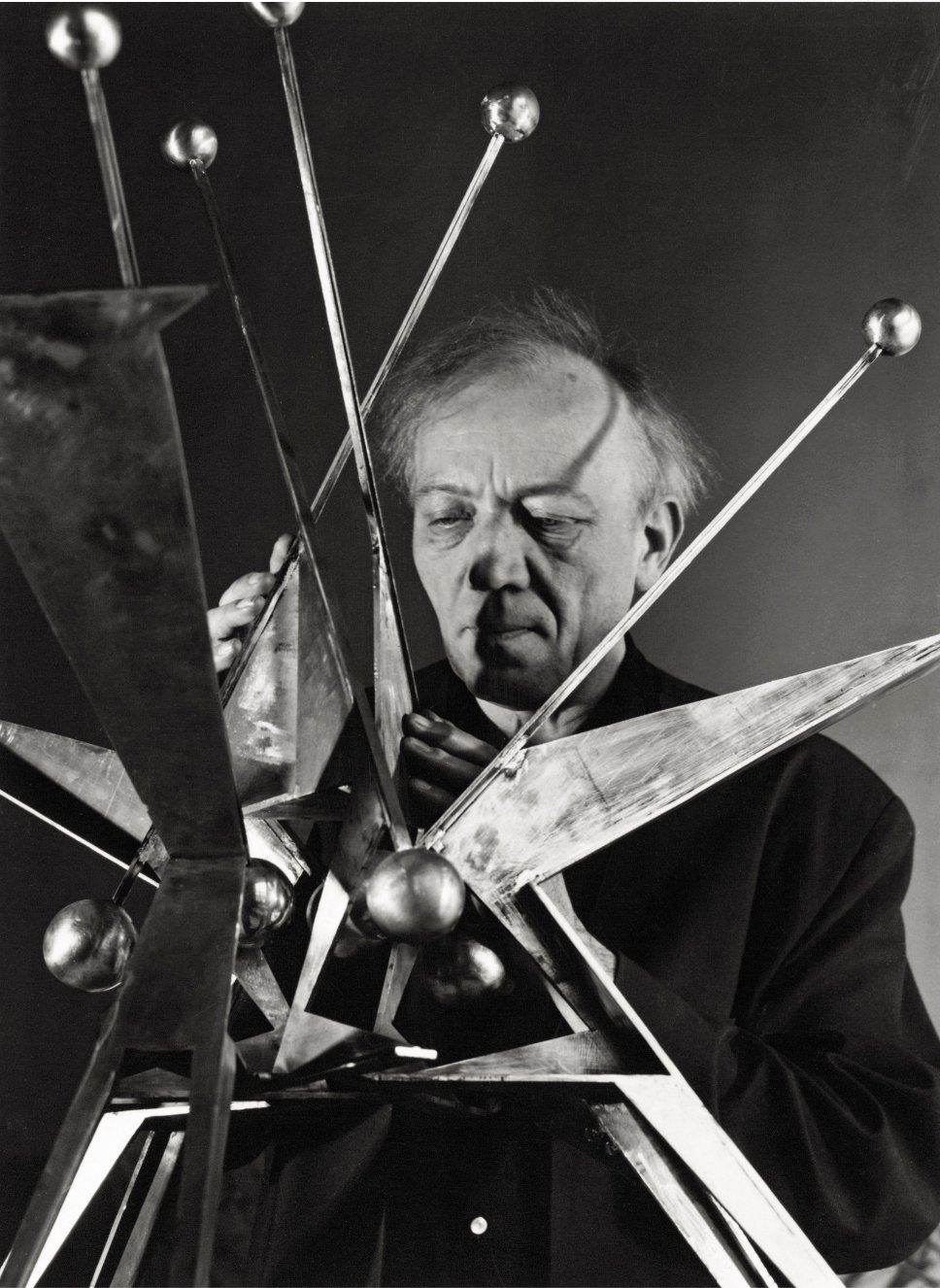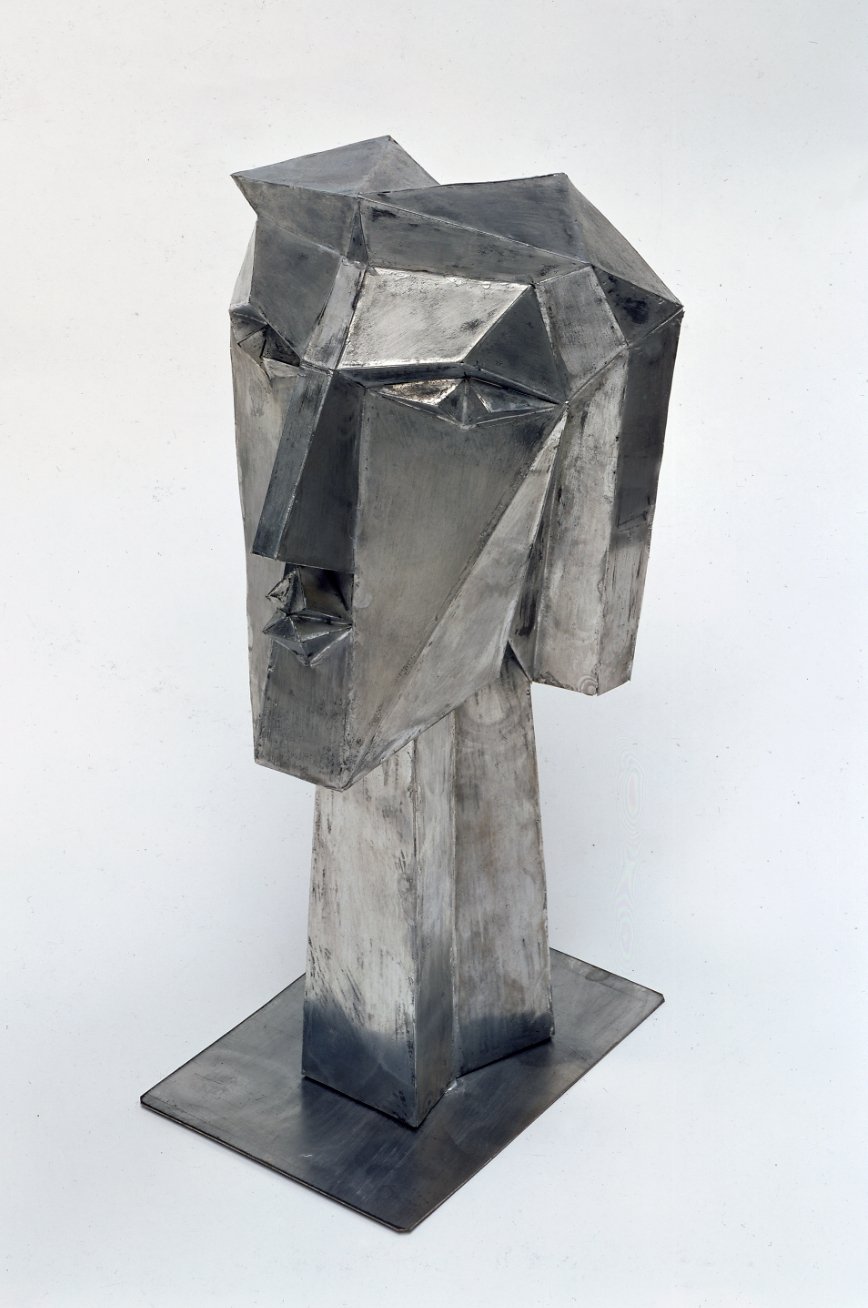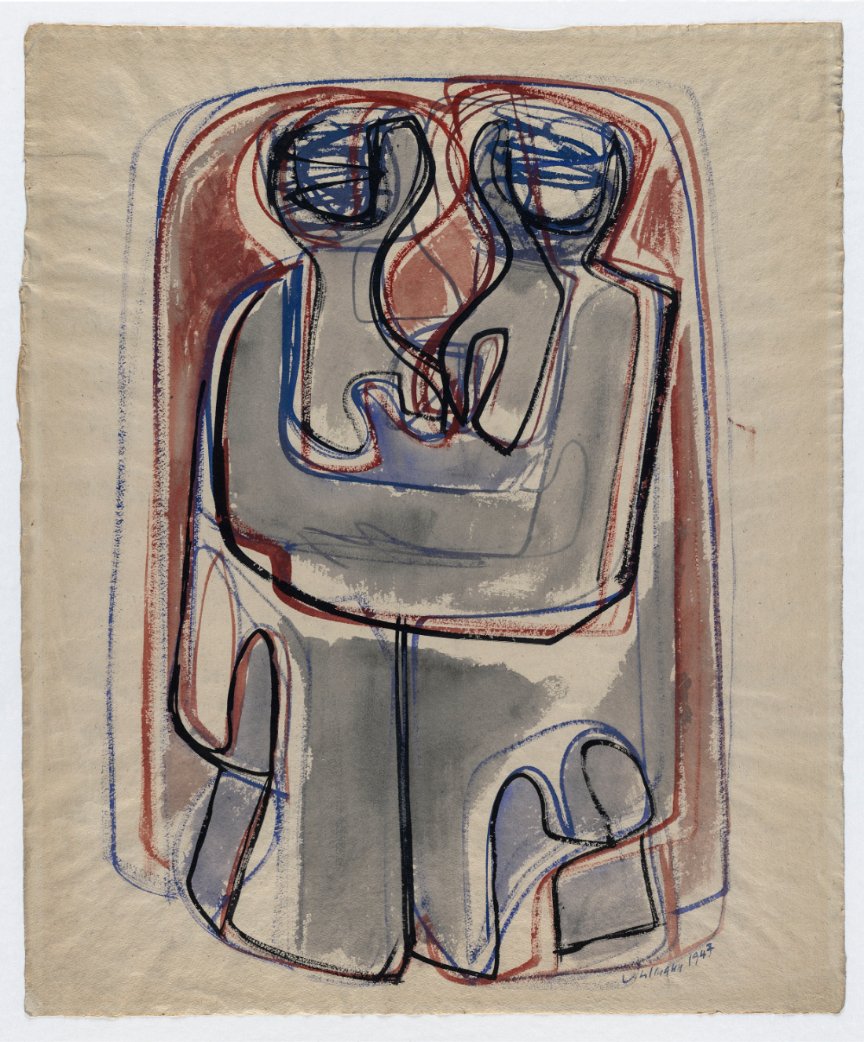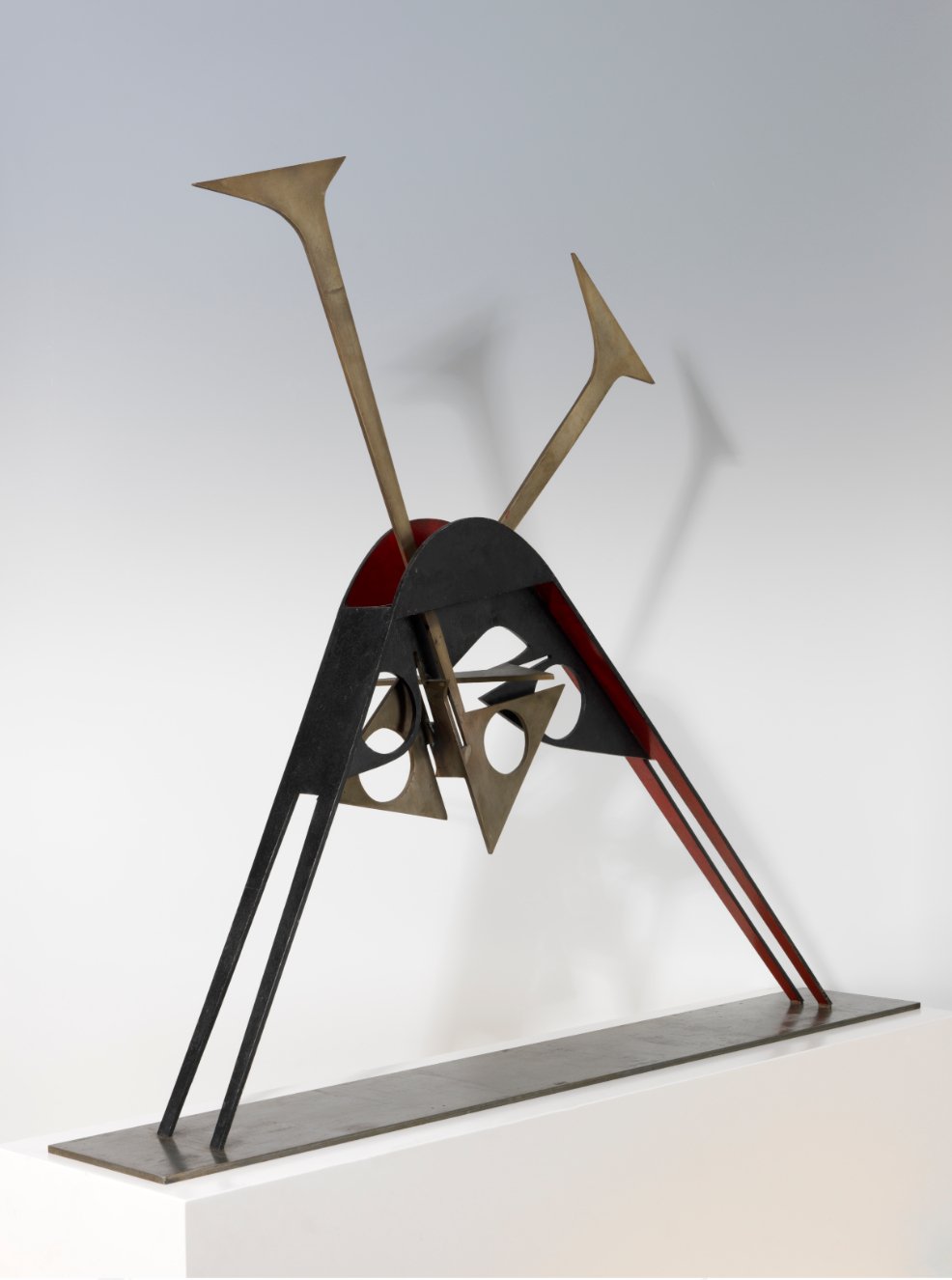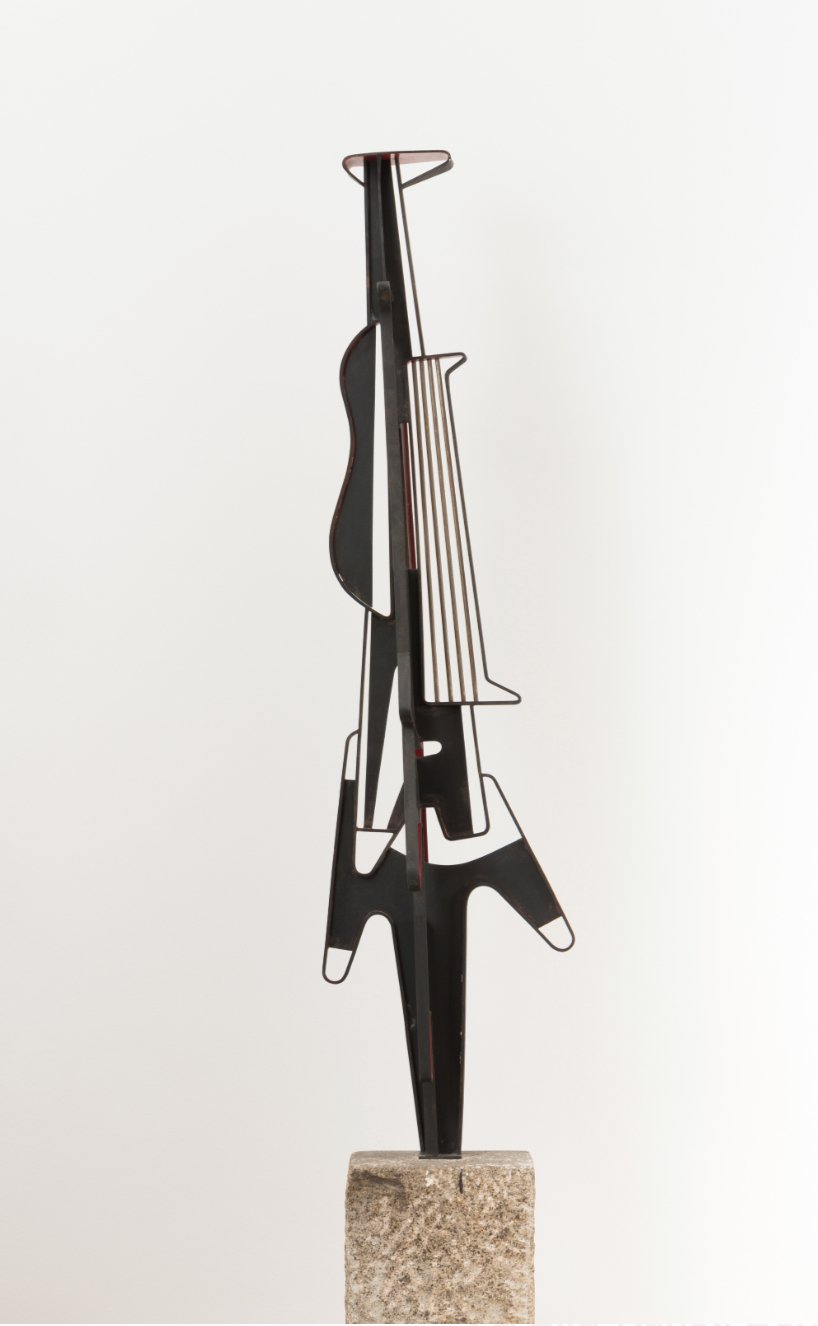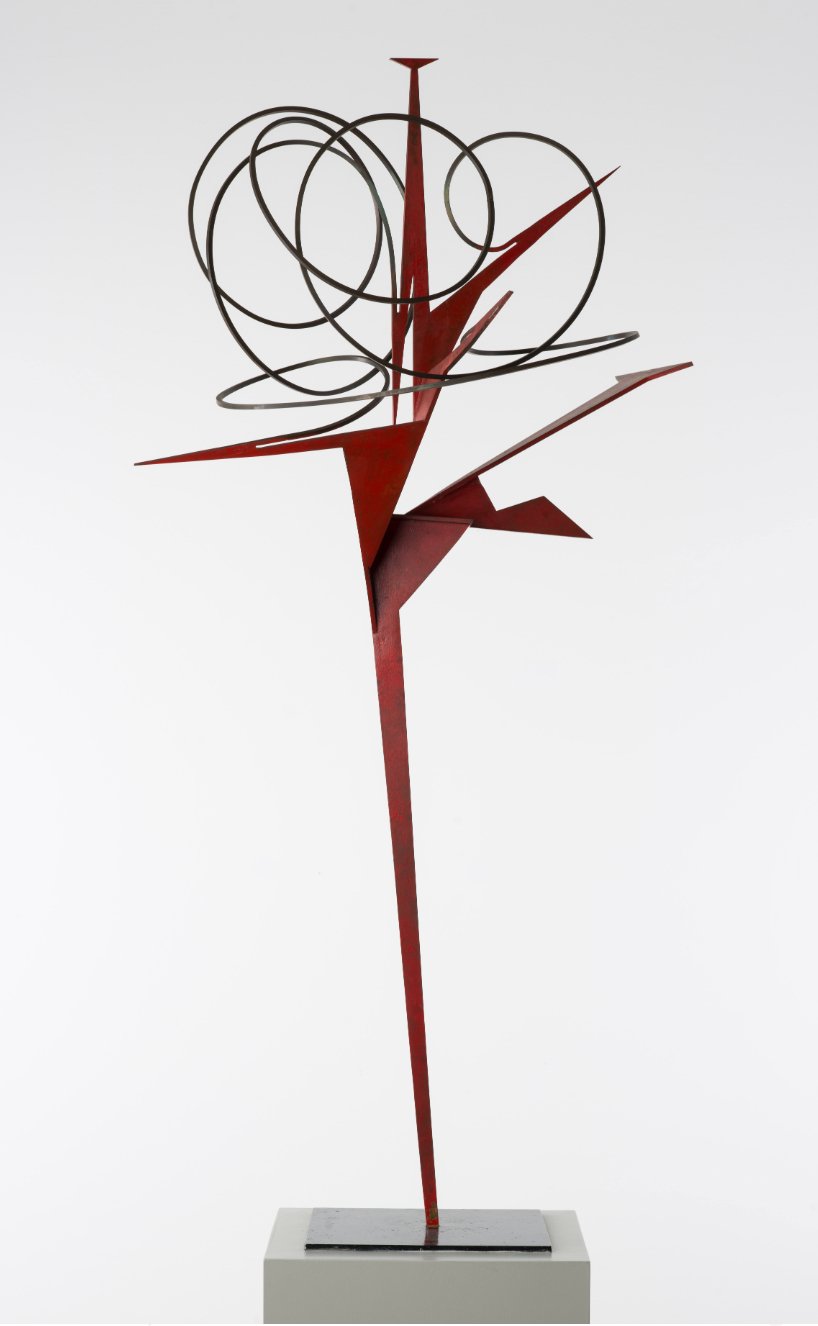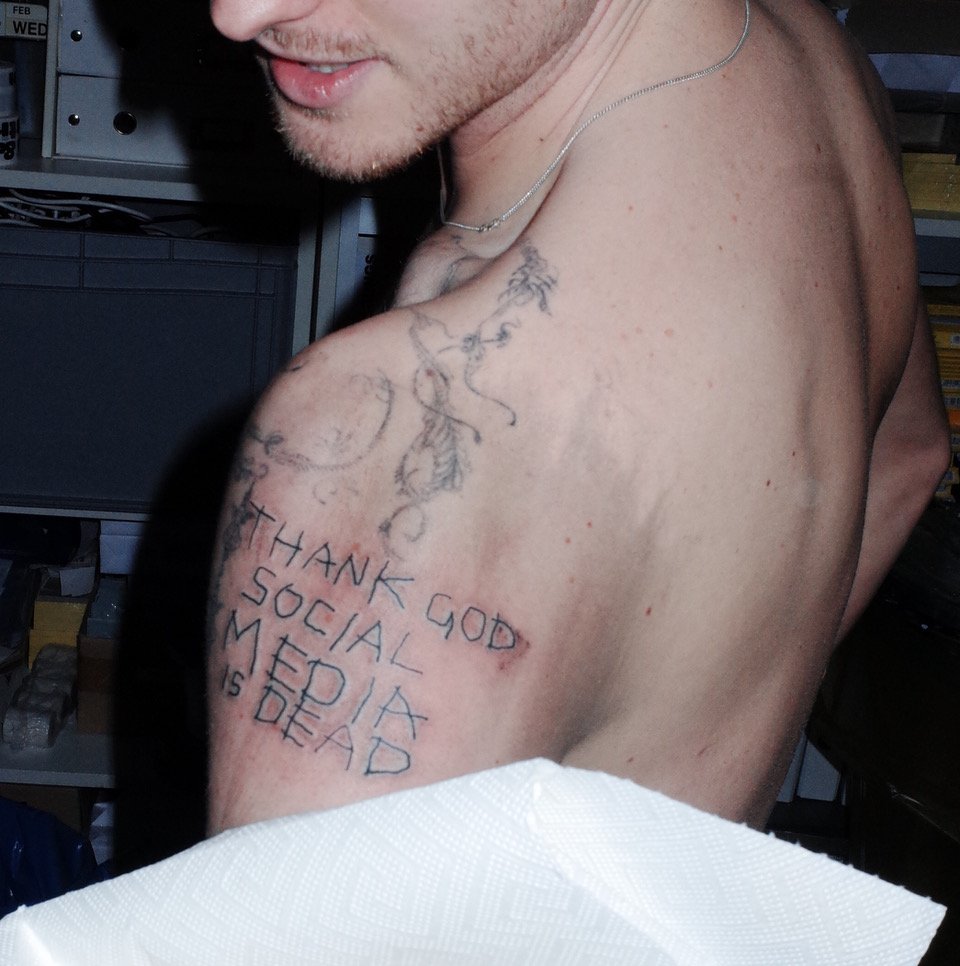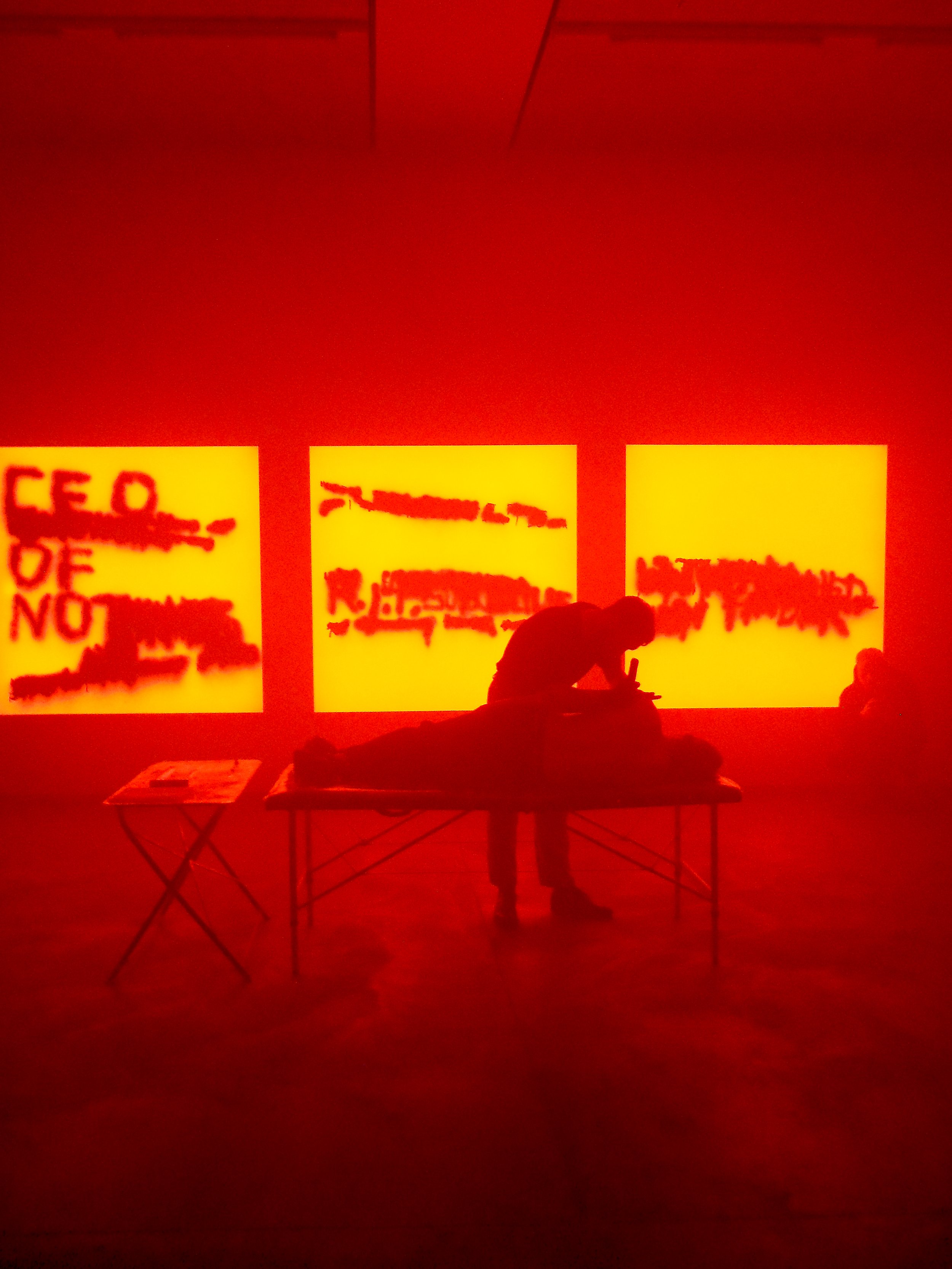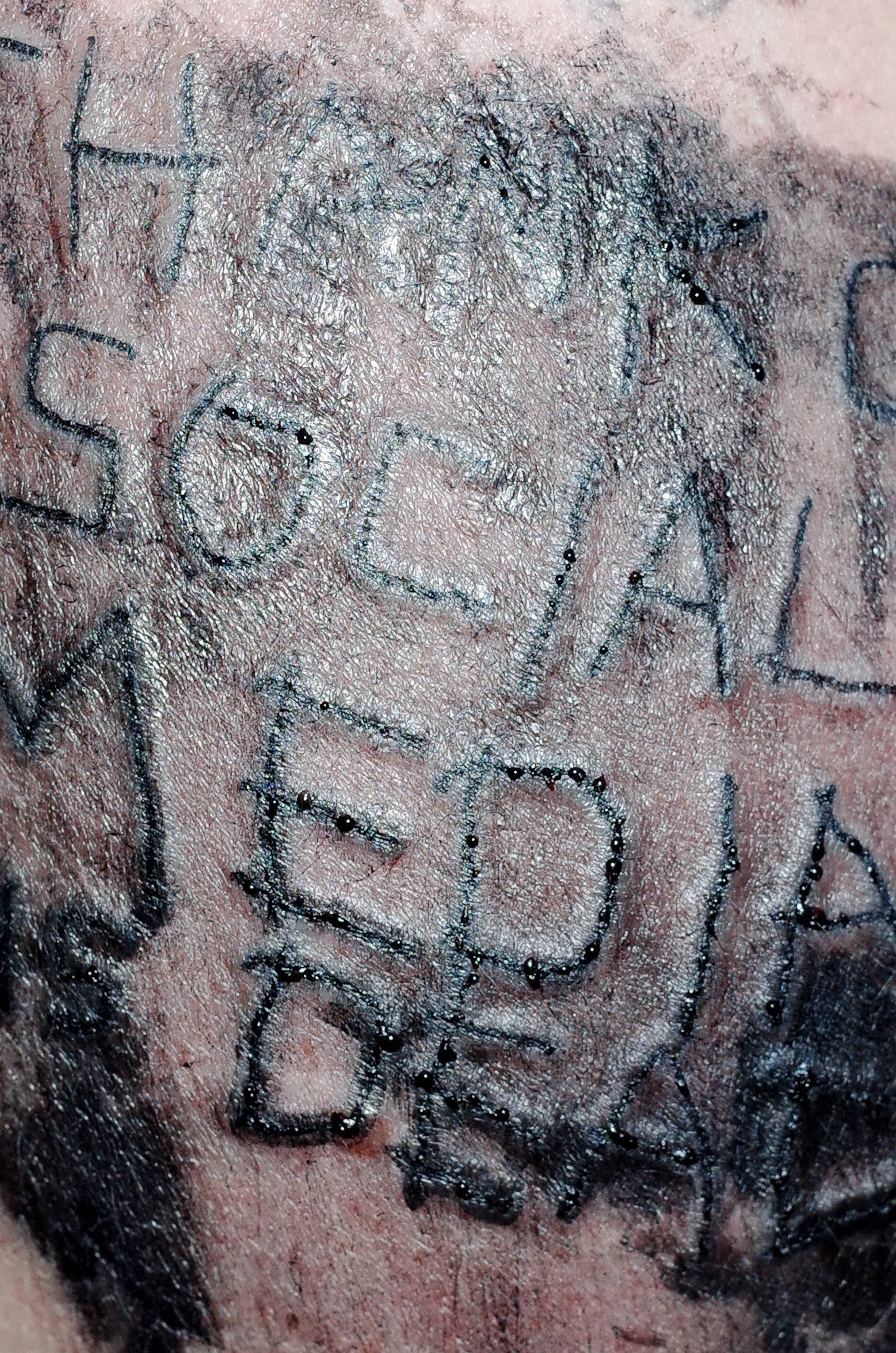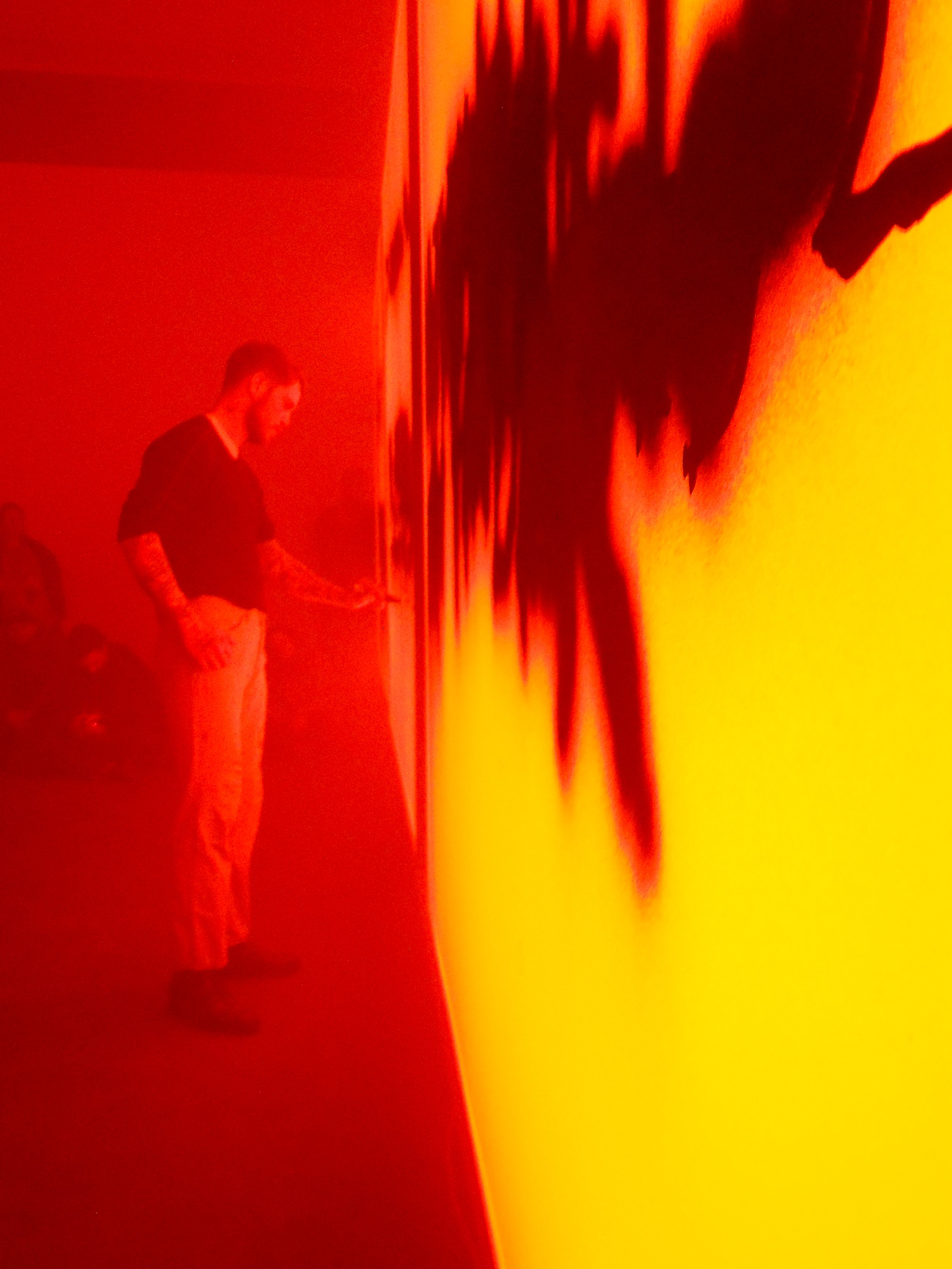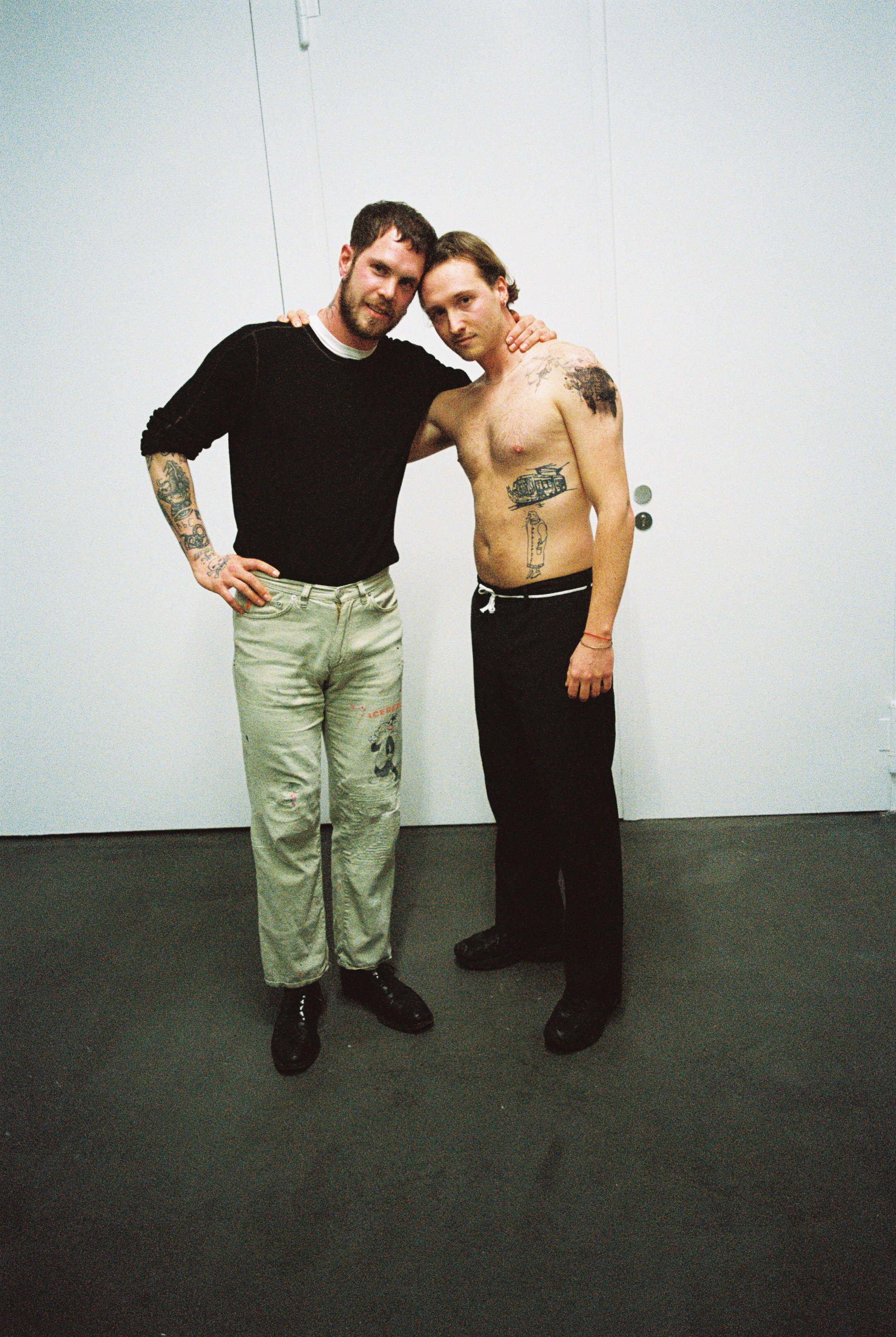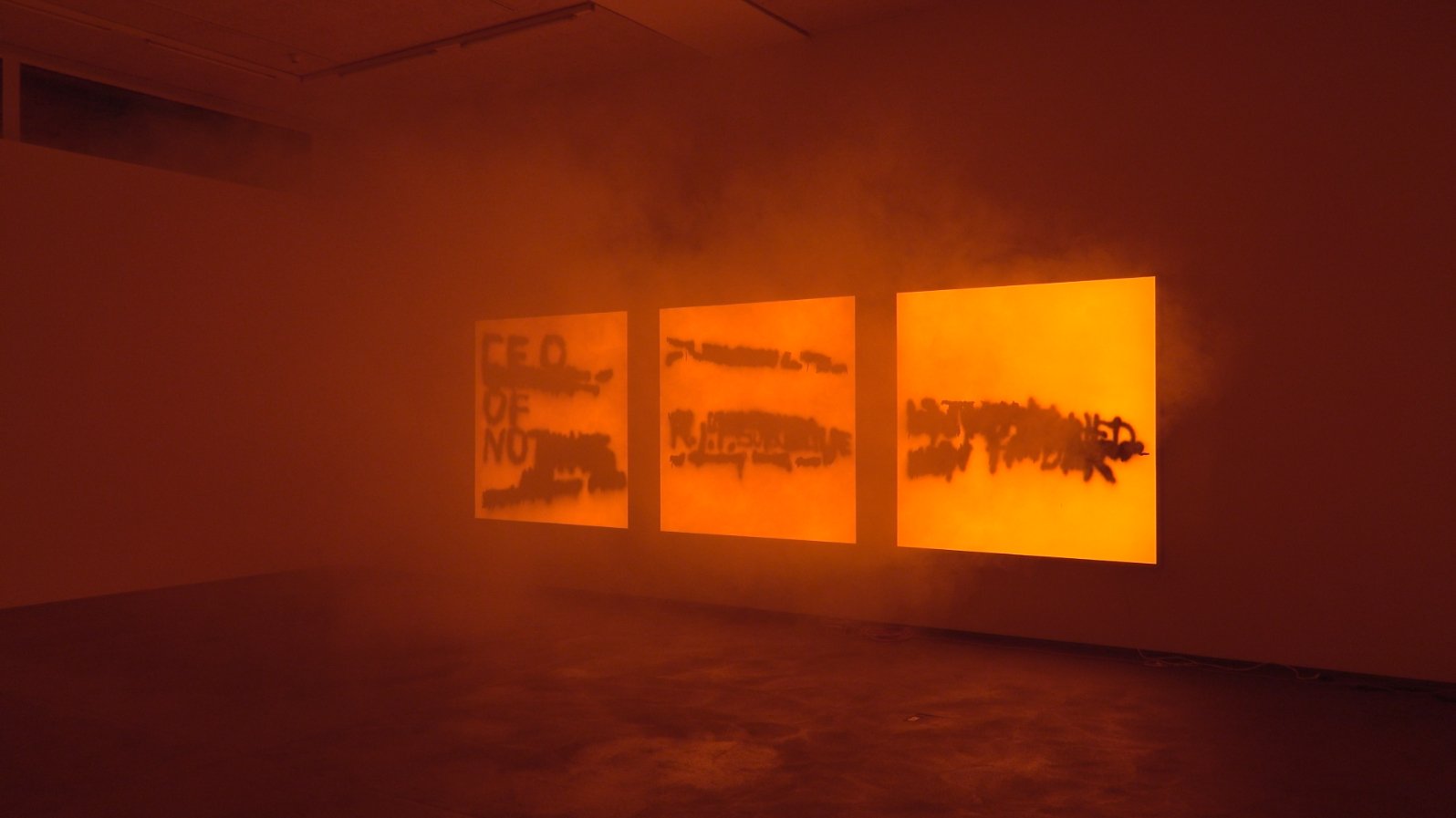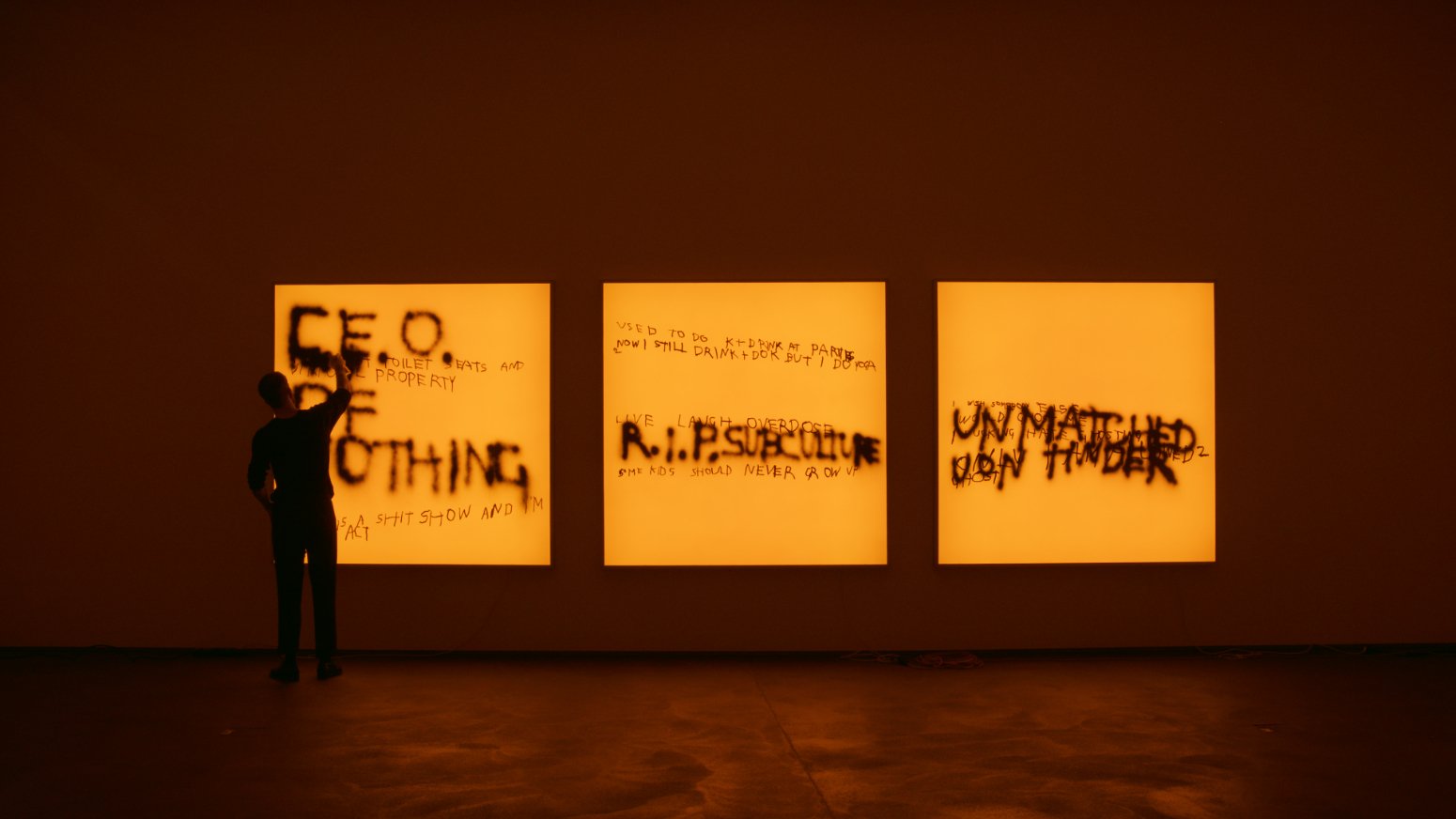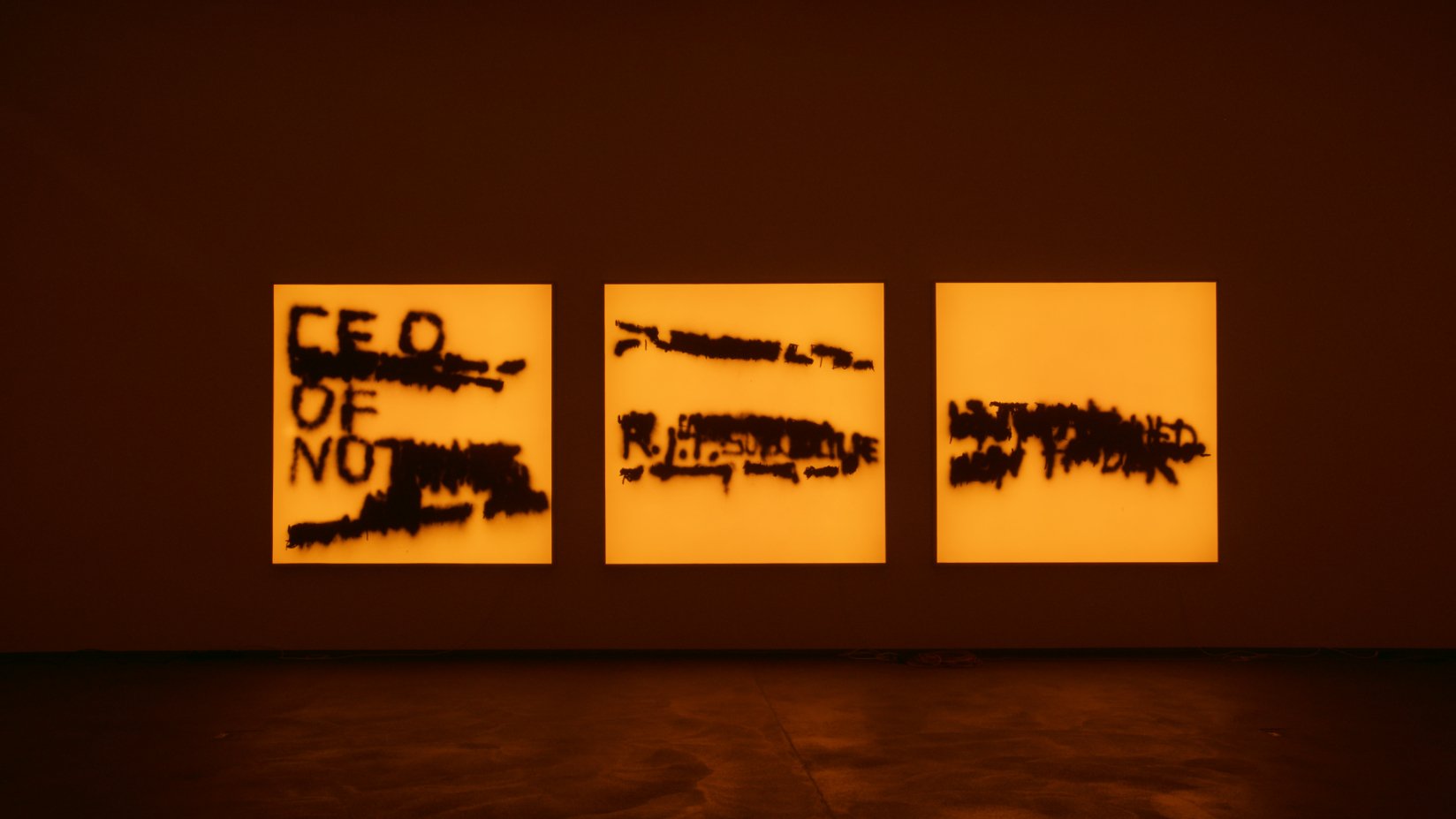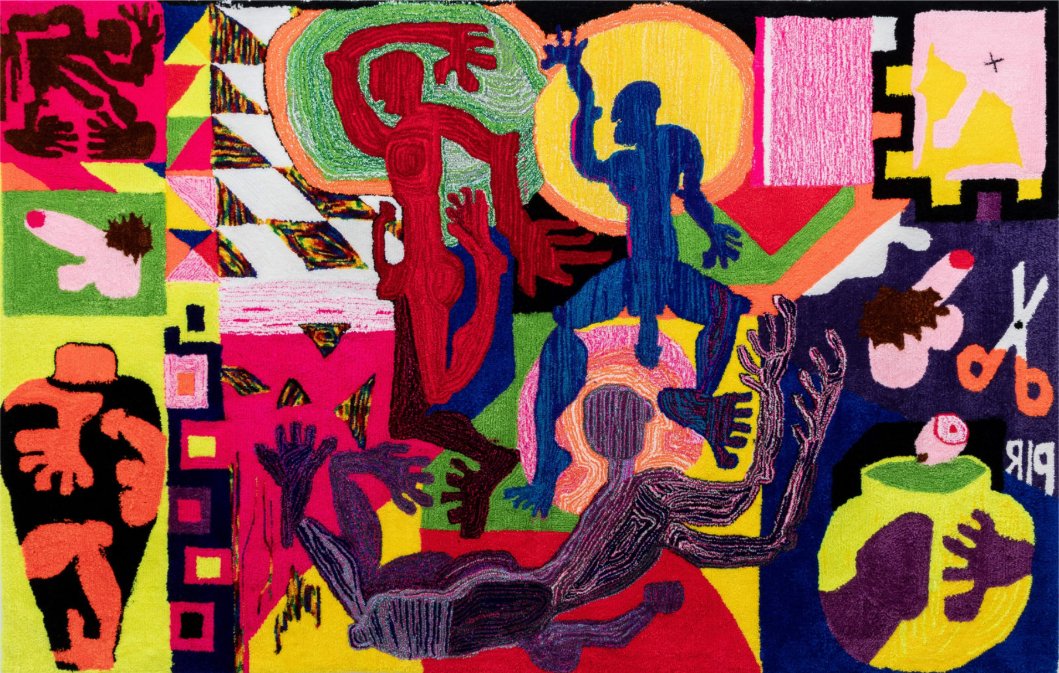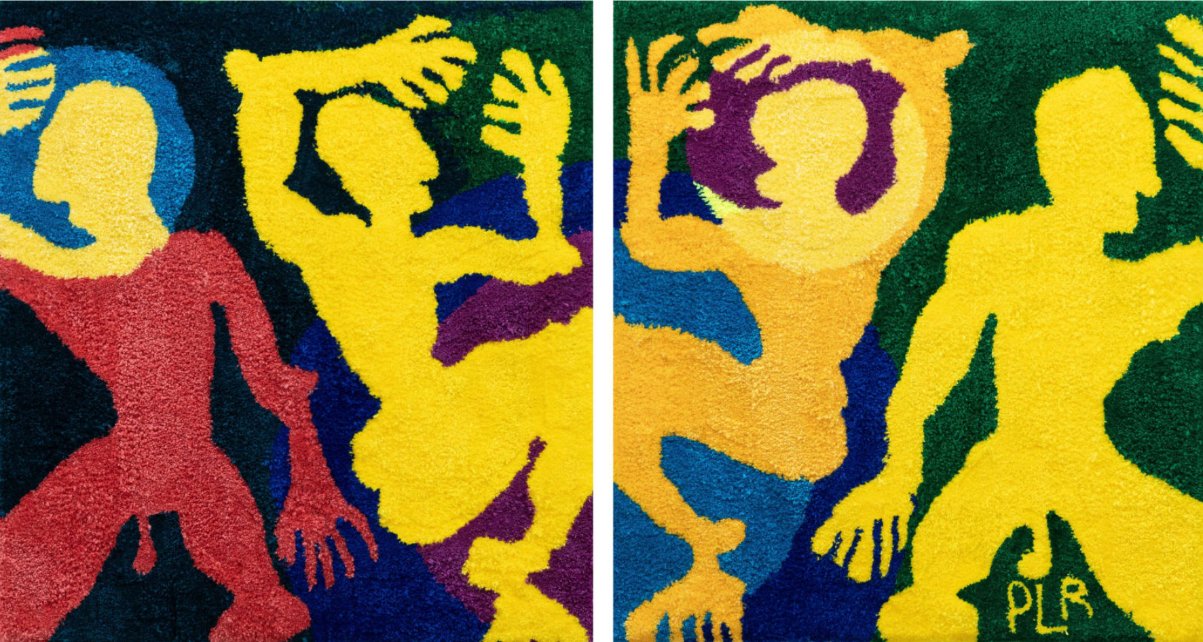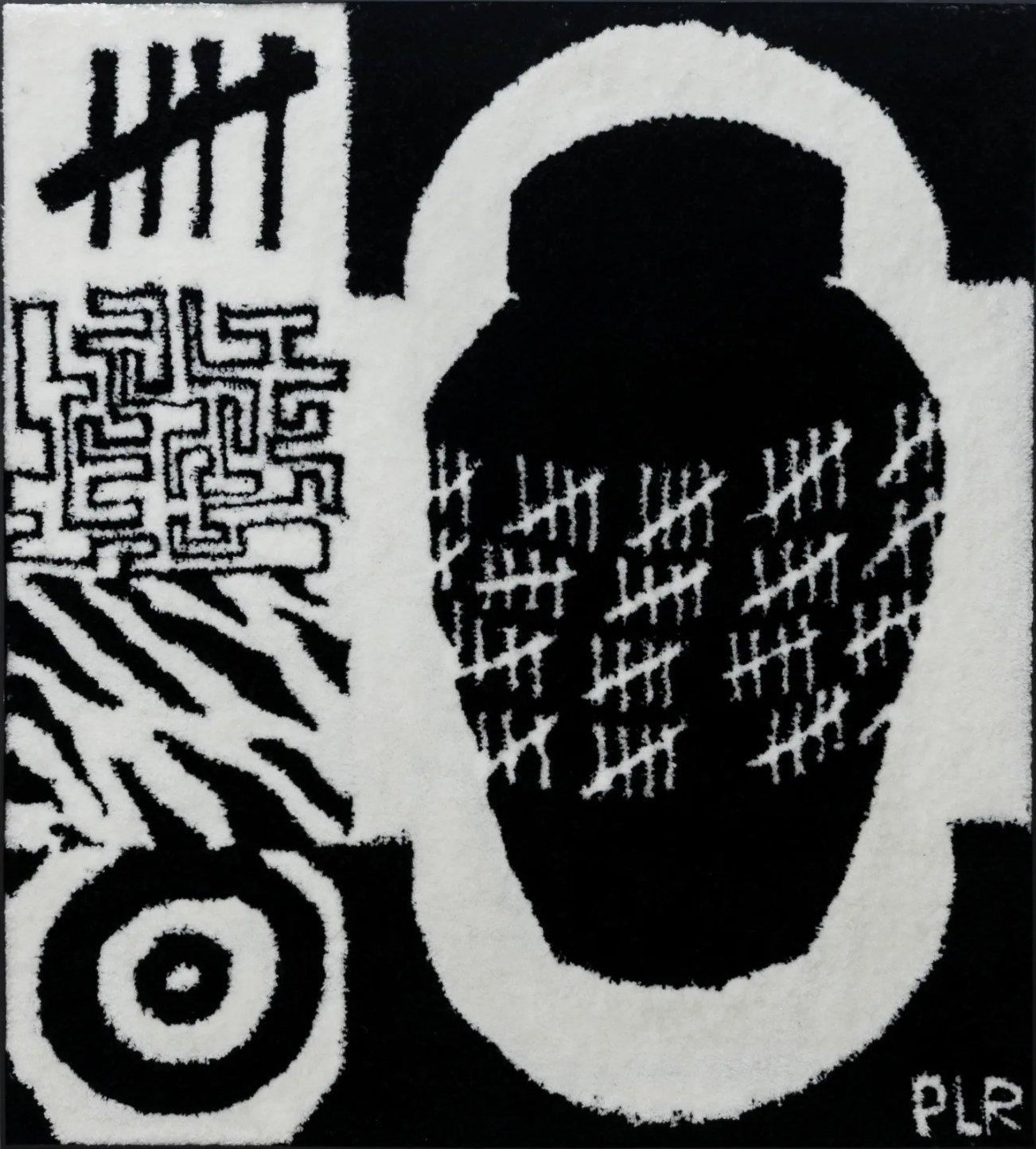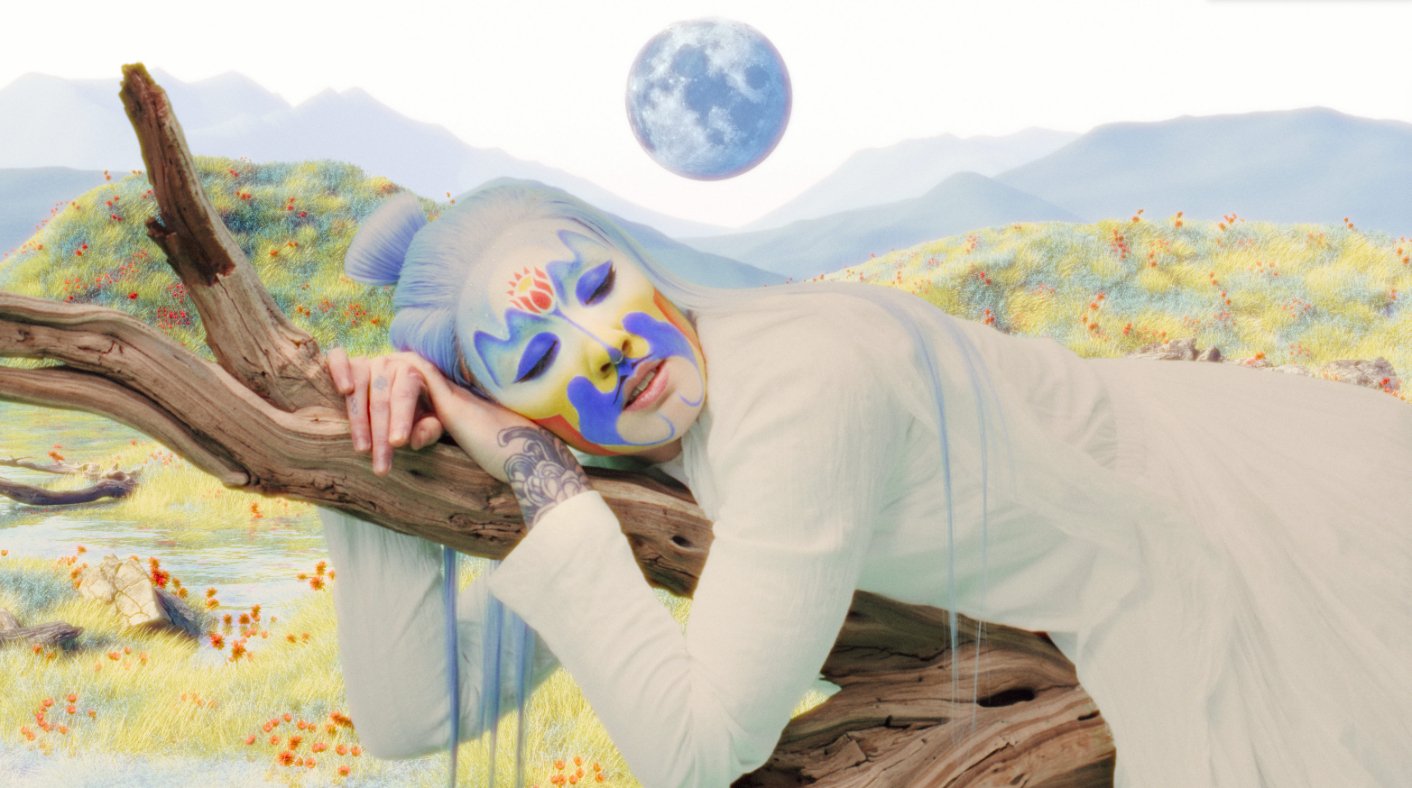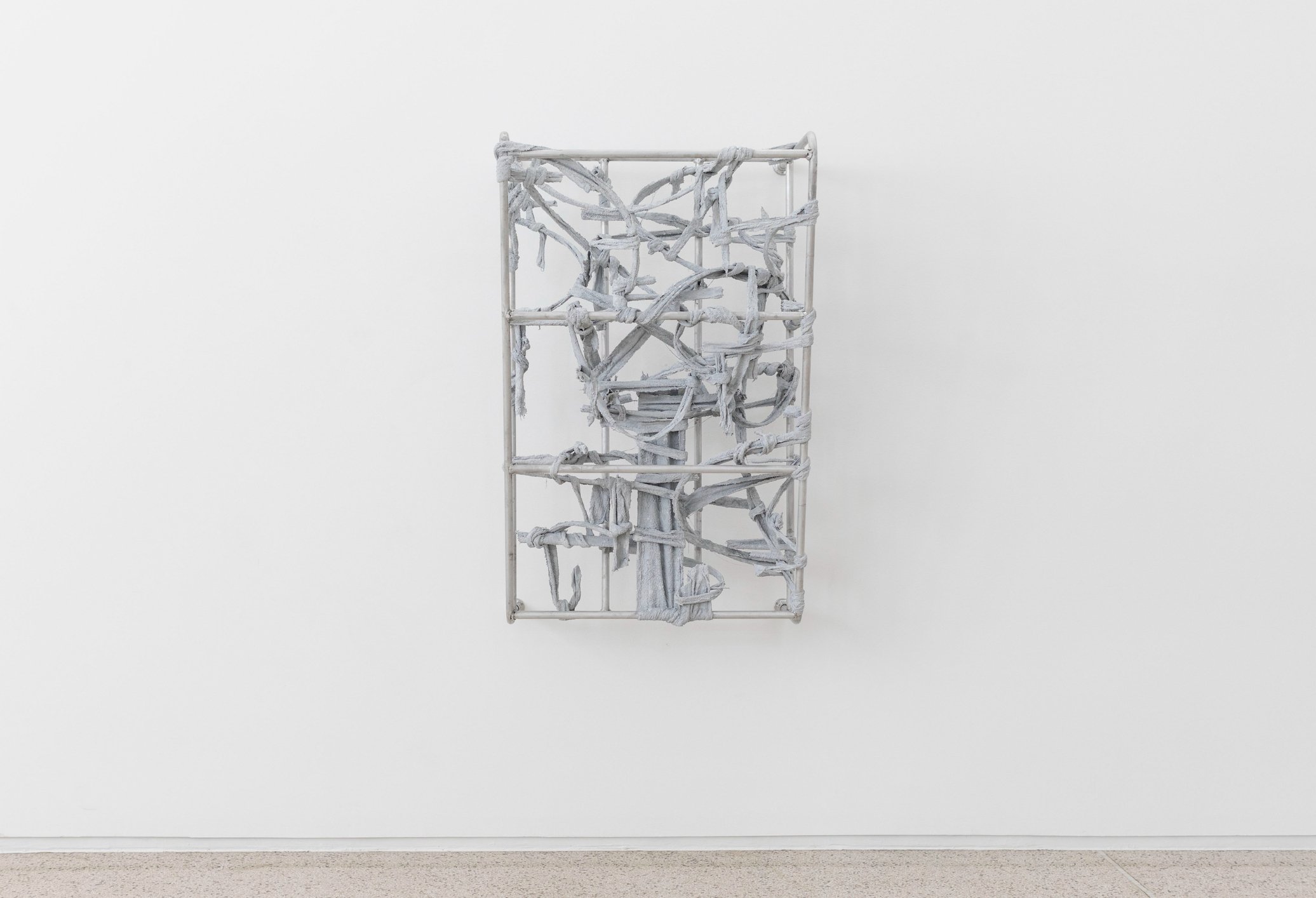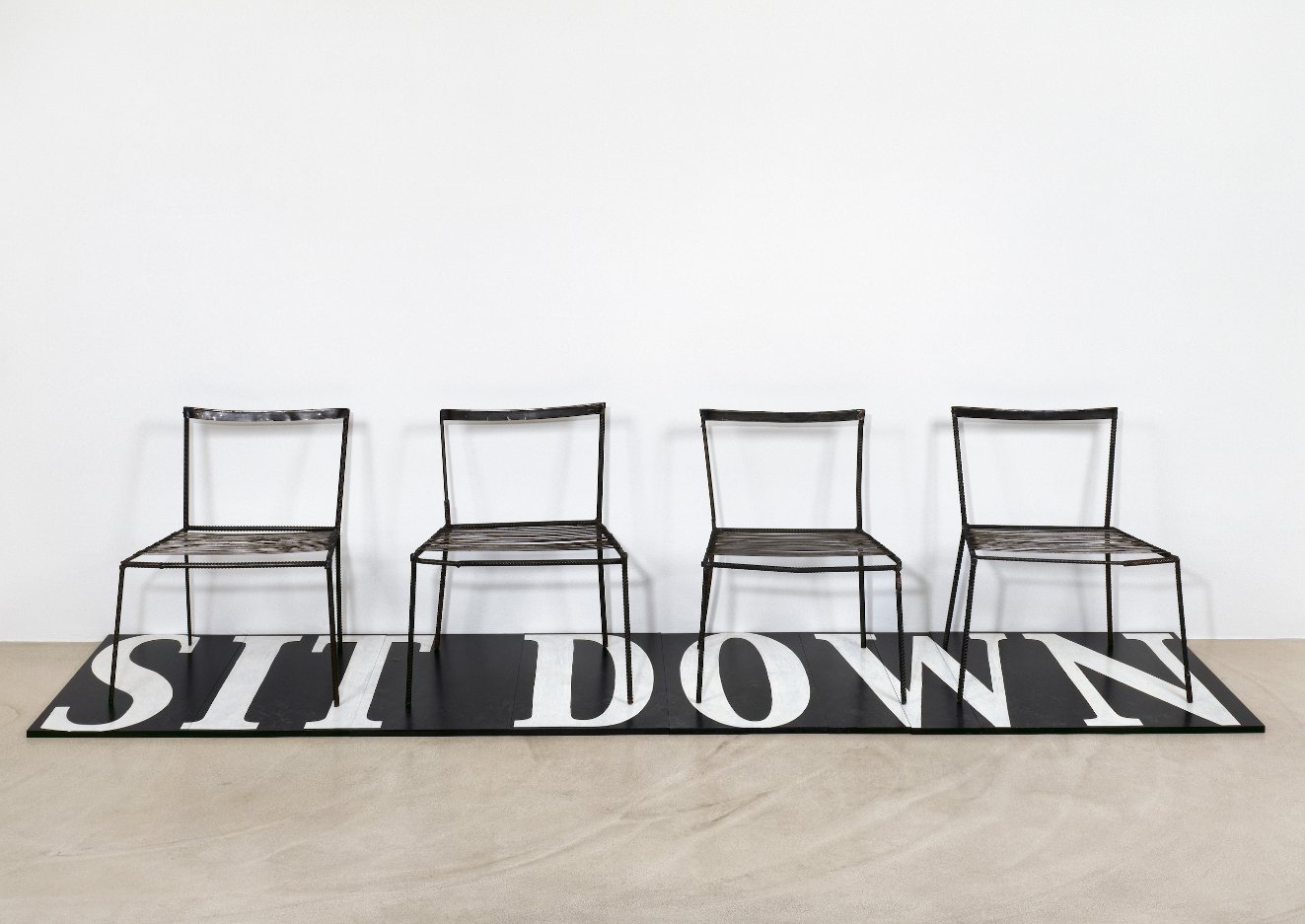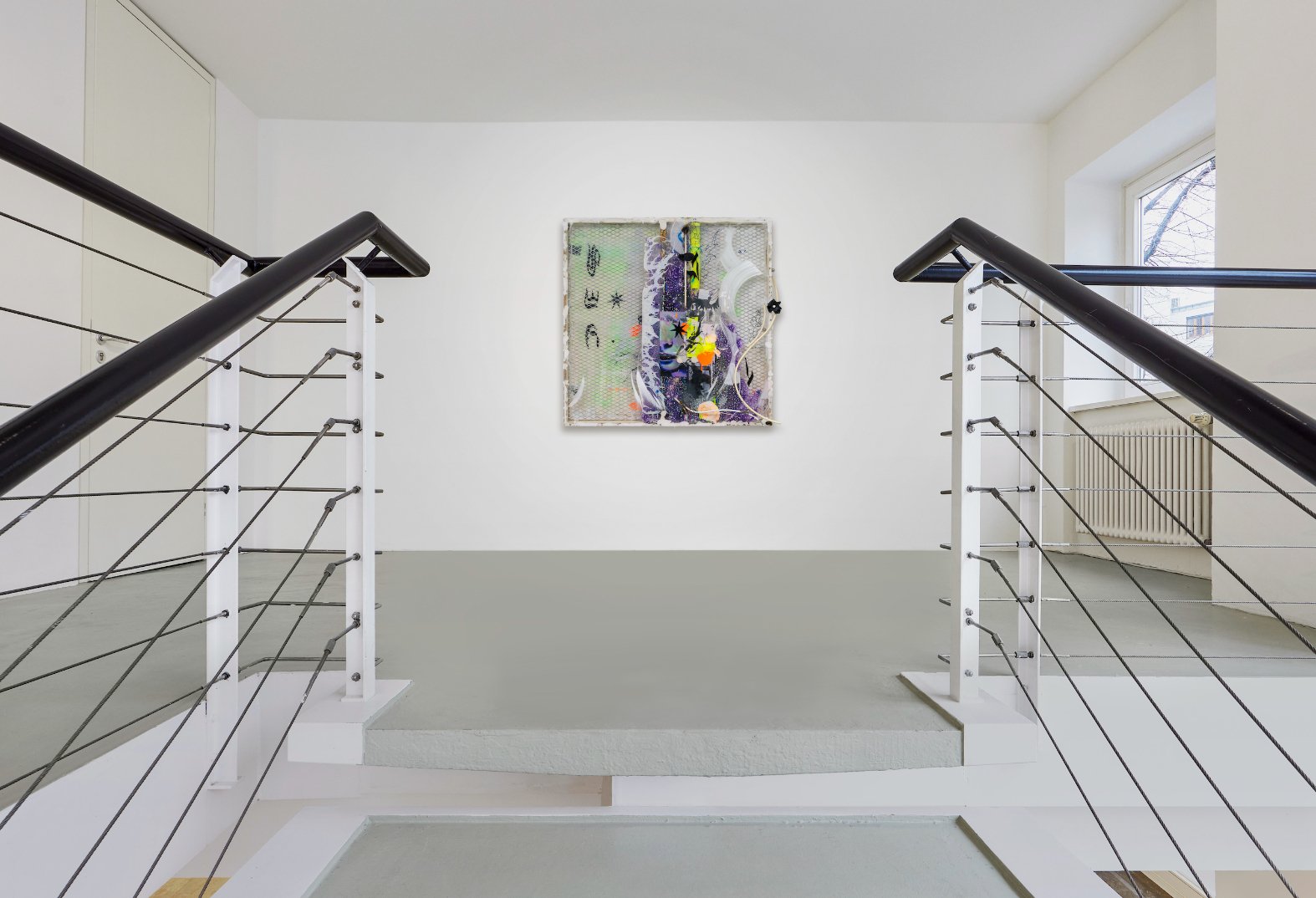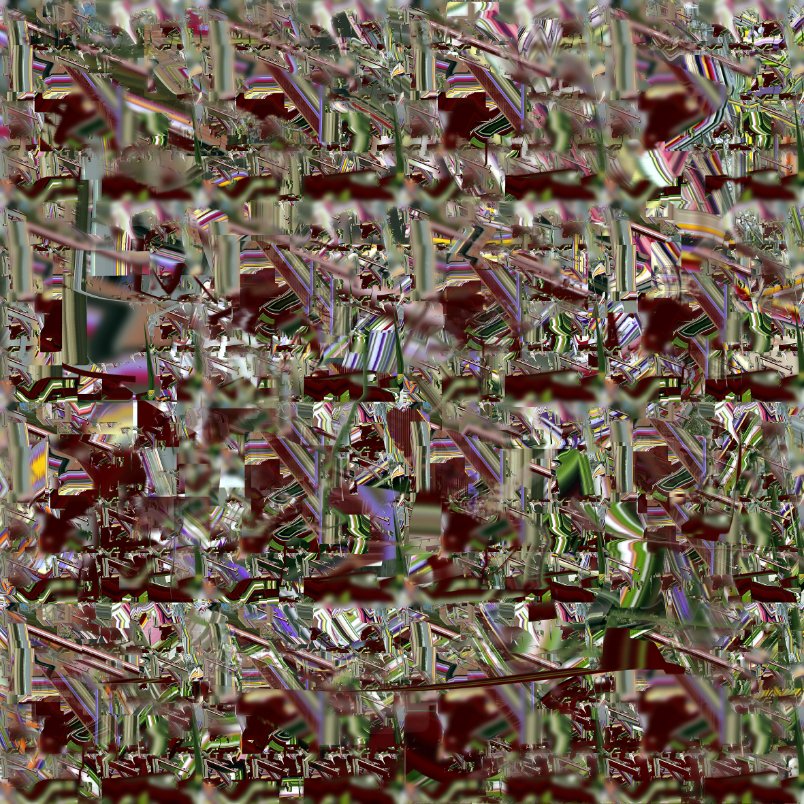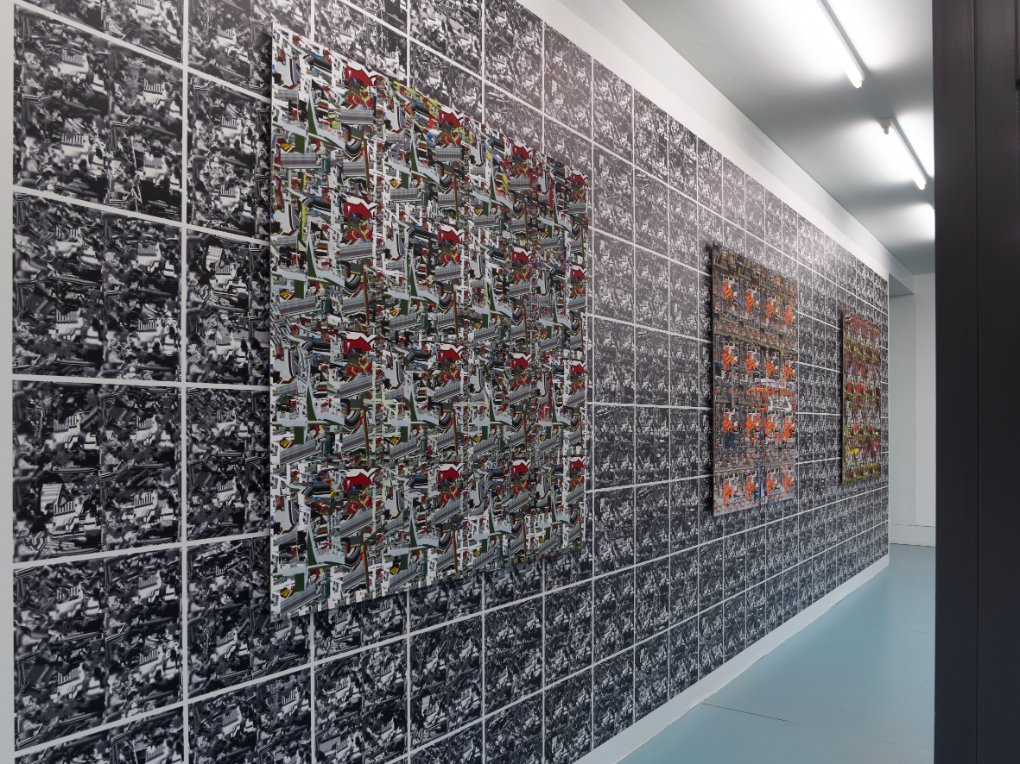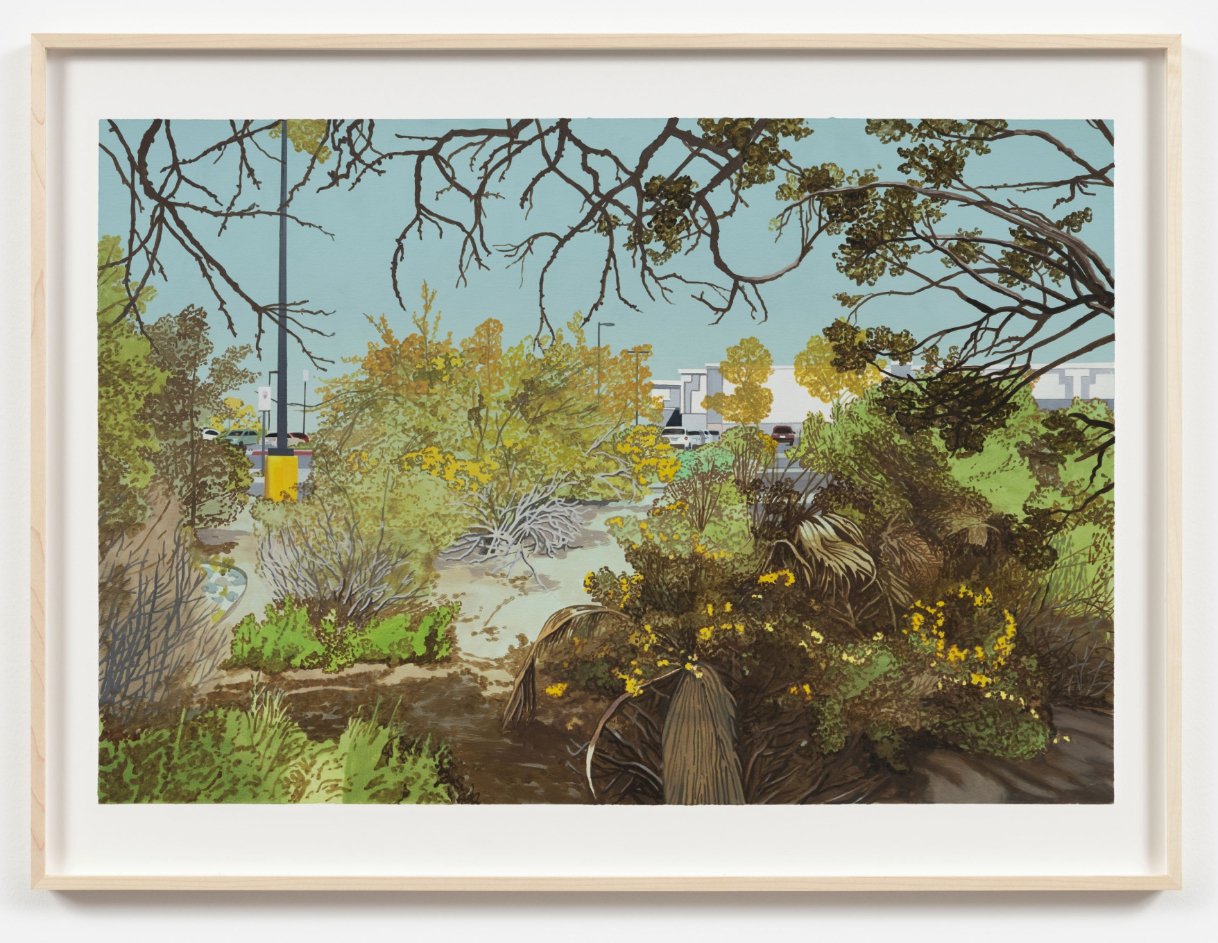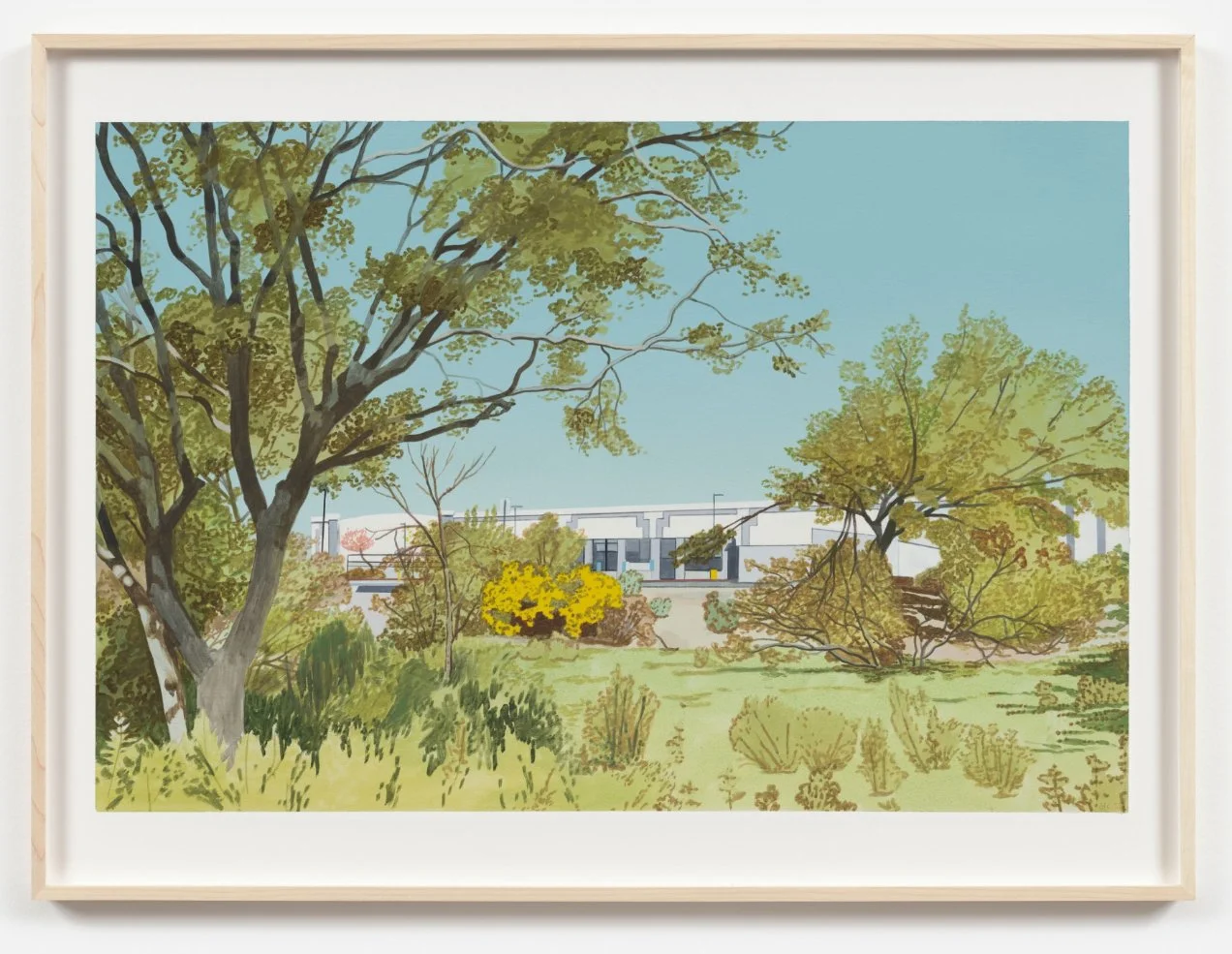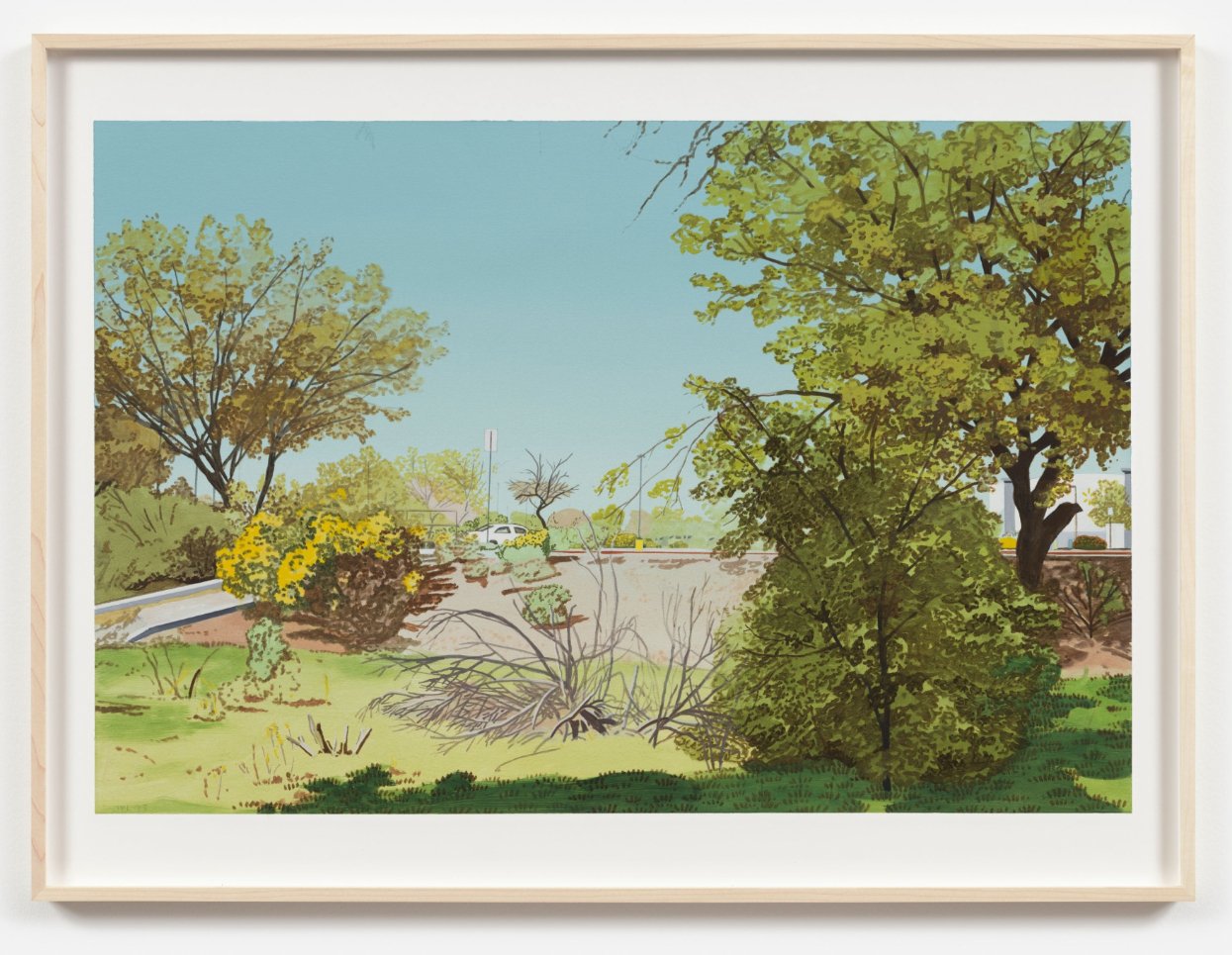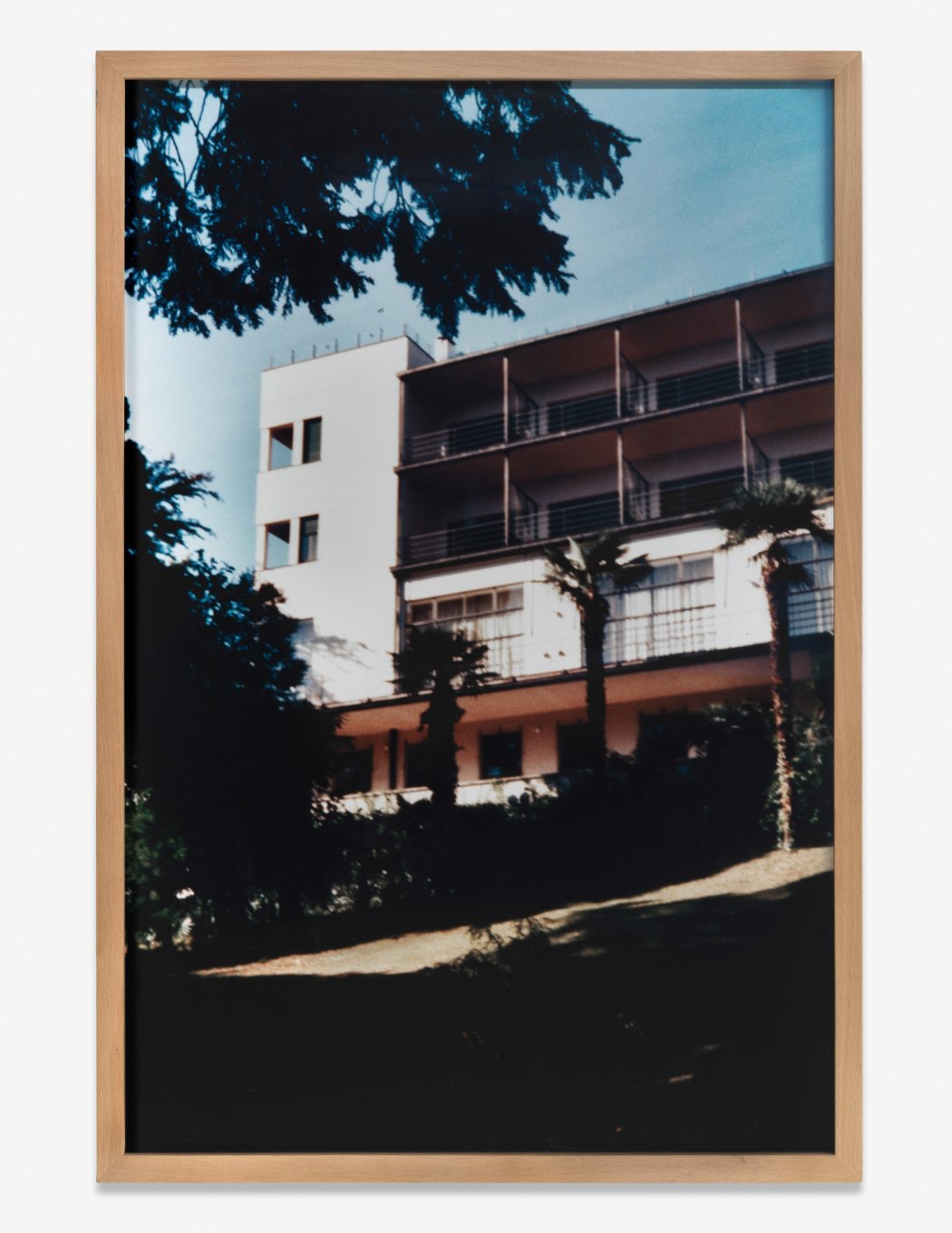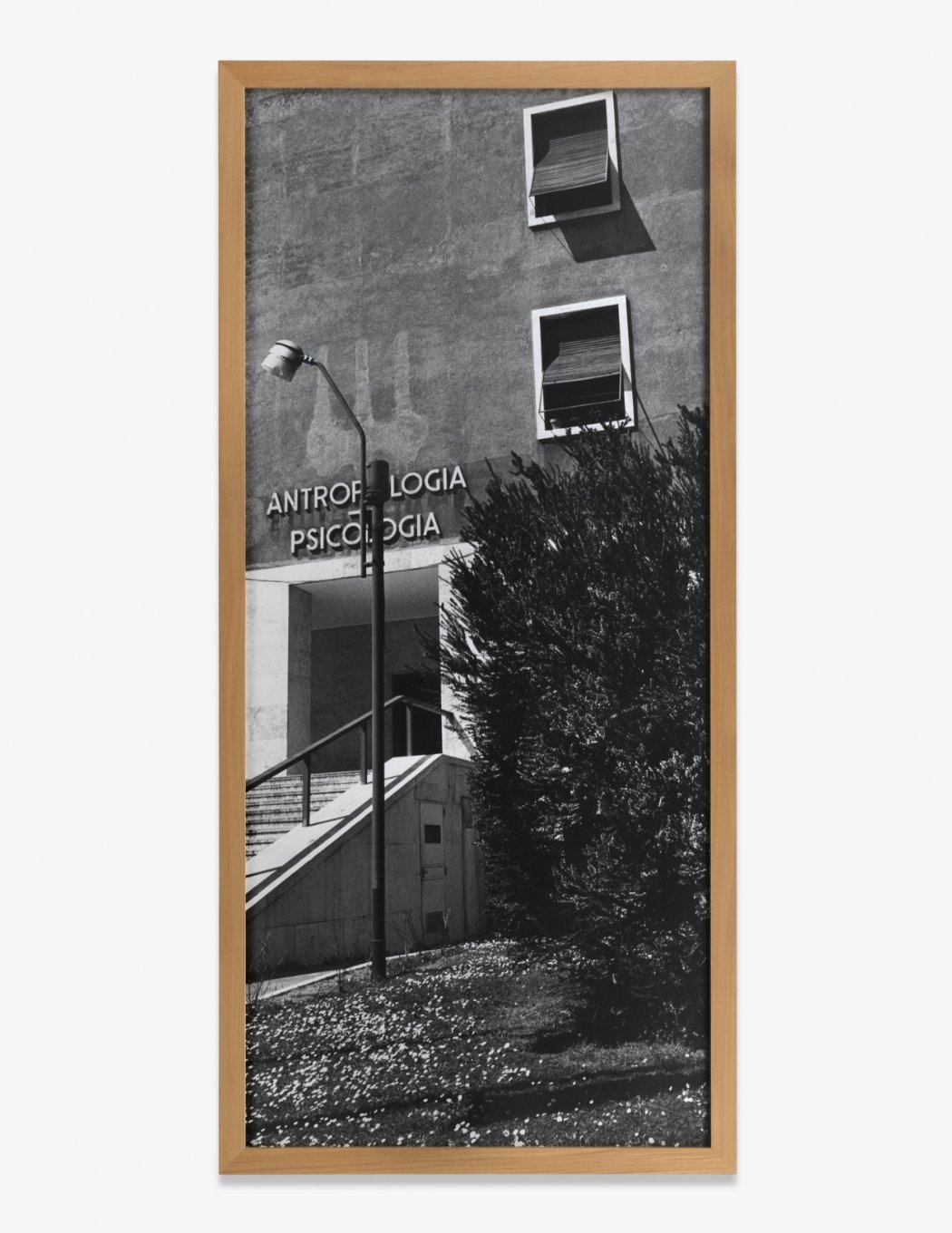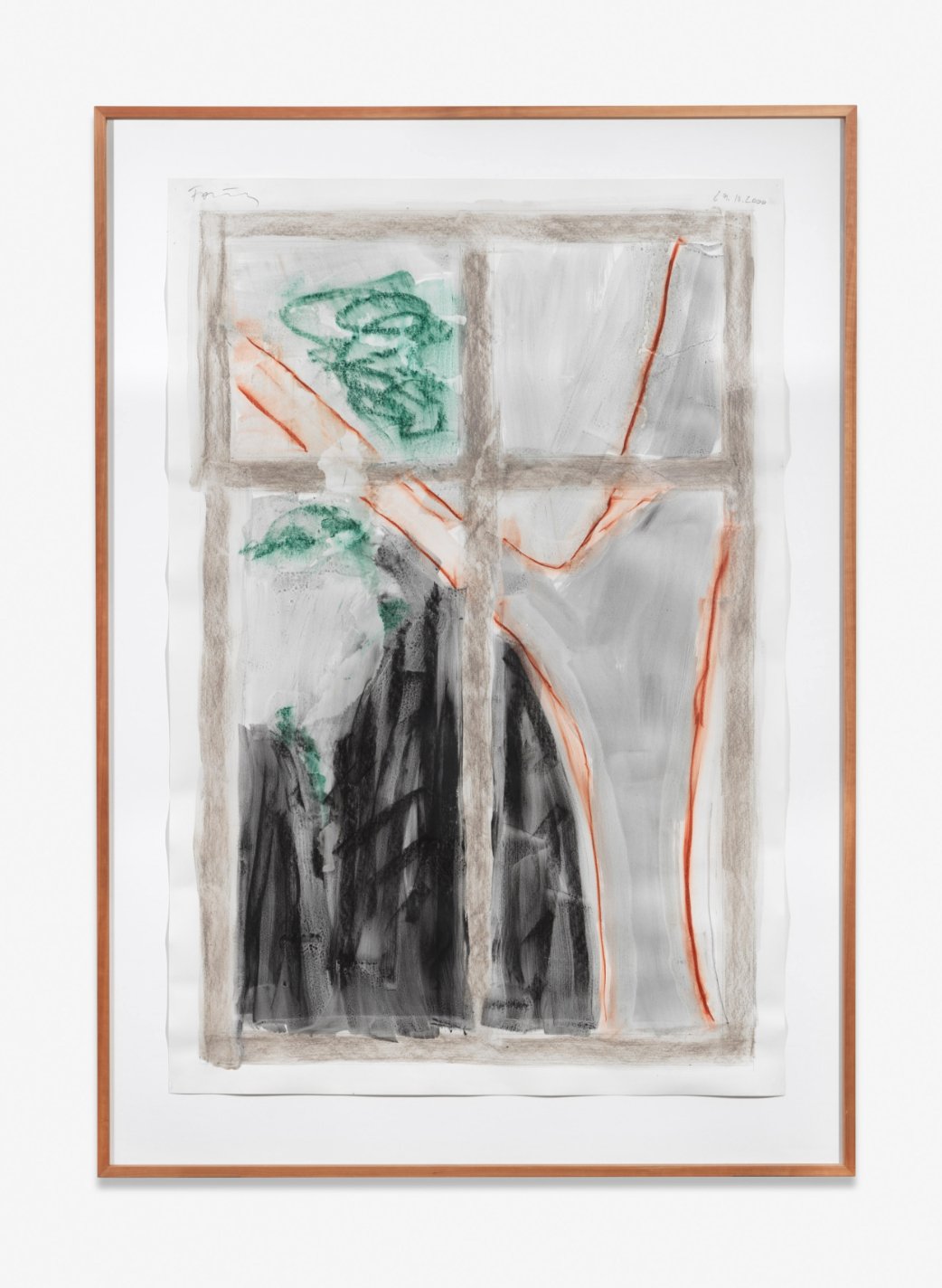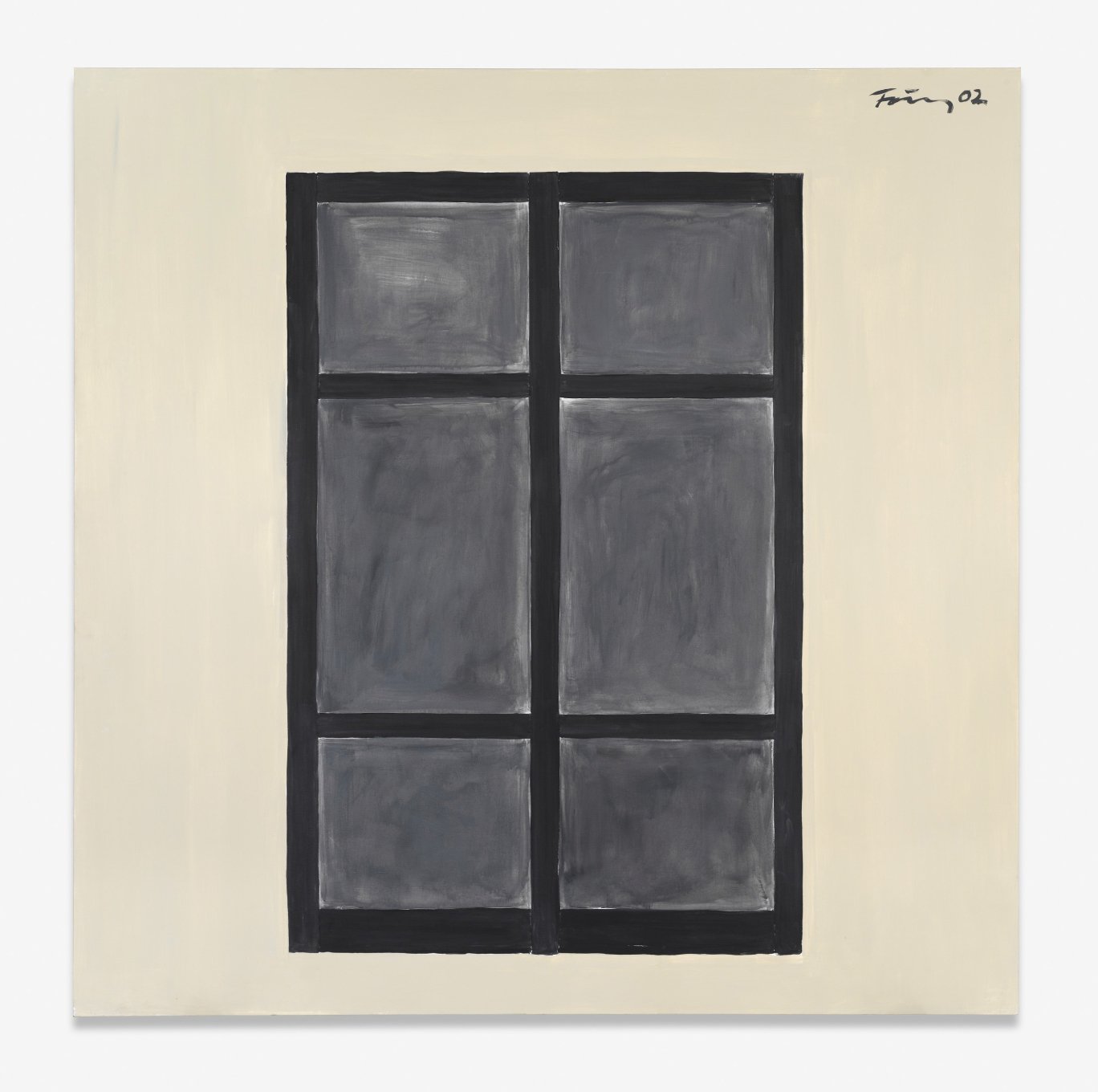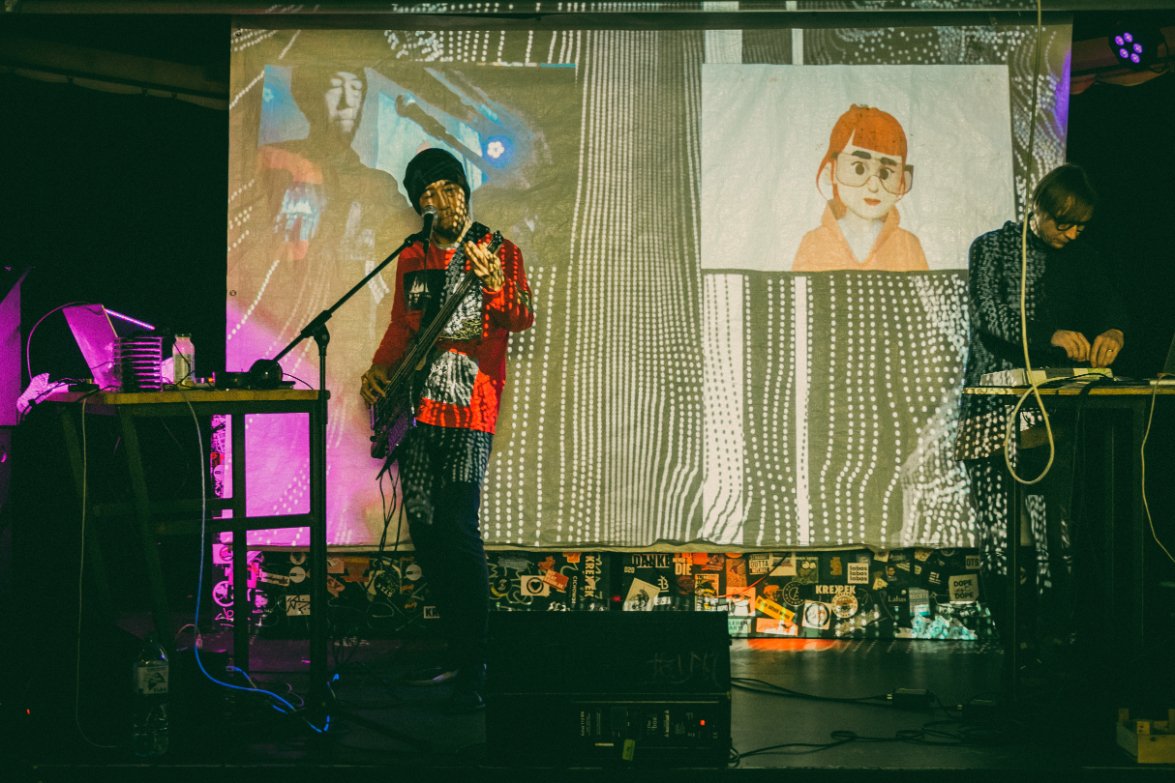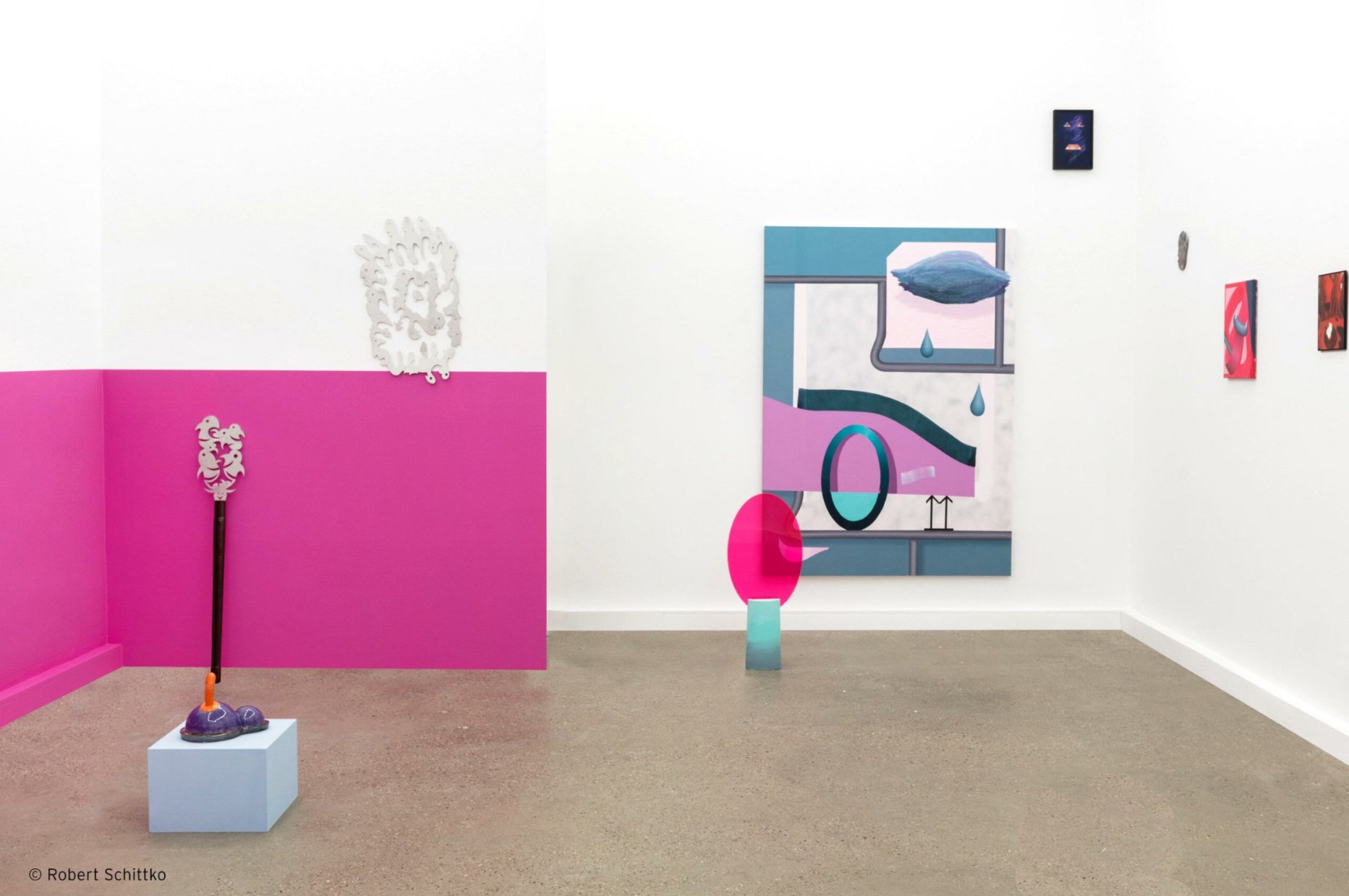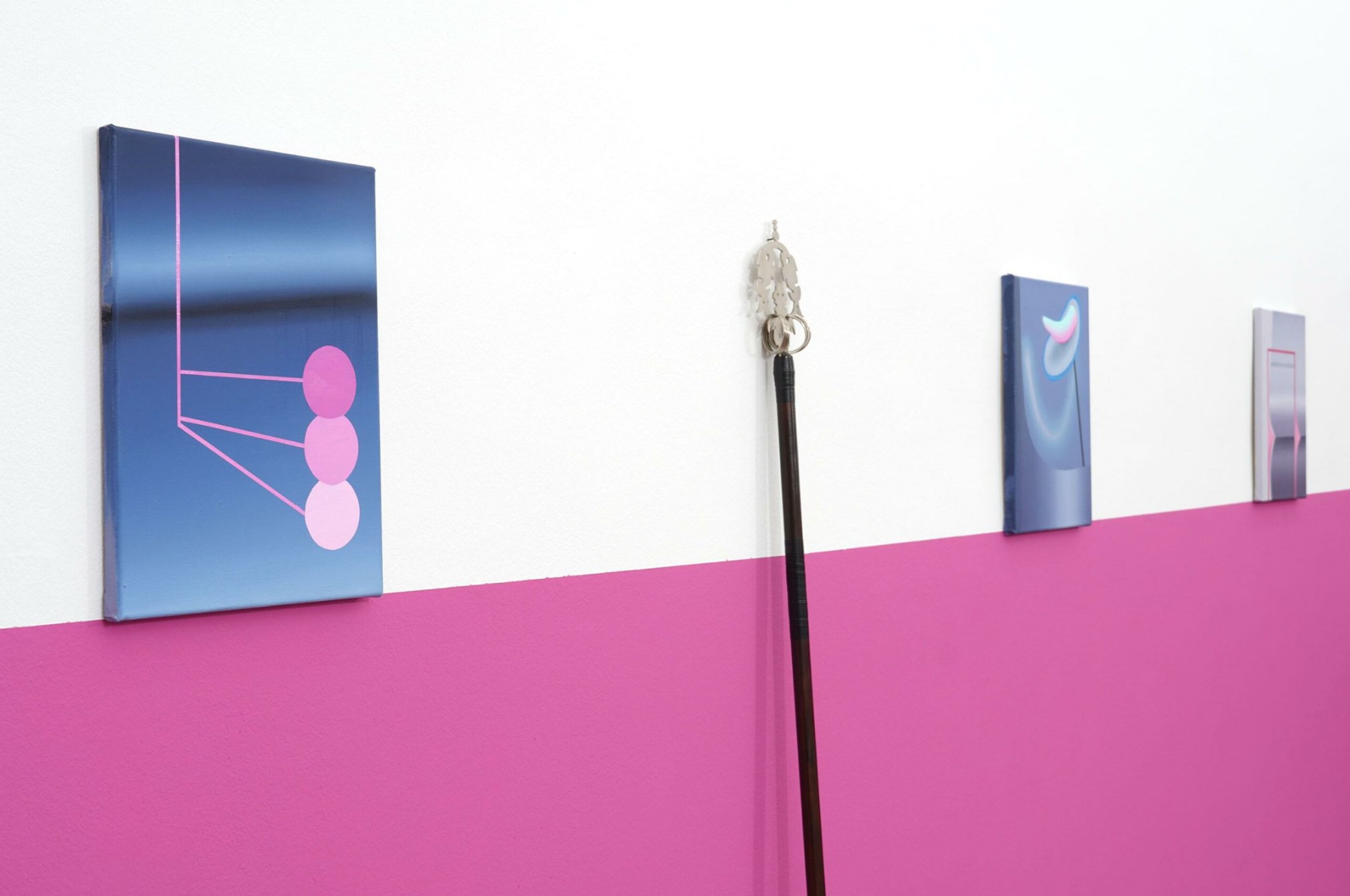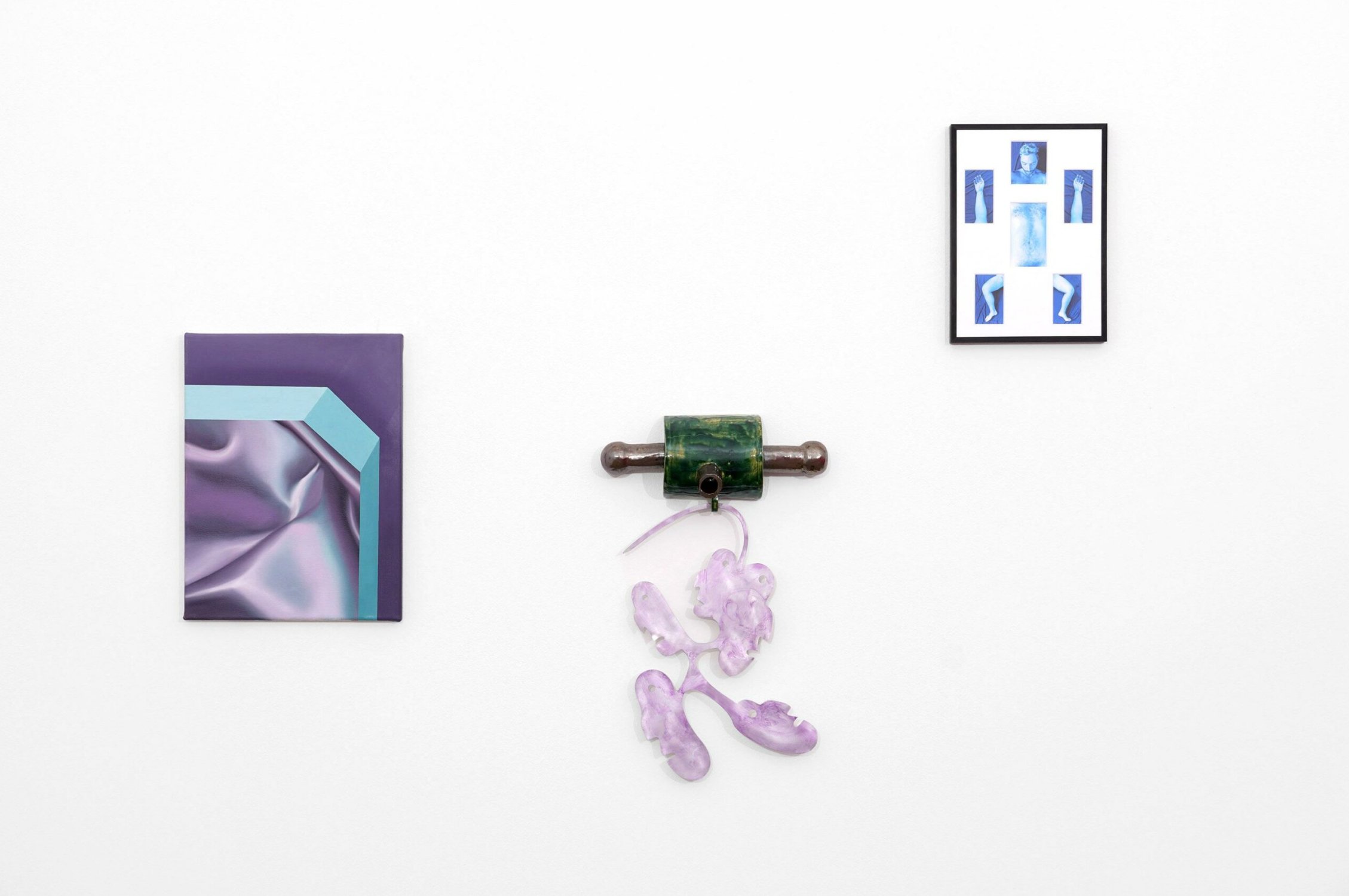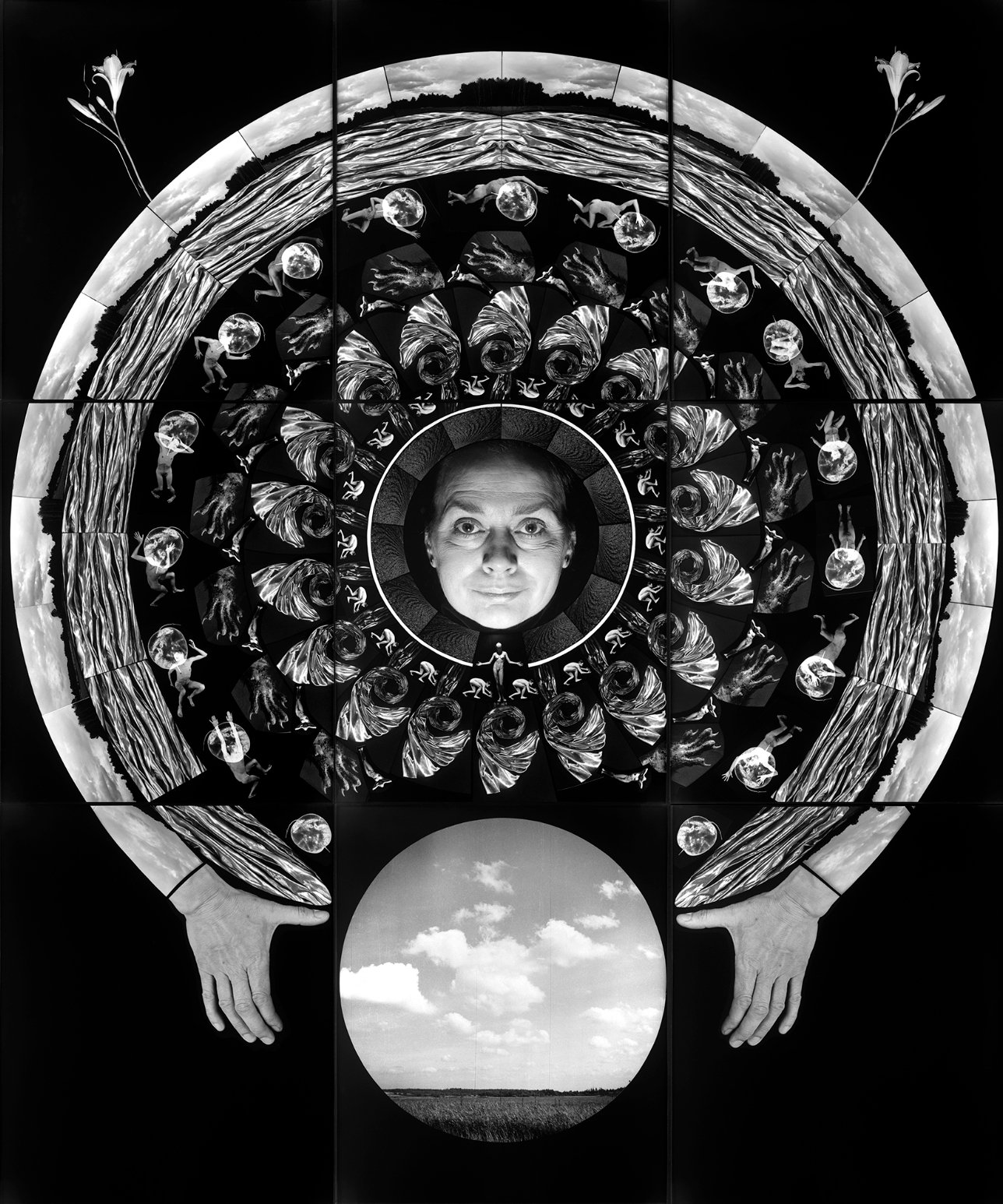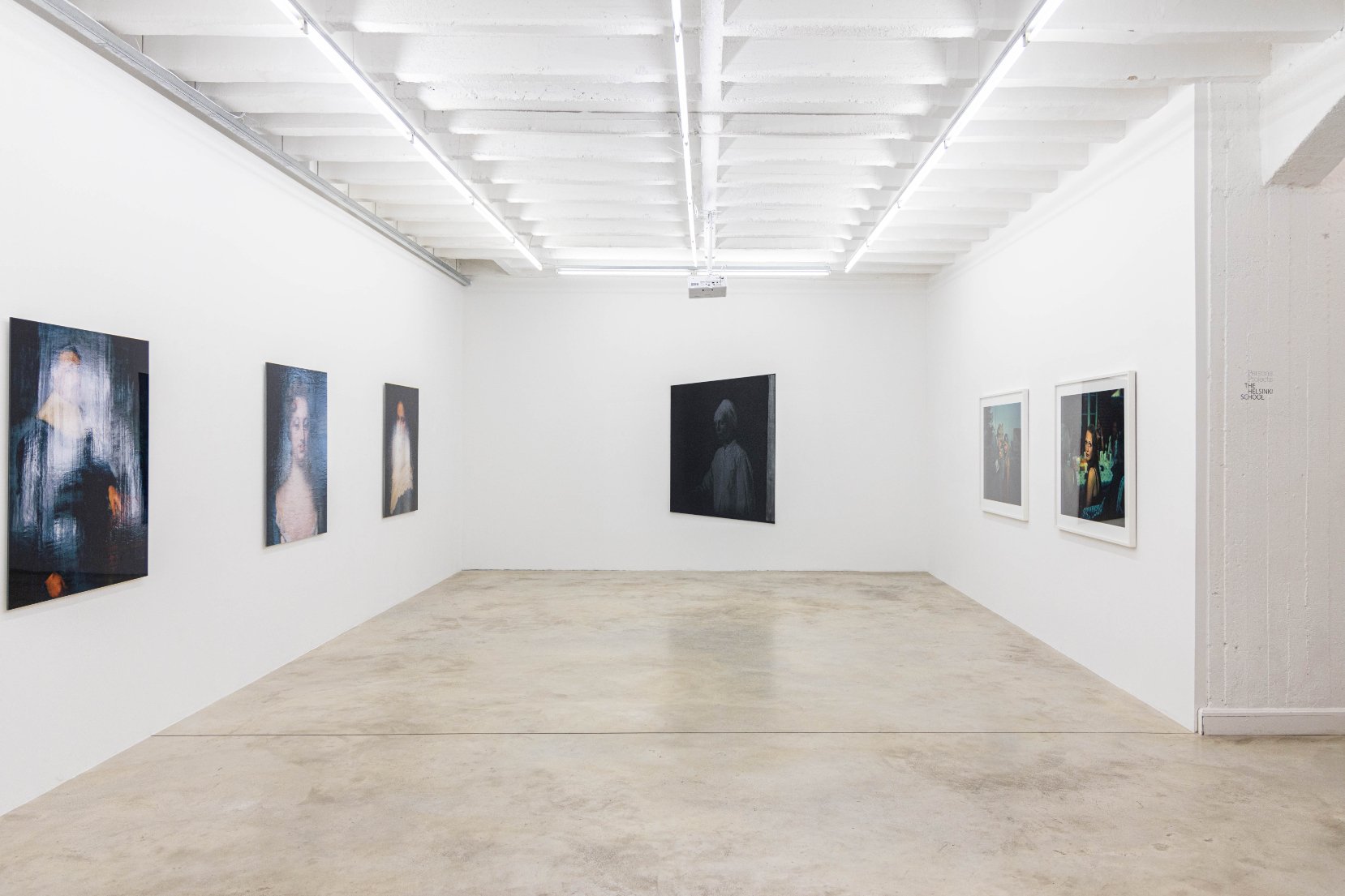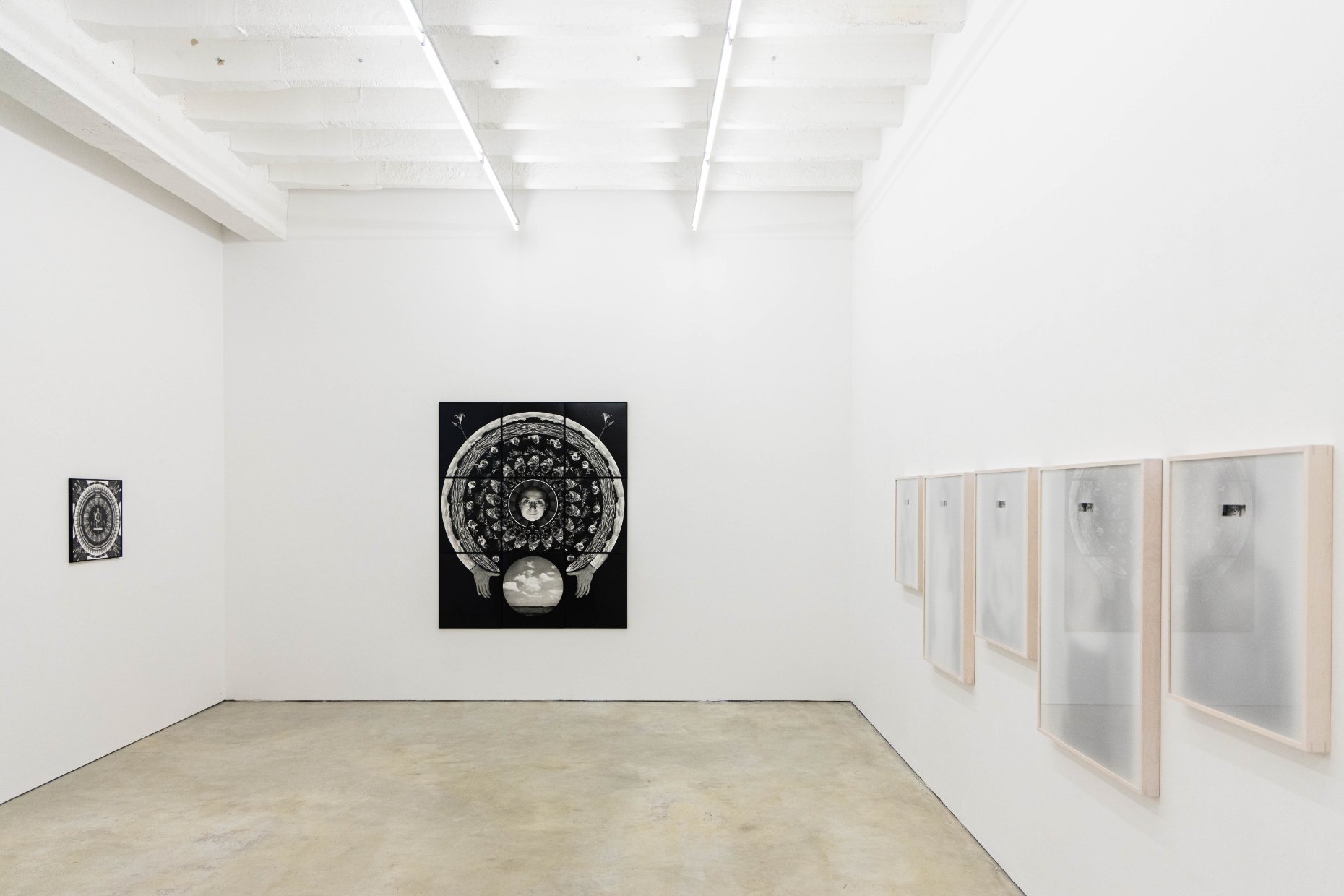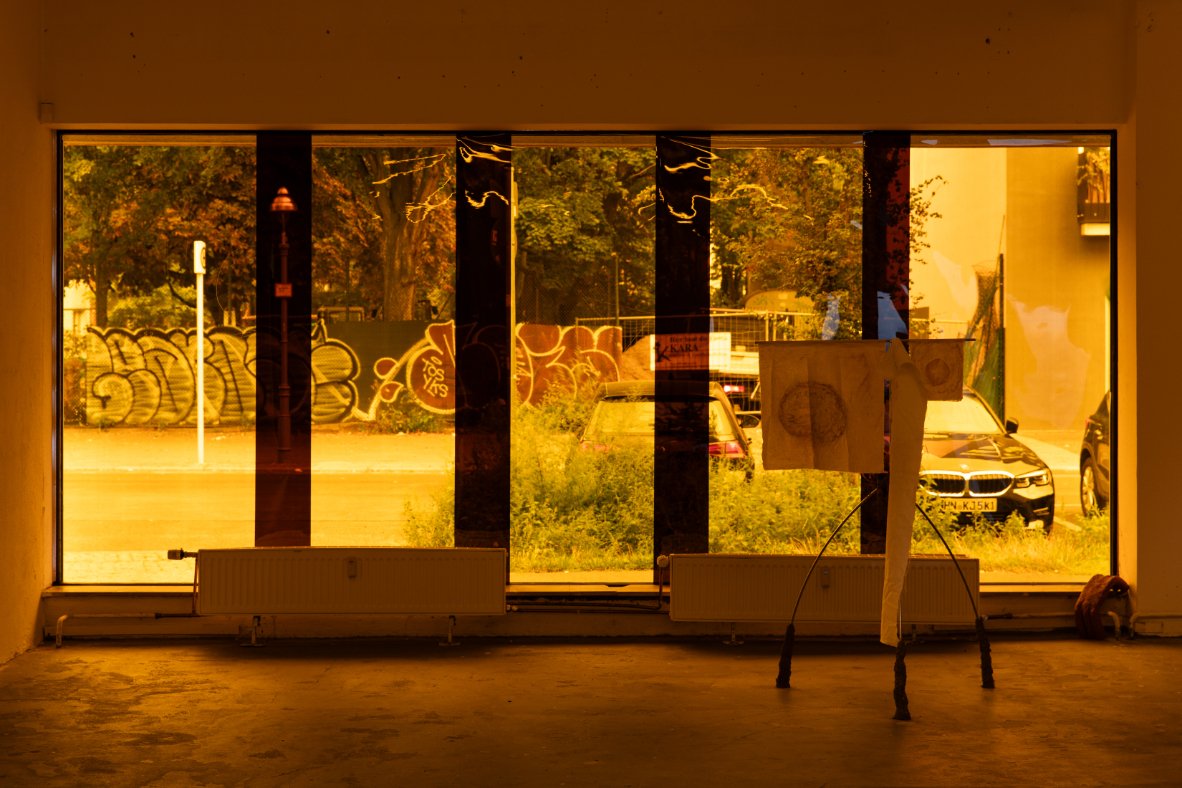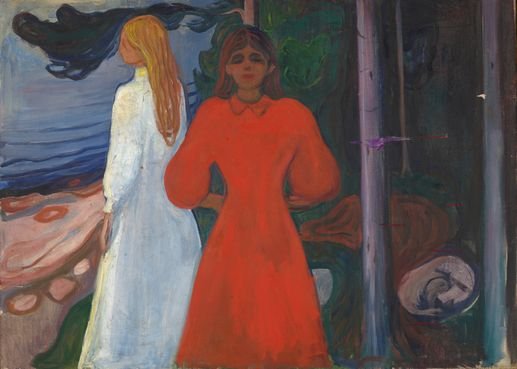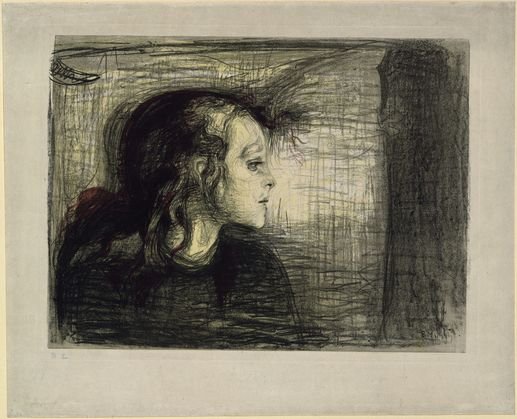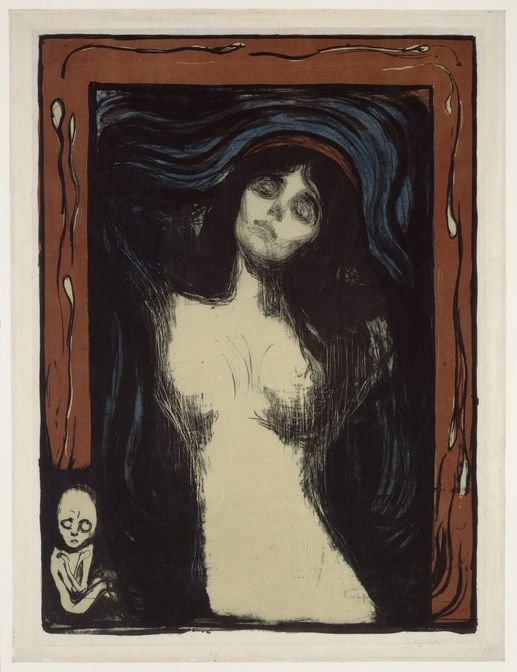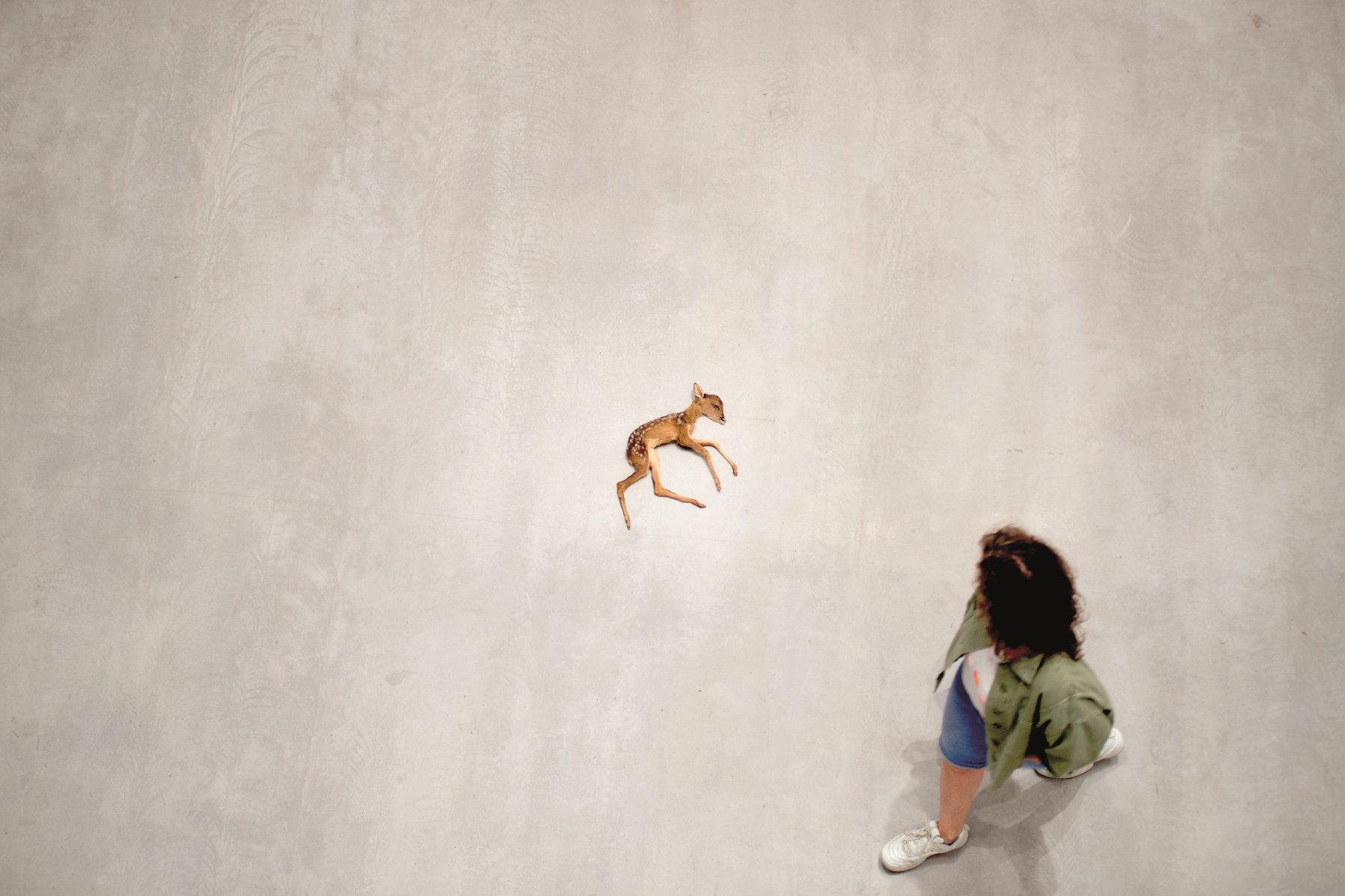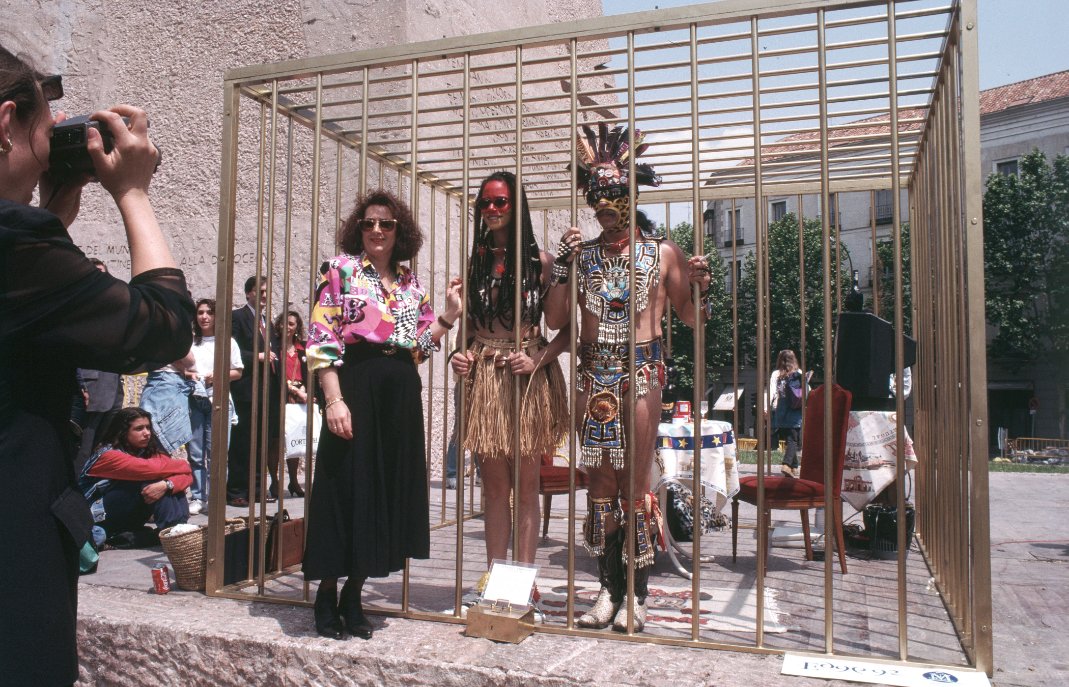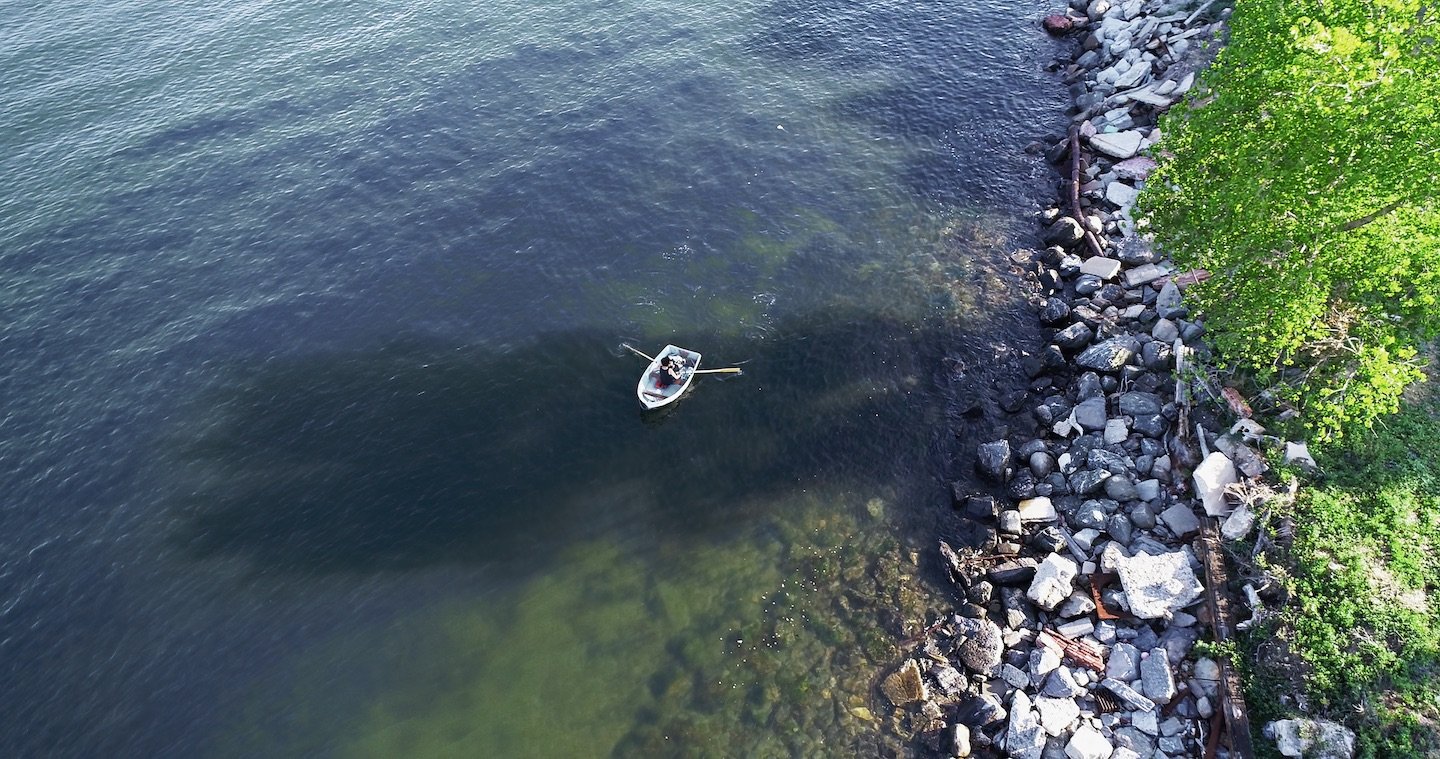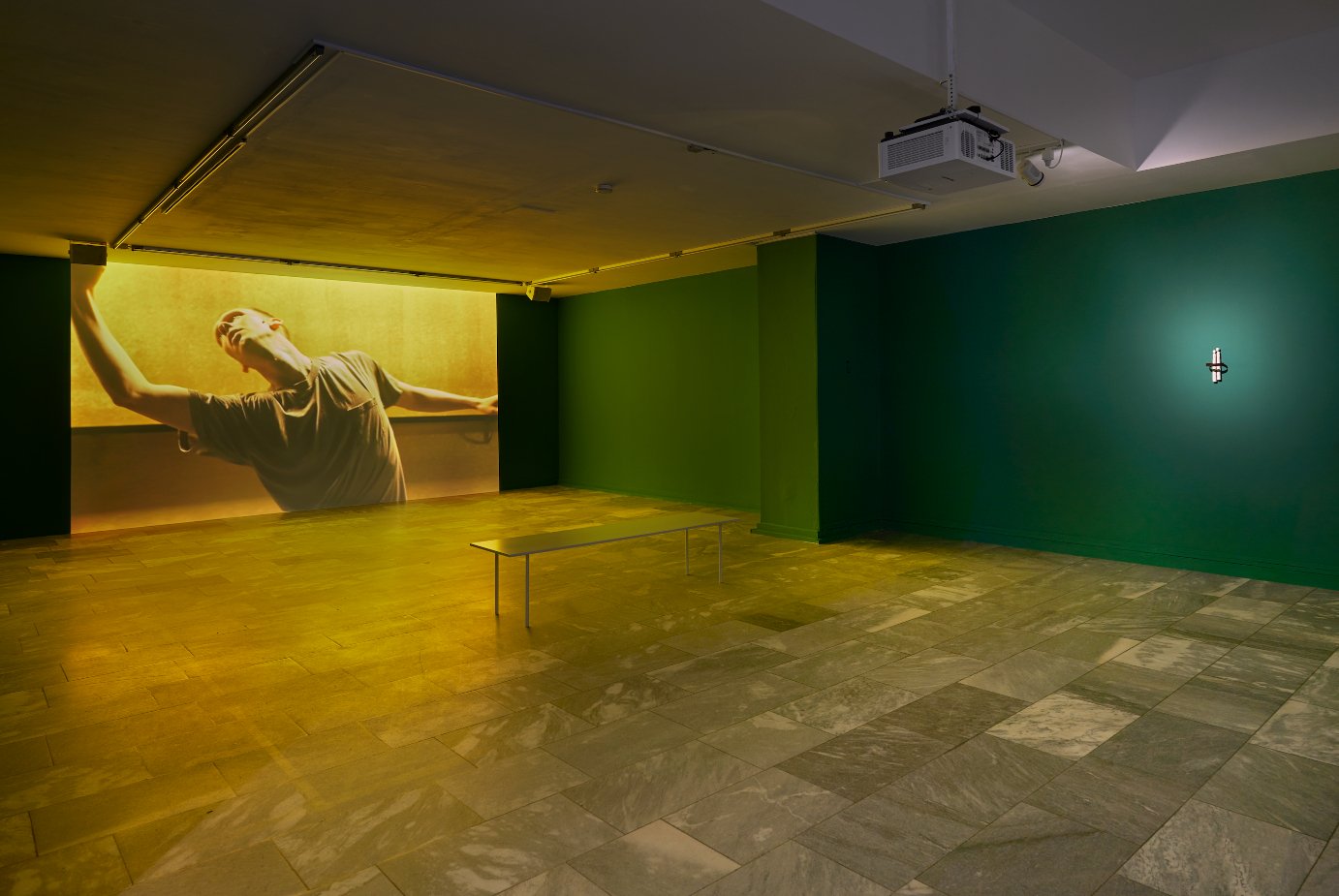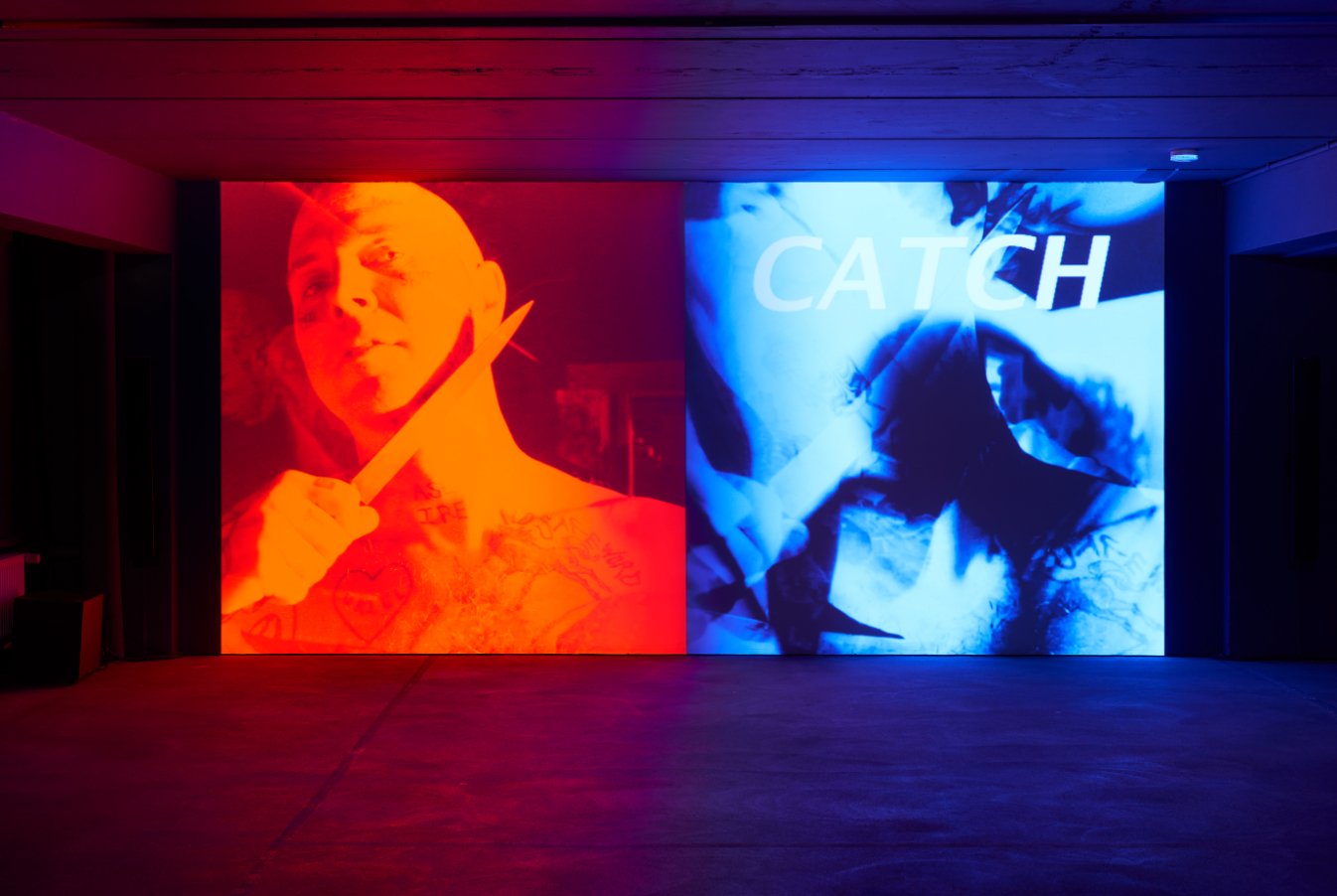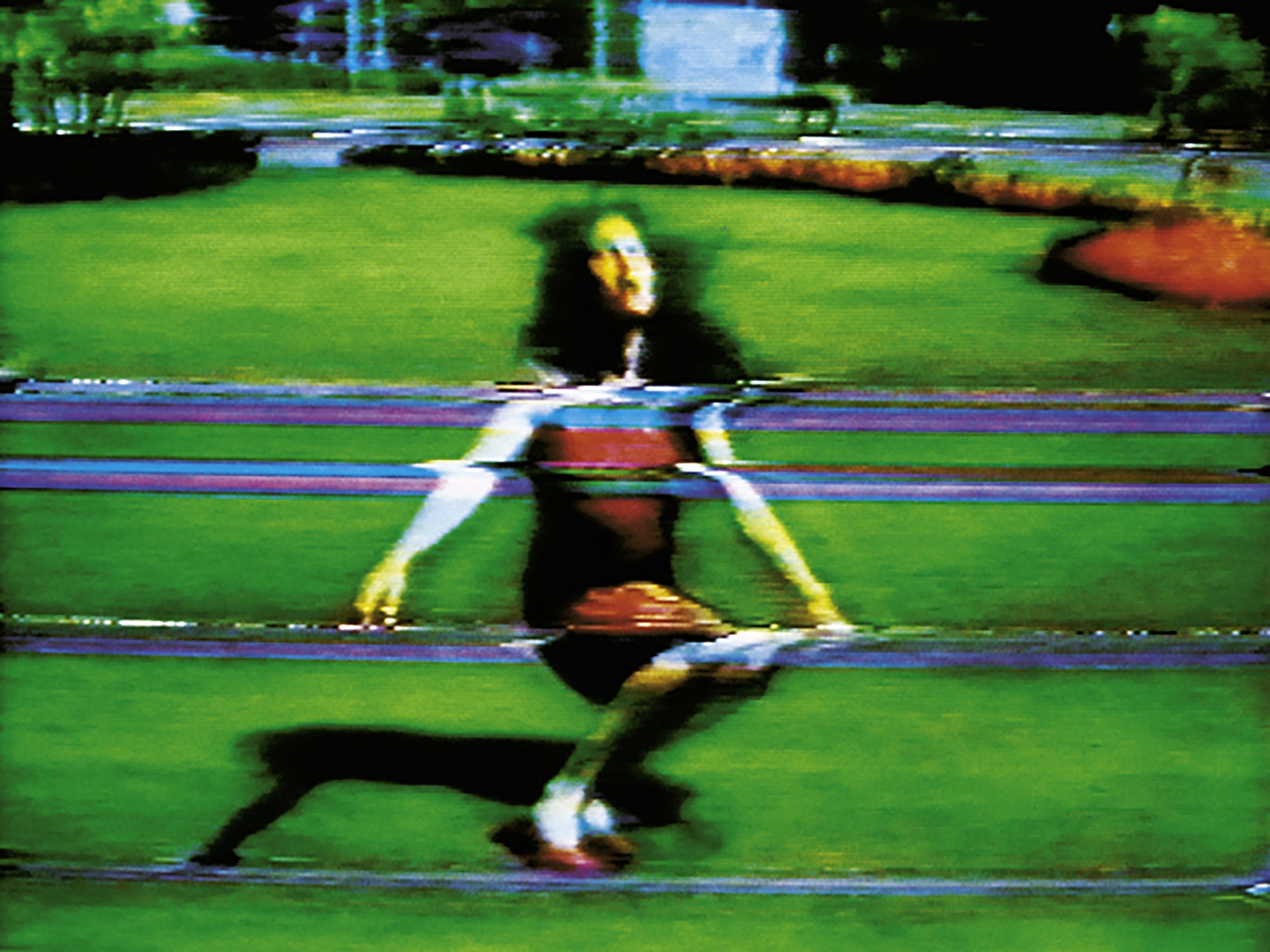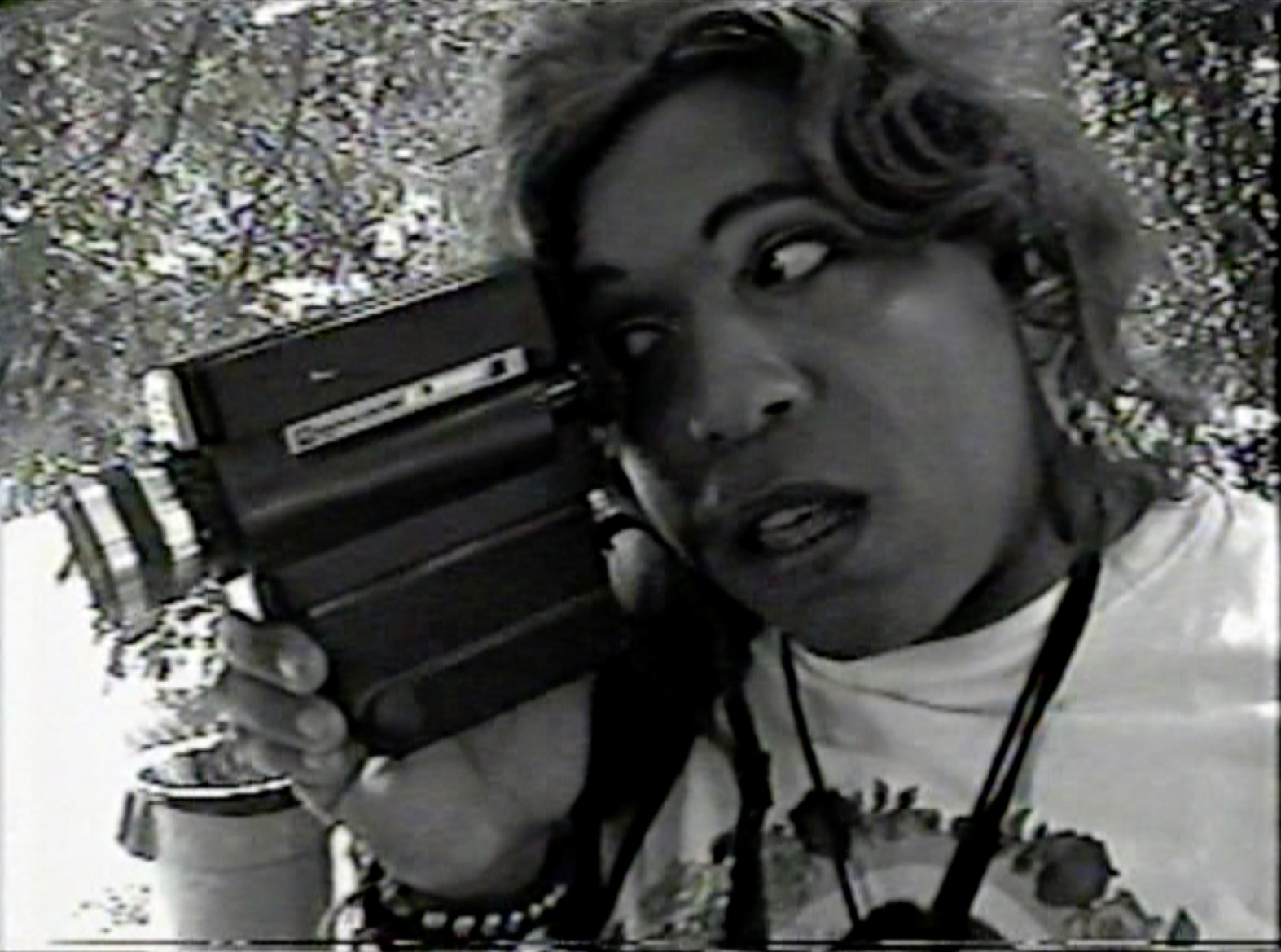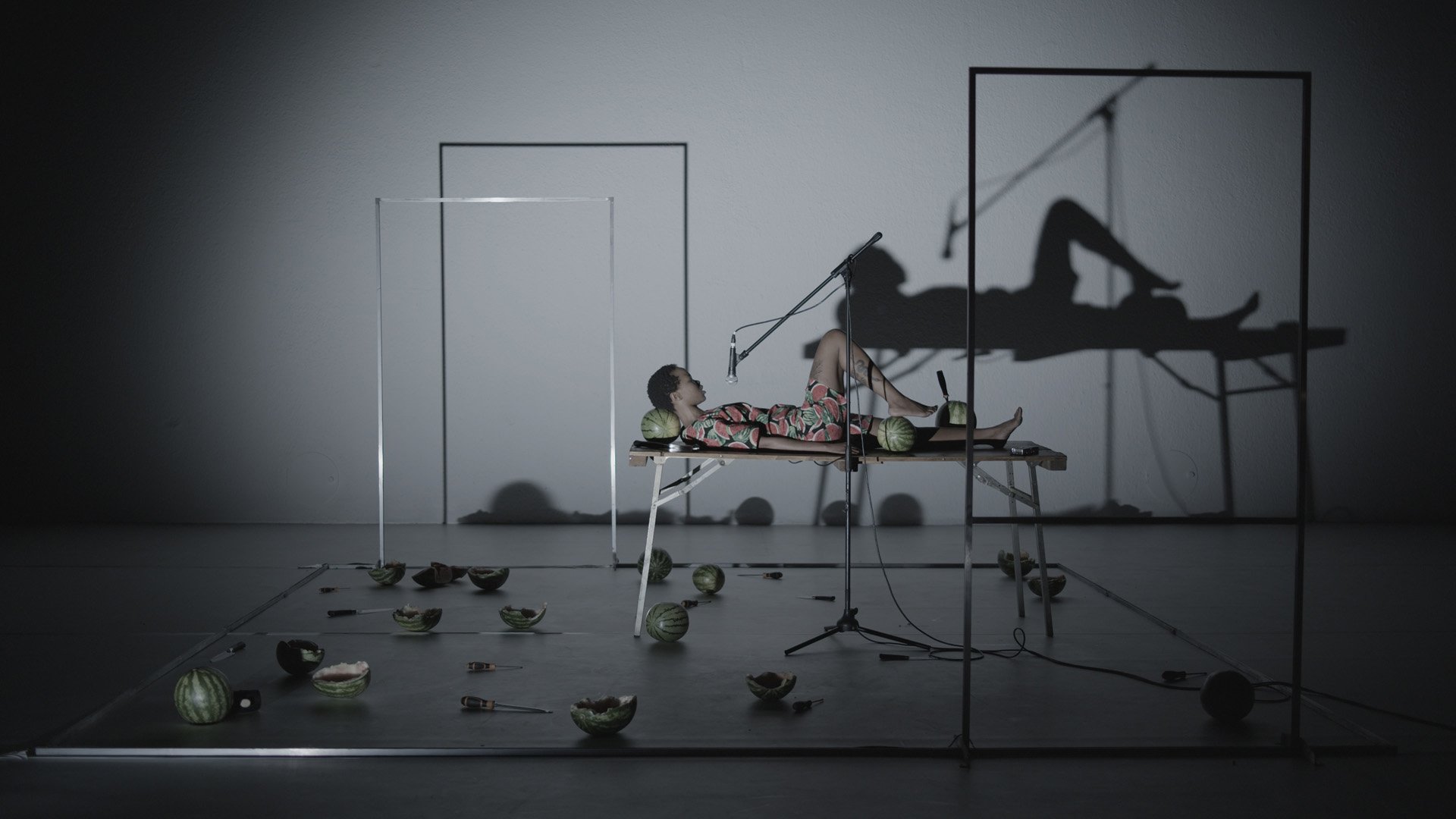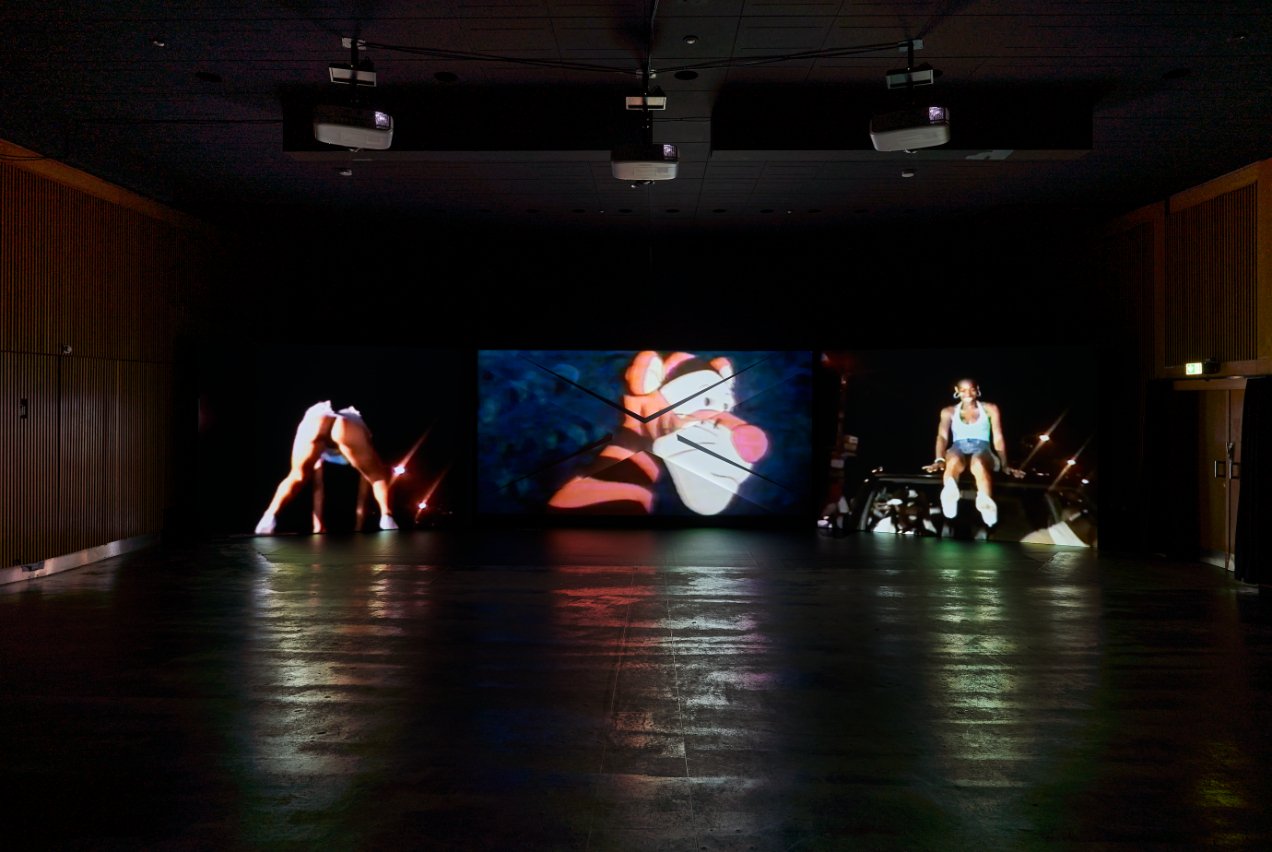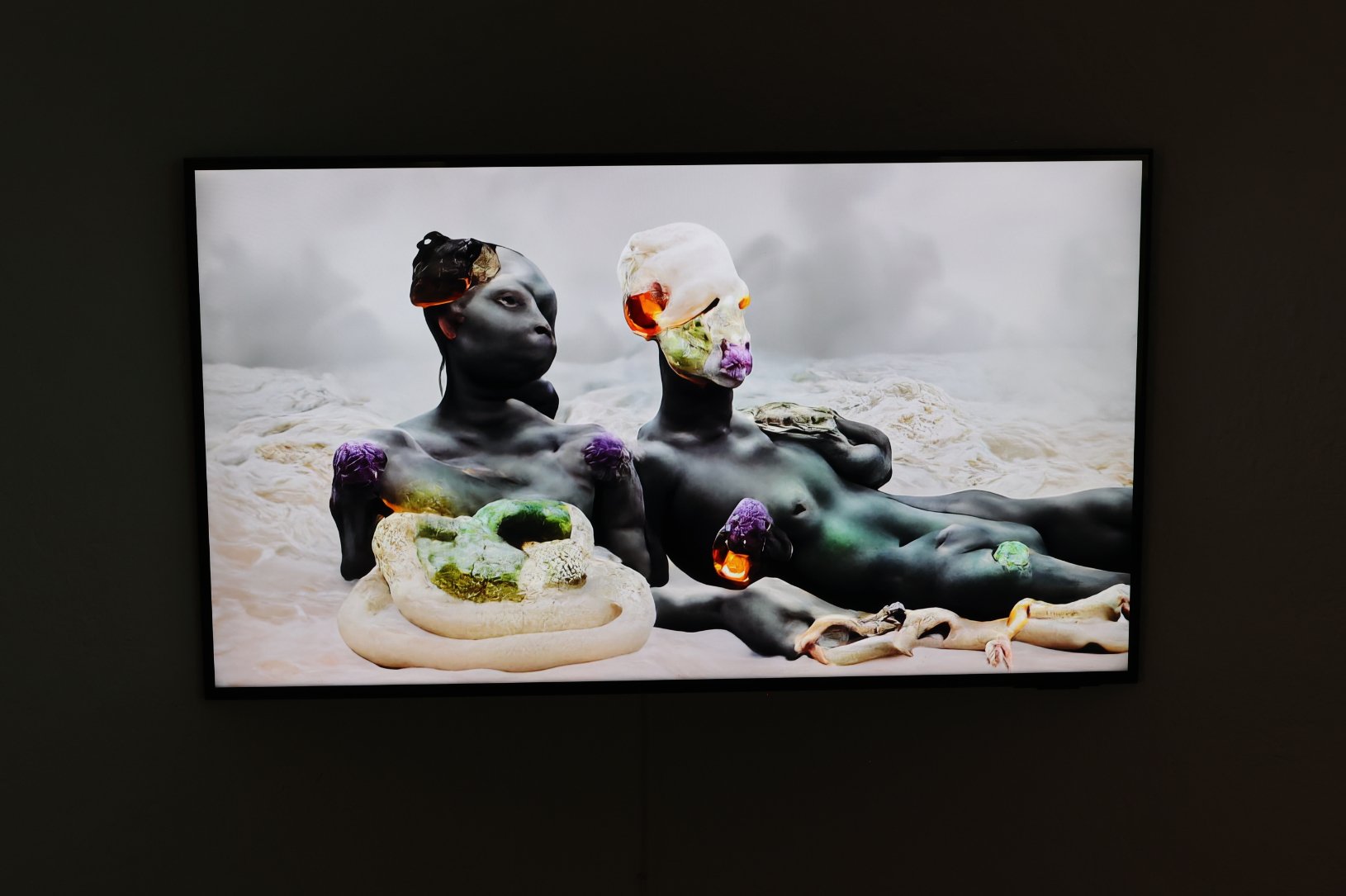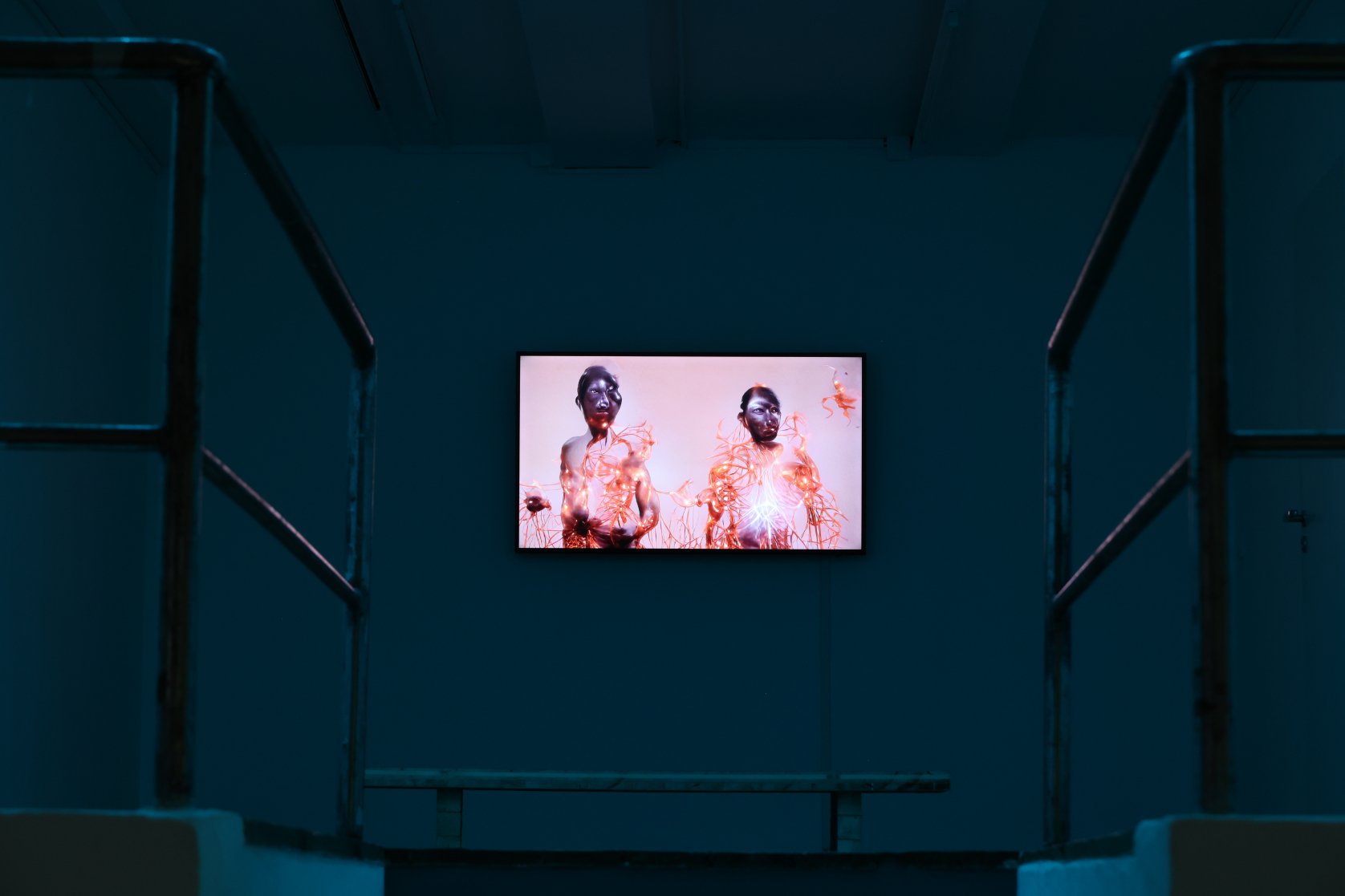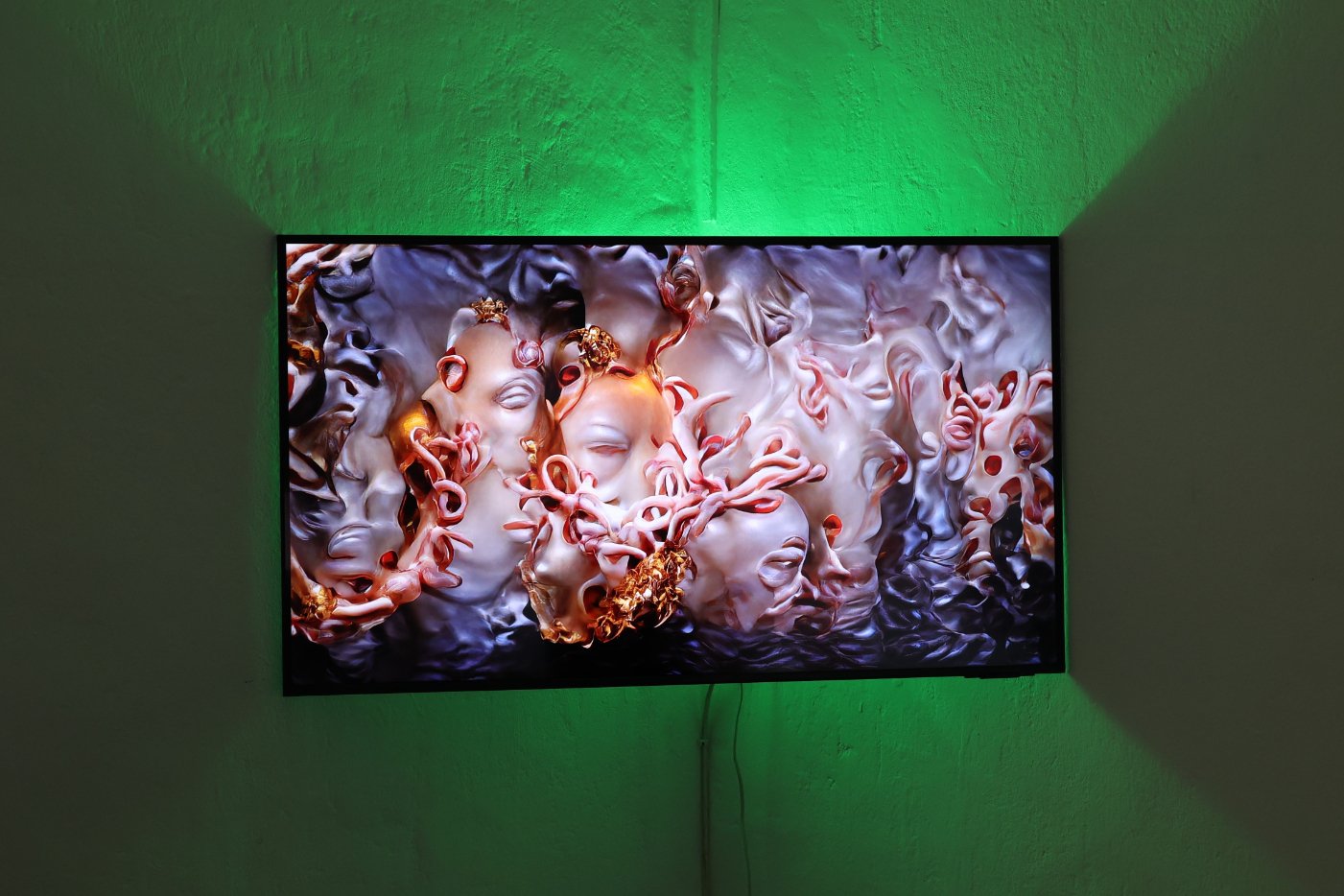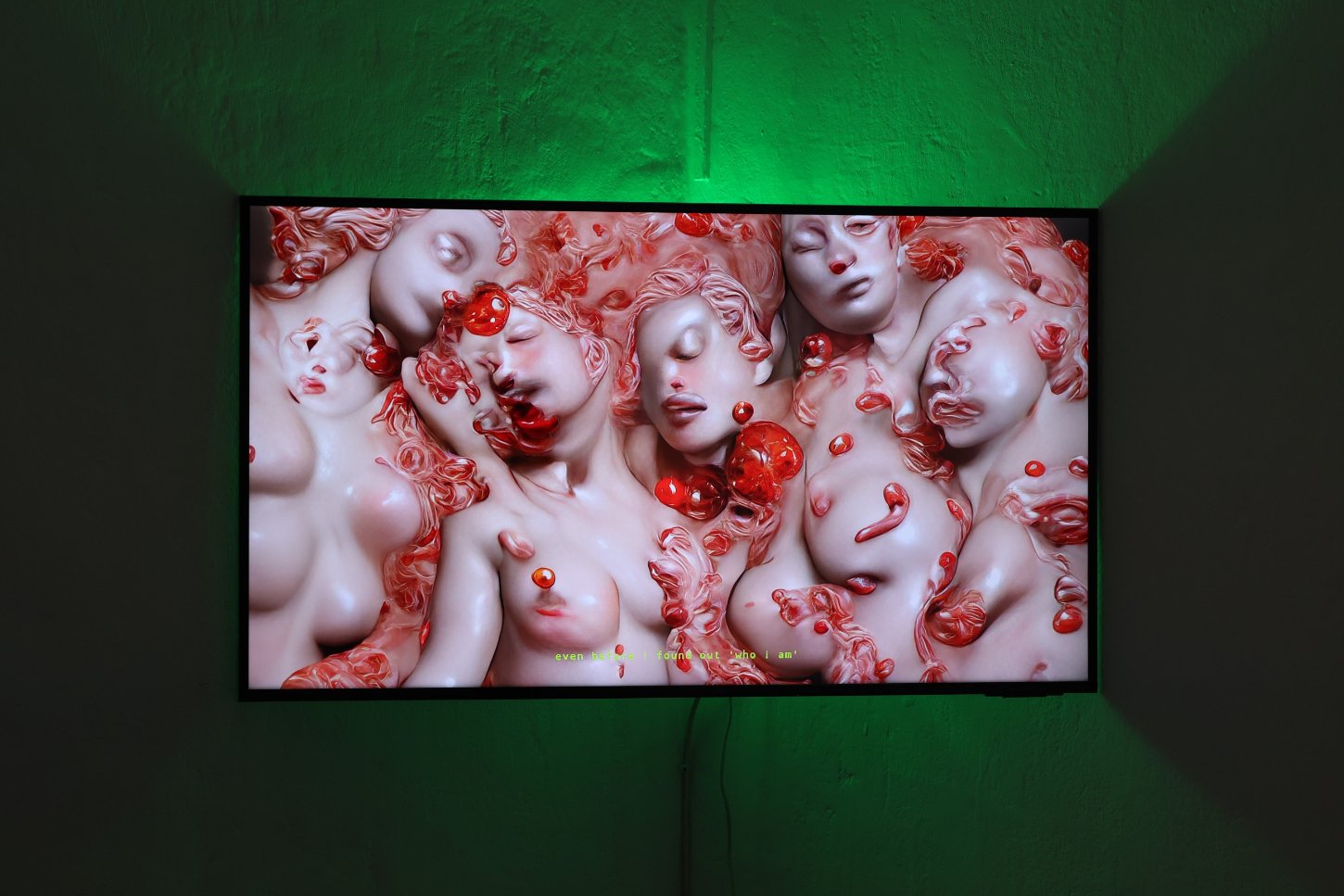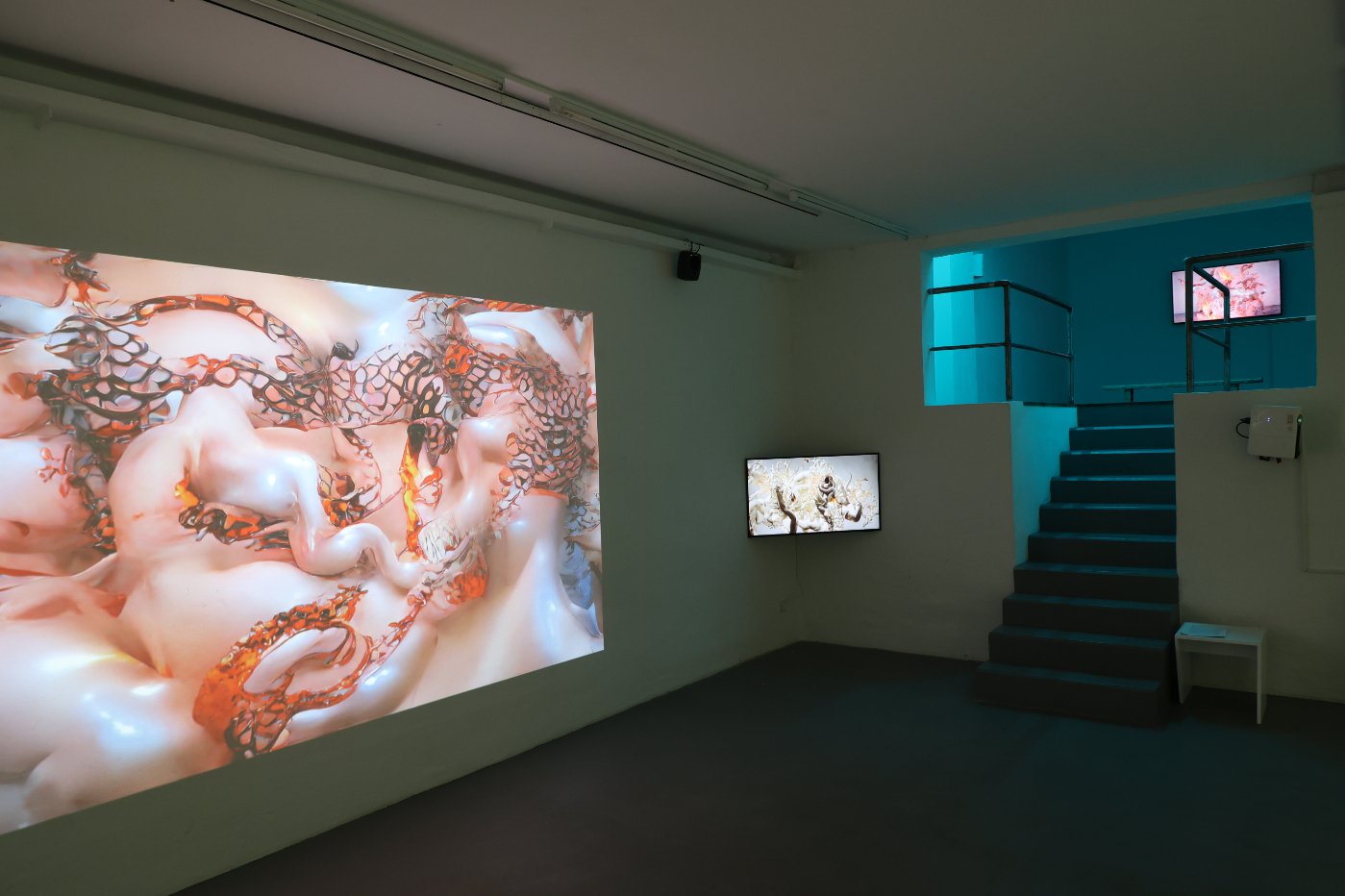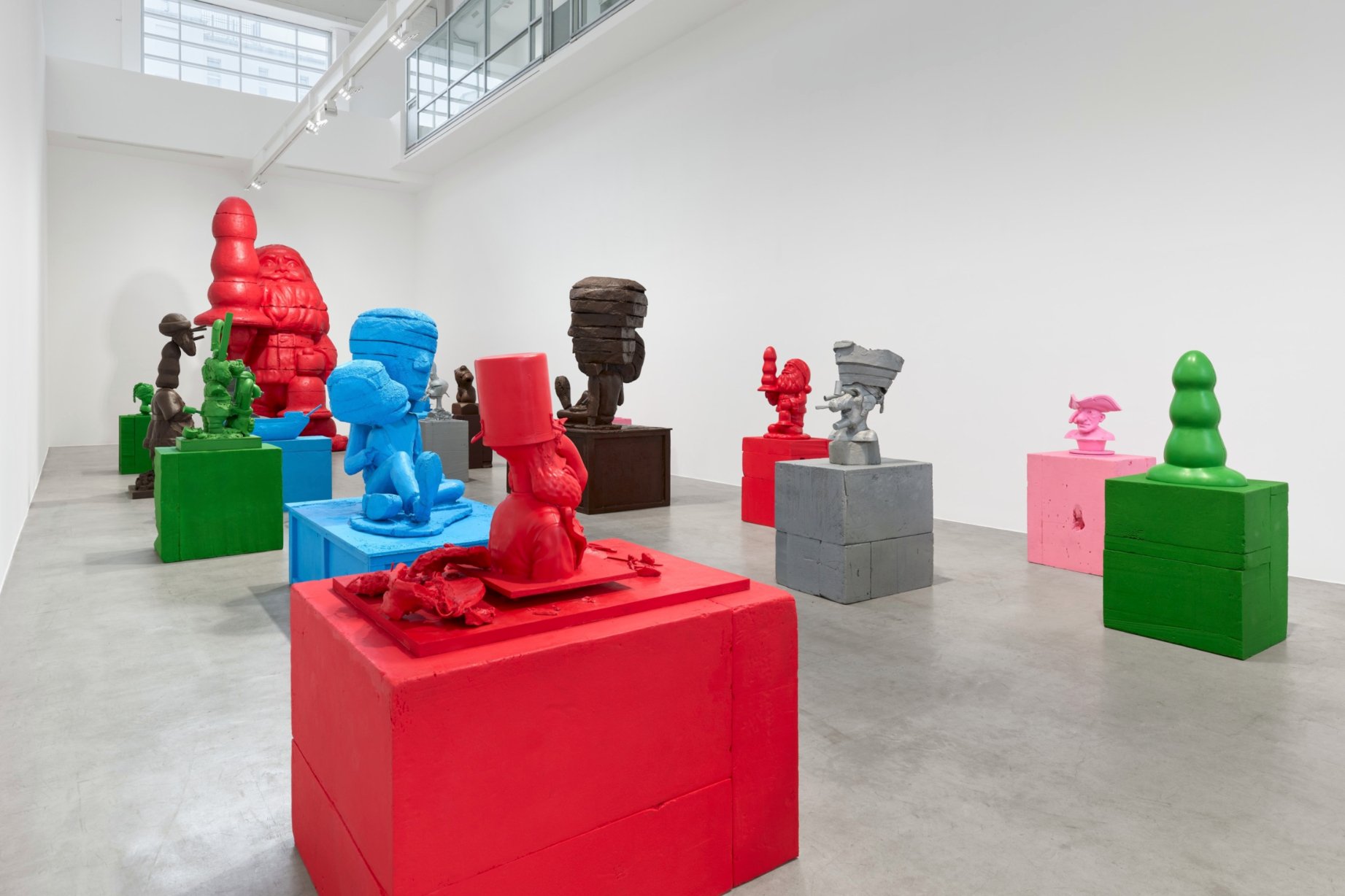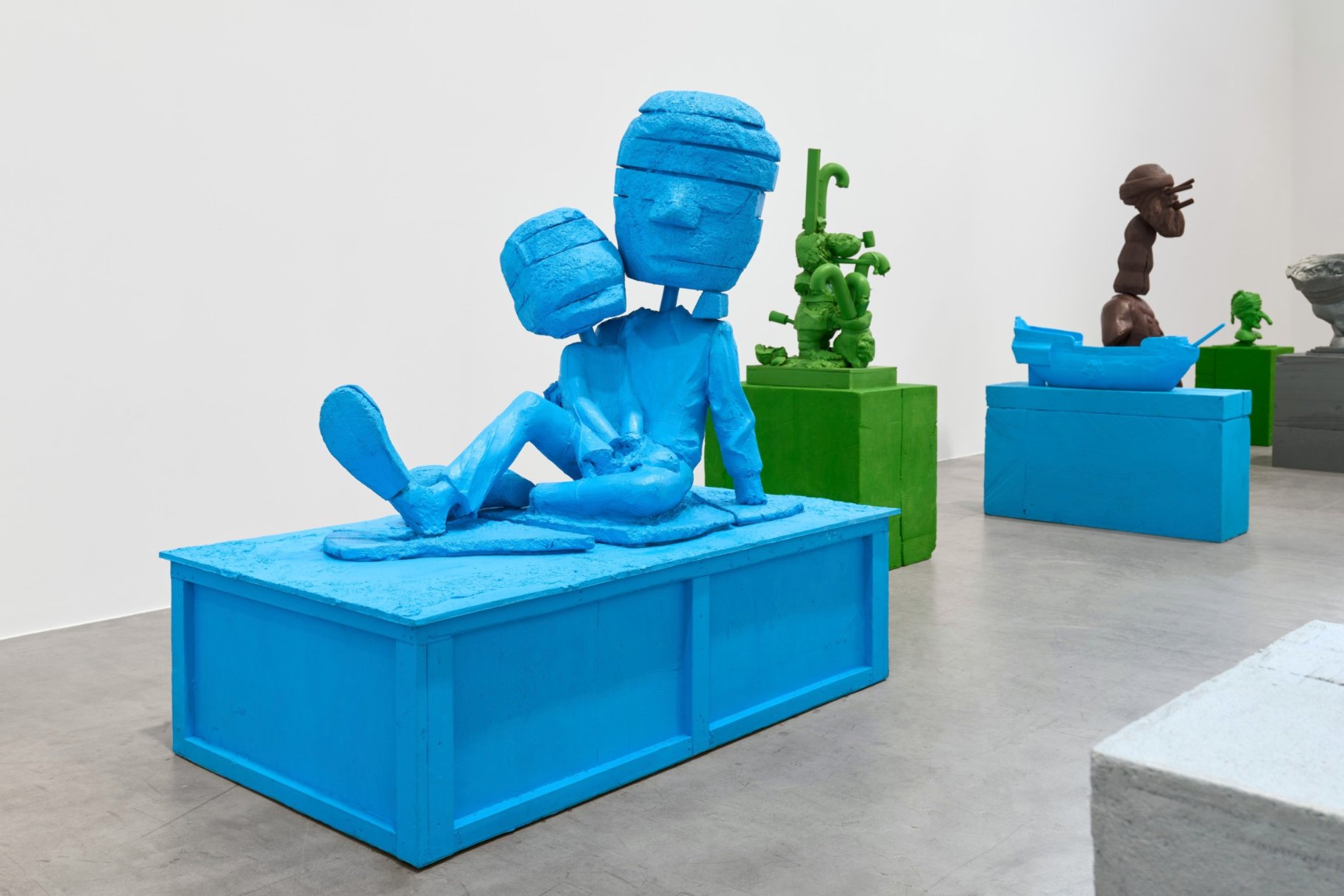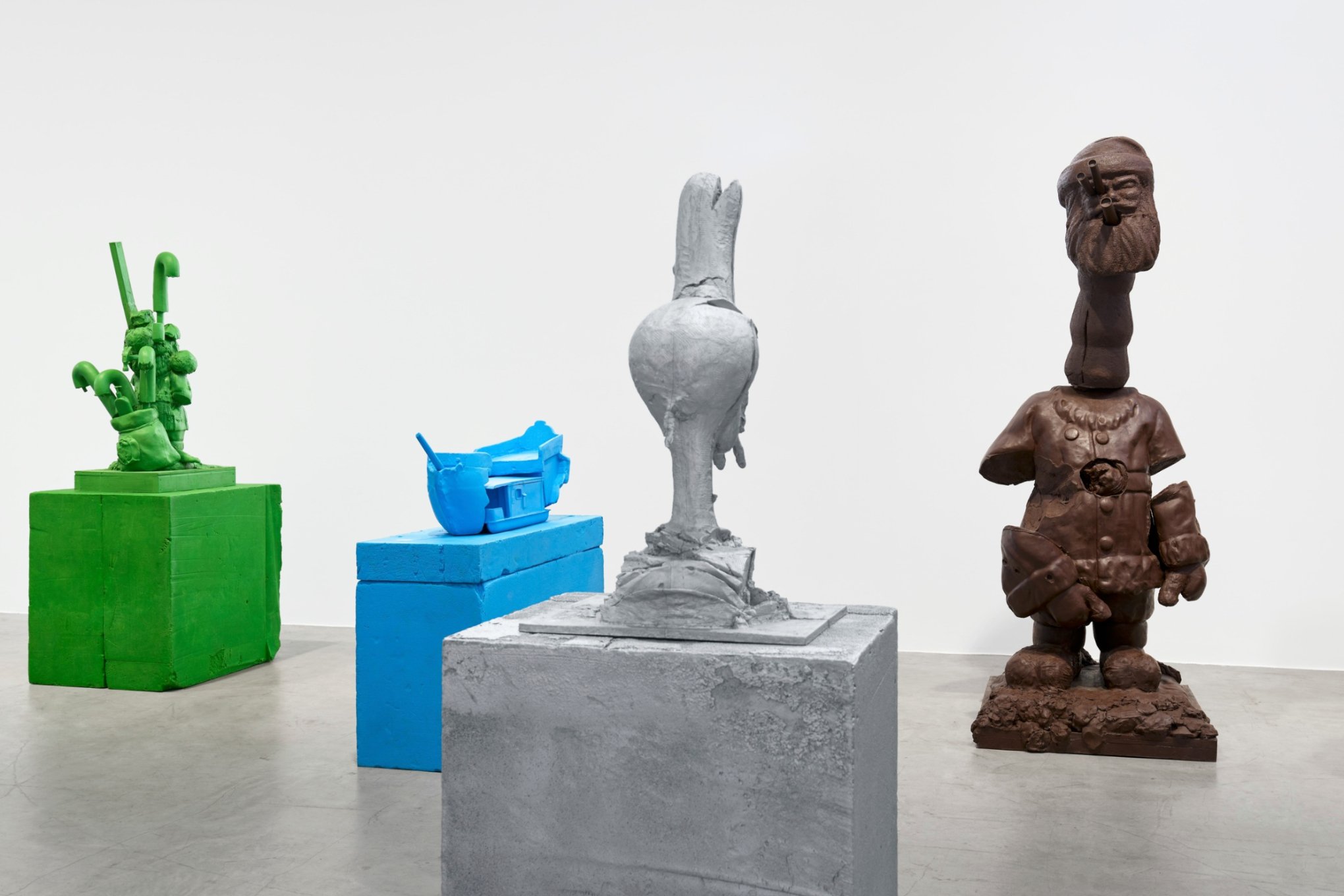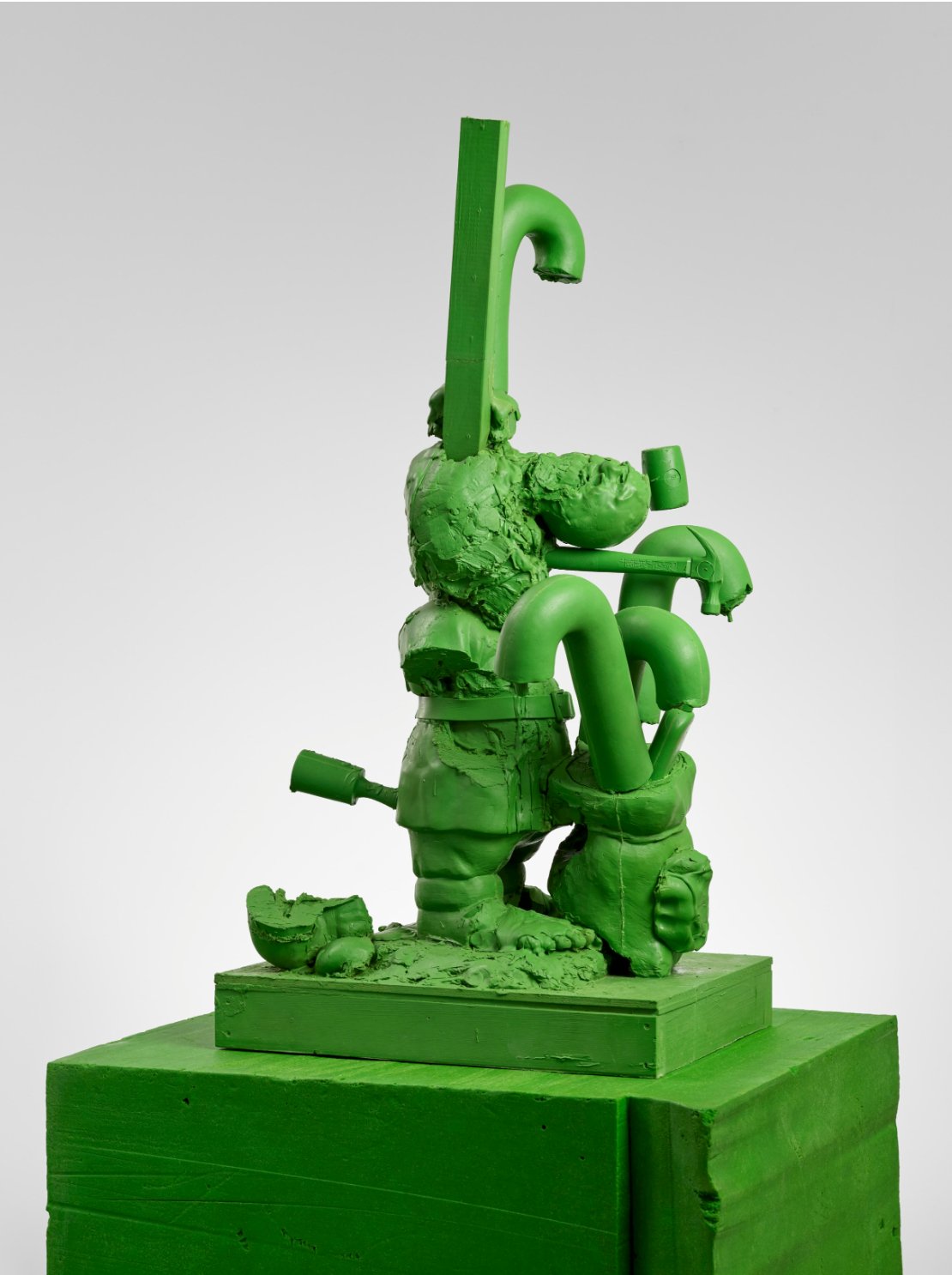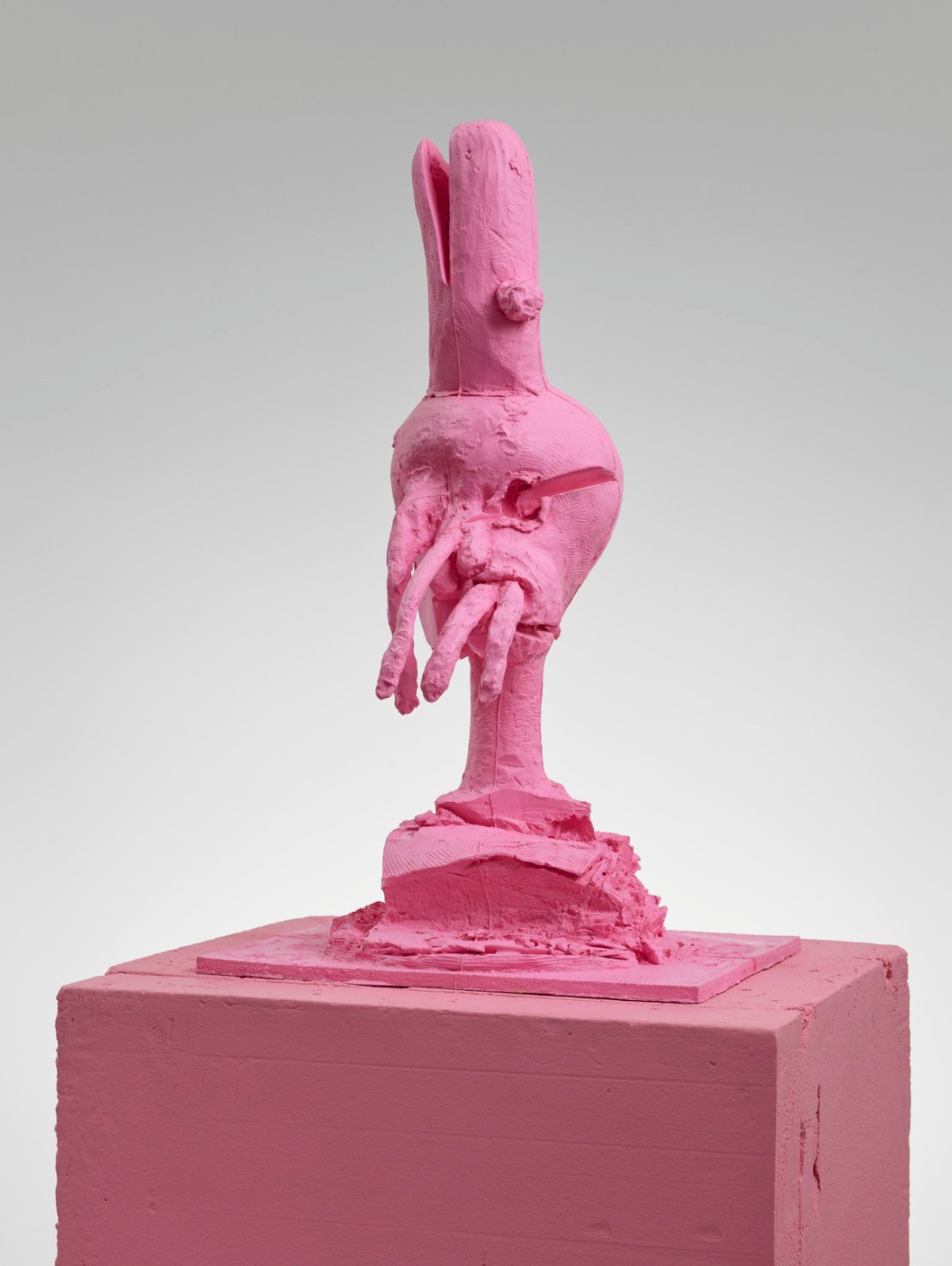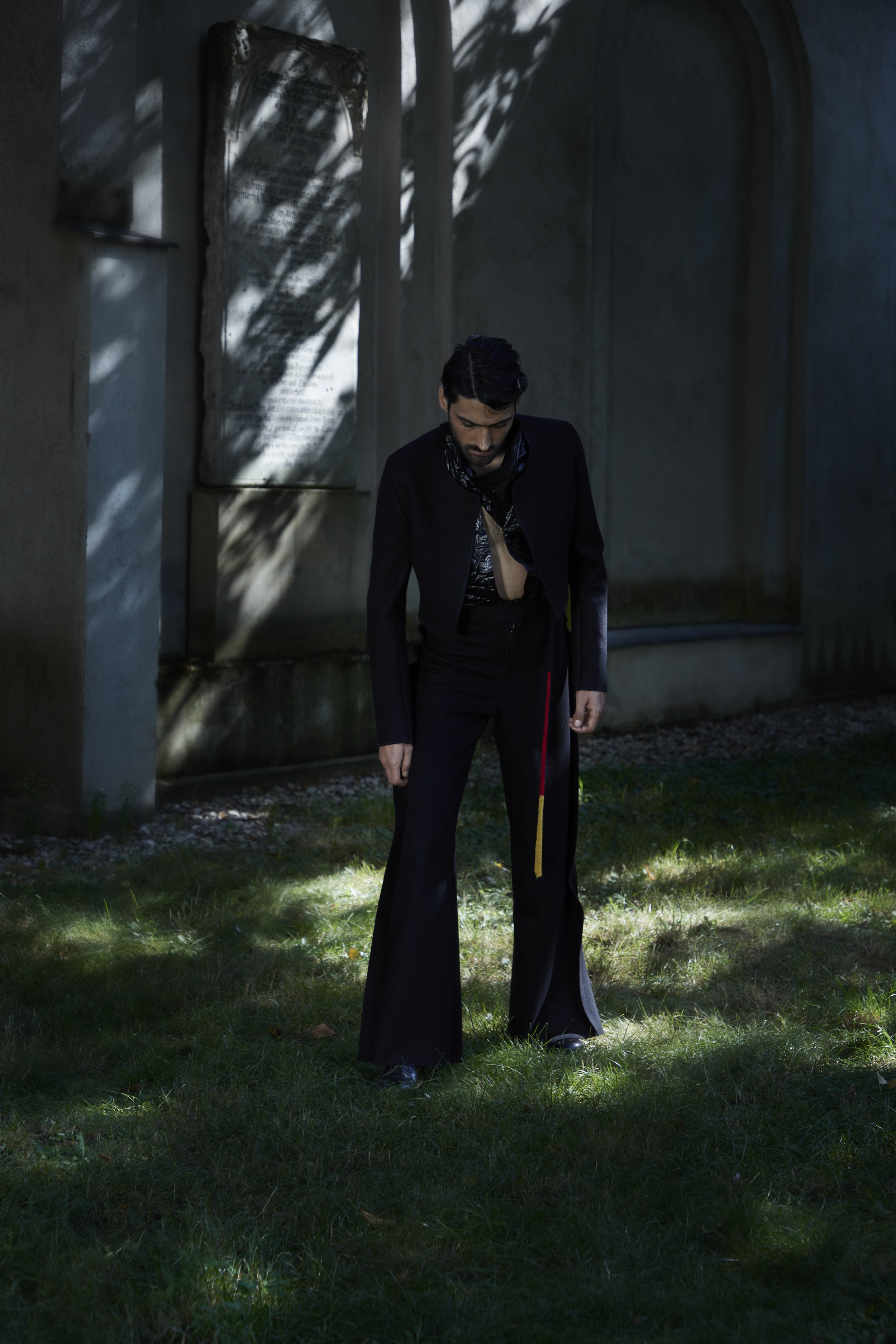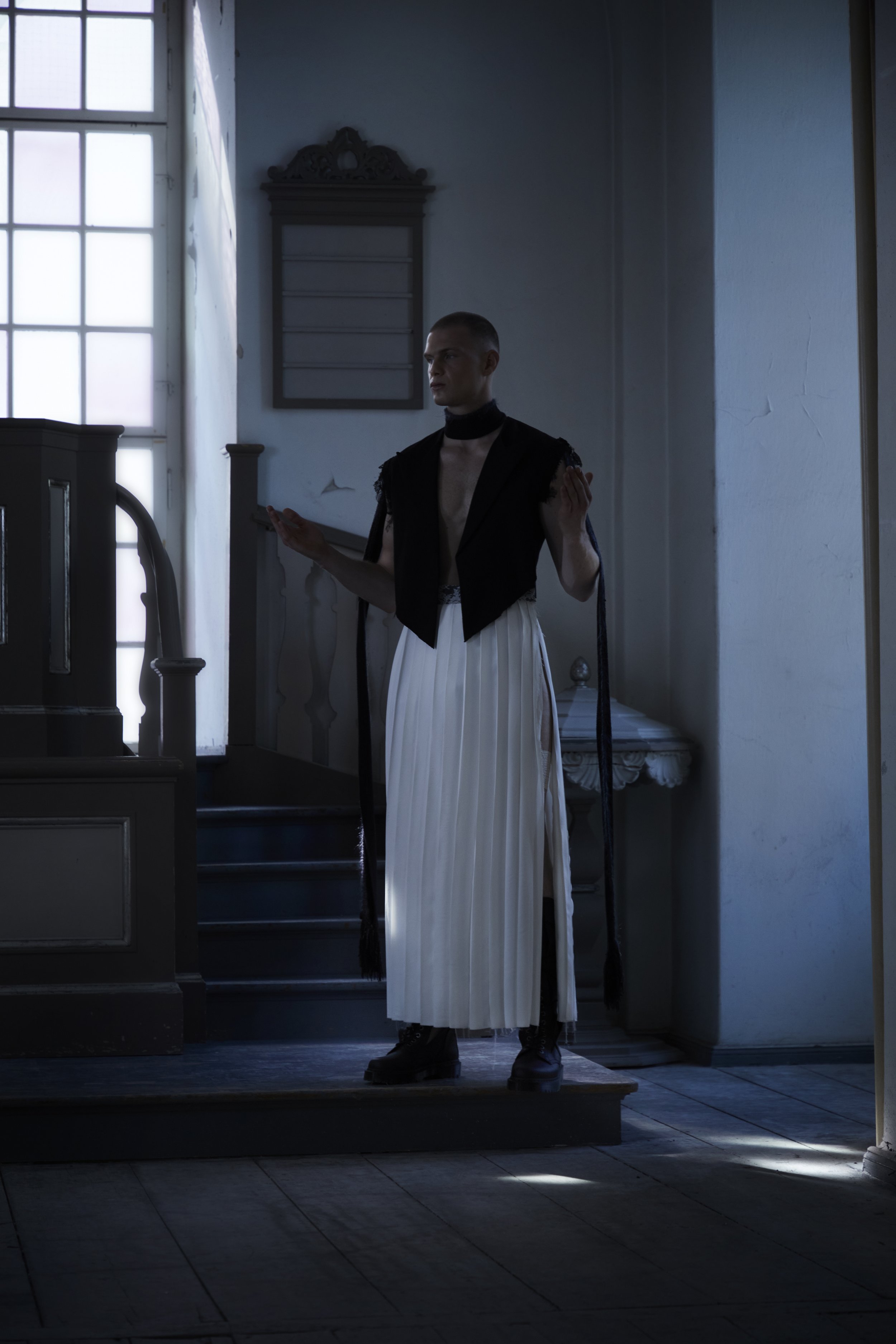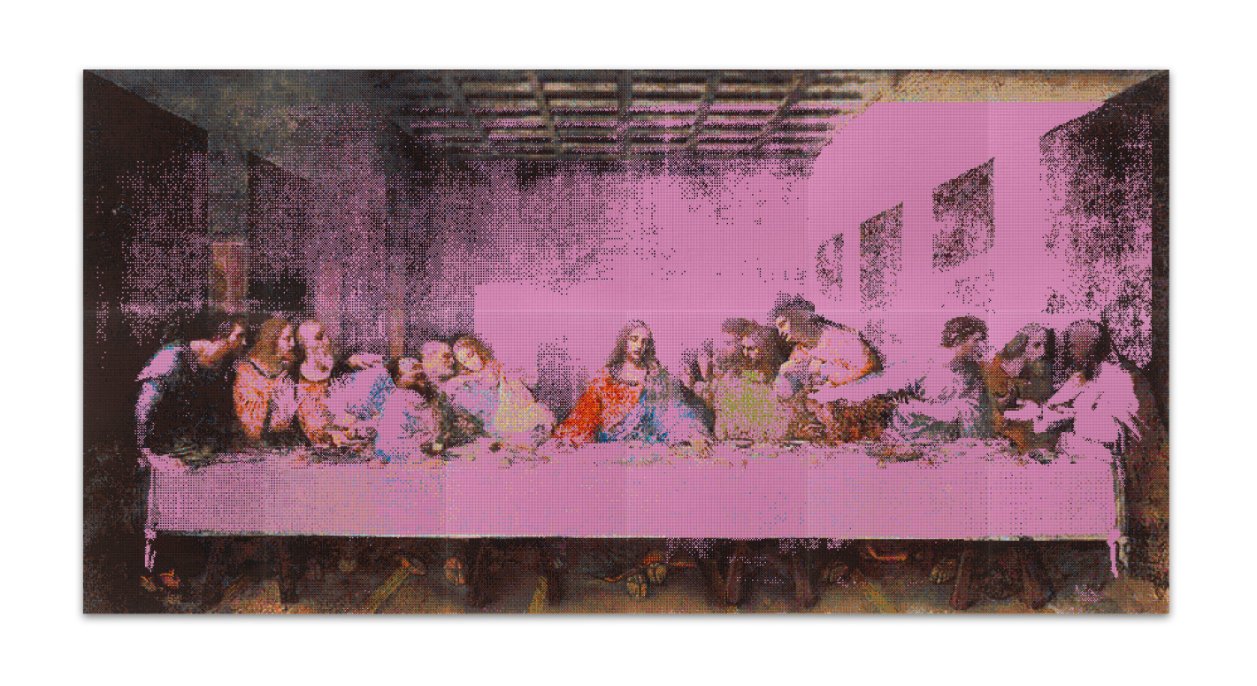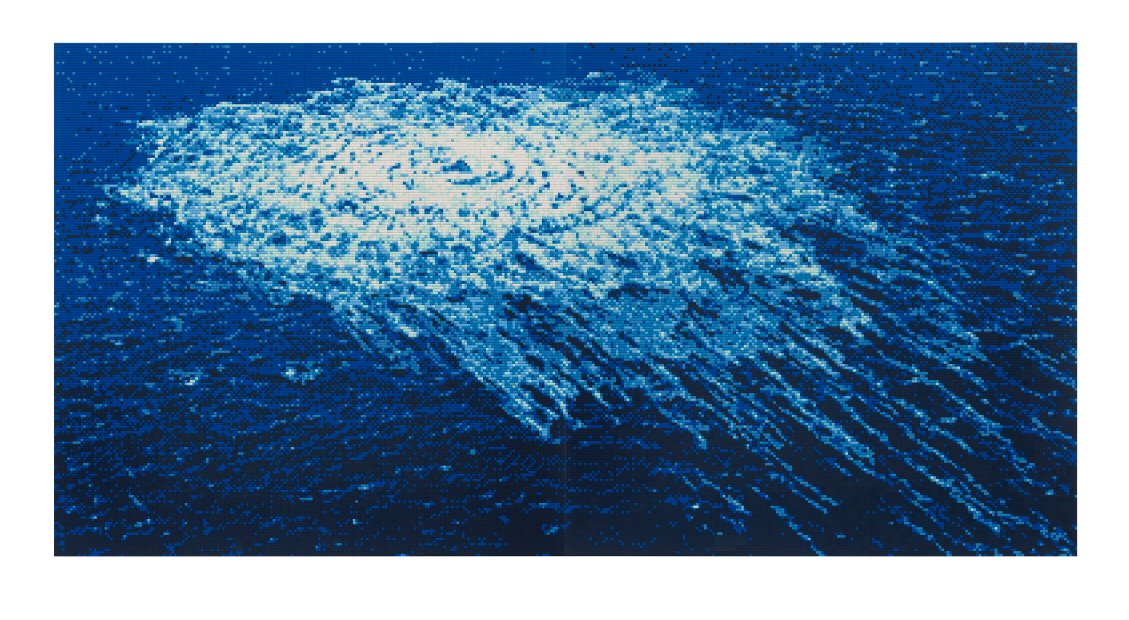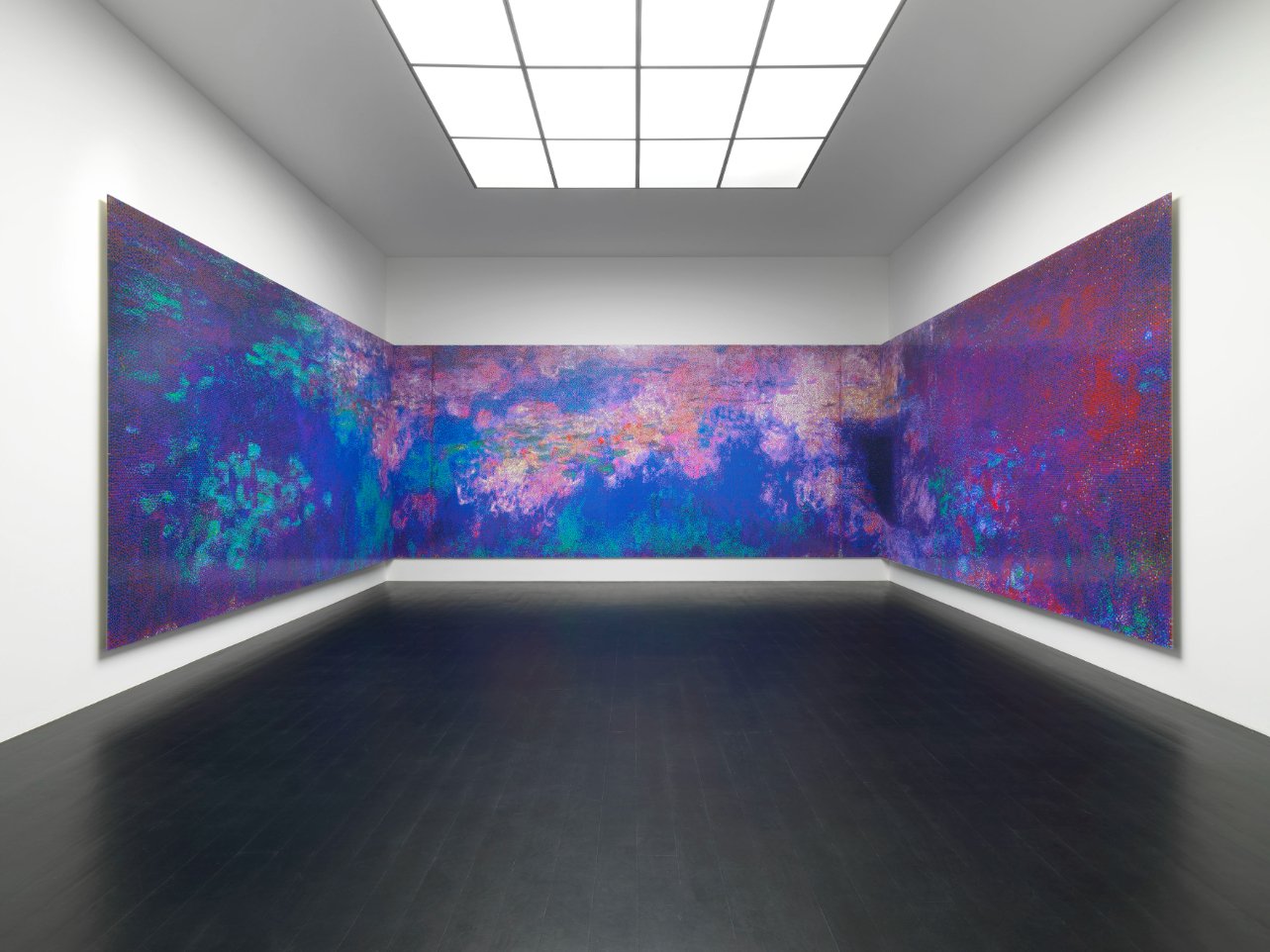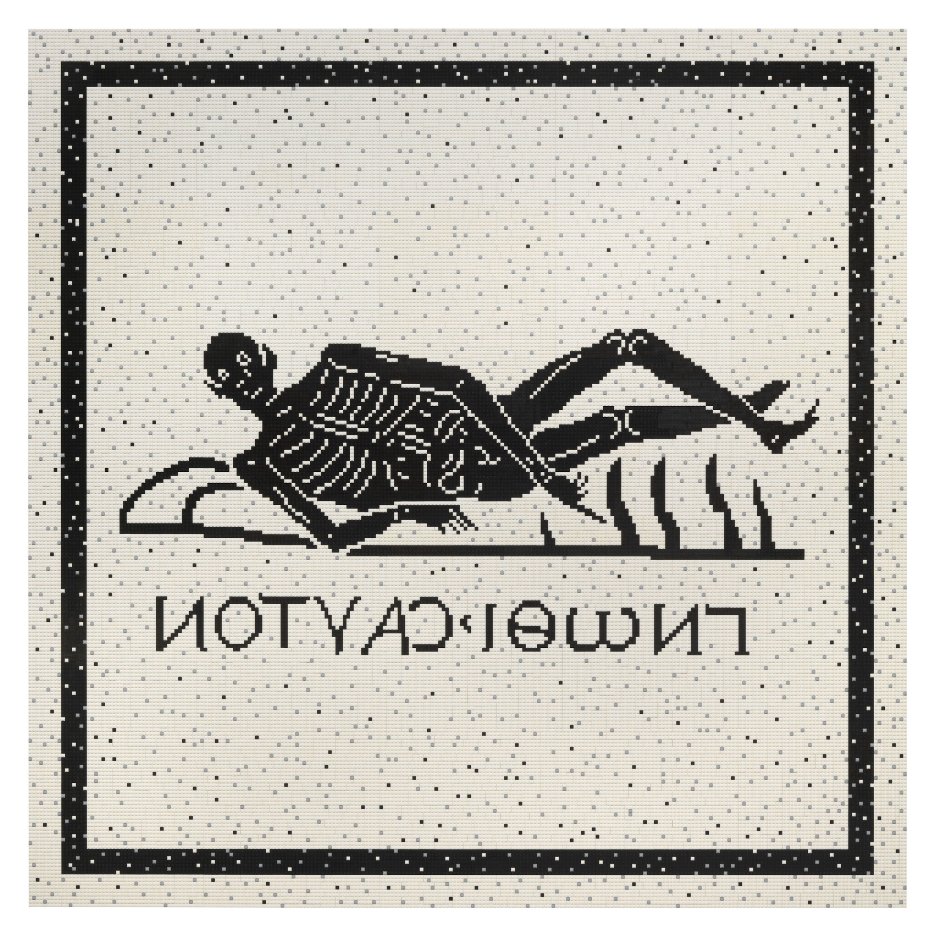At both the Düsseldorf and Berlin locations of the Julia Stoscheck Foundation, Berlin-based artist Young-jun Tak presents two recent films, Wish You a Lovely Sunday (2021) and Wohin? (2022), which will play in a loop in the galleries. Both shot in Berlin, these works consider how place, architecture, movement, and belief inform community and queerness.
Wish You a Lovely Sunday (2021) juxtaposes two locations in Berlin: the church Kirche am Südstern and the queer club SchwuZ. Invited by the artist, two choreographers and two dancers were paired to create a new choreography for each space and assigned a different Bach piano piece for four hands. After days of rehearsals and once the choreography was complete, their originally designated venues were swapped for the filming. The participants therefore had to adapt their choreographies spontaneously according to the architectural features and atmosphere of the other space. By setting these two sites in dialogue, Tak proposes an improbable coexistence of religious practice and club culture. Tak is intrigued by the similarities between churches and clubs because they both involve specific rituals, behavioral norms, and attitudes closely linked to the space and its role. Over the course of Wish You a Lovely Sunday, the combination of the characters’ bodily presence and their navigation of their respective surroundings starts to shift the meaning of each location, eventually revealing tensions that were not apparent on the surface. In the church, the pair’s game of looking or not looking at one another while roaming around the columns and altar expresses unmistakable sensations of longing and desire, denial and prohibition.
In the film Wohin? (2022)—“Where to?” in German—the camera focuses on the rearview mirrors of cars that are driving on the Autobahn near Berlin. Throughout the film, various objects hung from the mirrors of each car become visible in the frame, from Christian rosaries and Buddhist prayer beads to a typical German air freshener, Wunderbaum. The rearview mirrors also reflect situations taking place on the back seat: a man gazes out of the window, checks his phone, or dozes off; two men kiss romantically. Prior to filming, Tak spoke with the actors about the many facets of the German Autobahn—an ideological project of the Third Reich and a feat of national infrastructure, as well as a playground for the projections of hypermasculinity, and a significant site for gay cruising. These mixed aspects are reinforced by the soundtrack, which pairs organist Andreas Sieling from the Berlin Cathedral with British countertenor Tim Morgan, who together reinterpret Kraftwerk’s legendary song “Autobahn” from 1974. While Sieling is peddling away at his huge organ with over 7,000 pipes, some of which are thirteen meters long, Morgan repeats the simple lyric “autobahn” in his fluid, high-pitched song, in contrast to the organ’s mechanical and militaristic rhythm.
Double Feature: Young-jun Tak is on view through December 17th at the Julia Stoschek Foundation, Leipziger Strasse 60, D-10117 Berlin, and JSF Düsseldorf, Schanzenstrasse 55, 40549 Düsseldorf.

